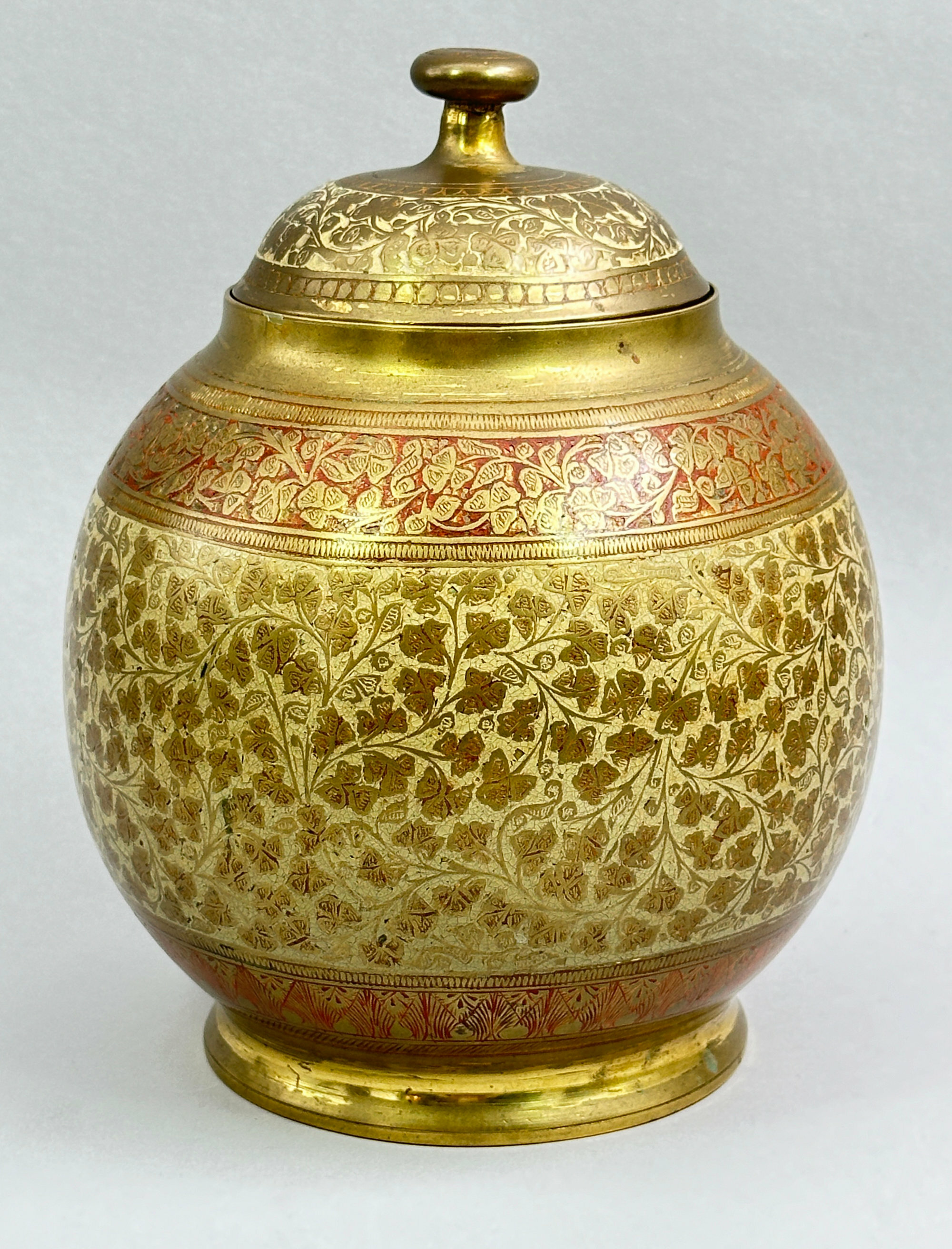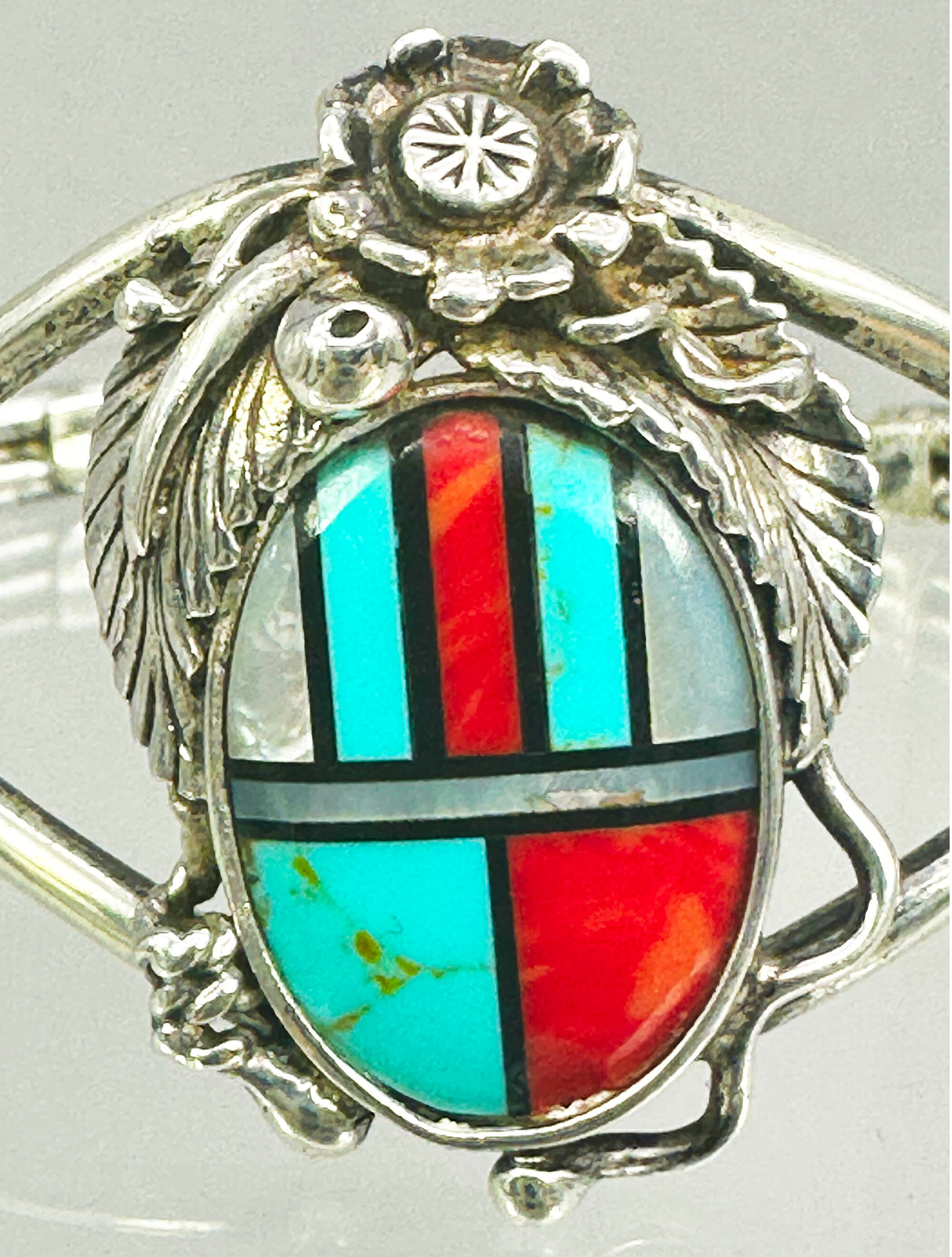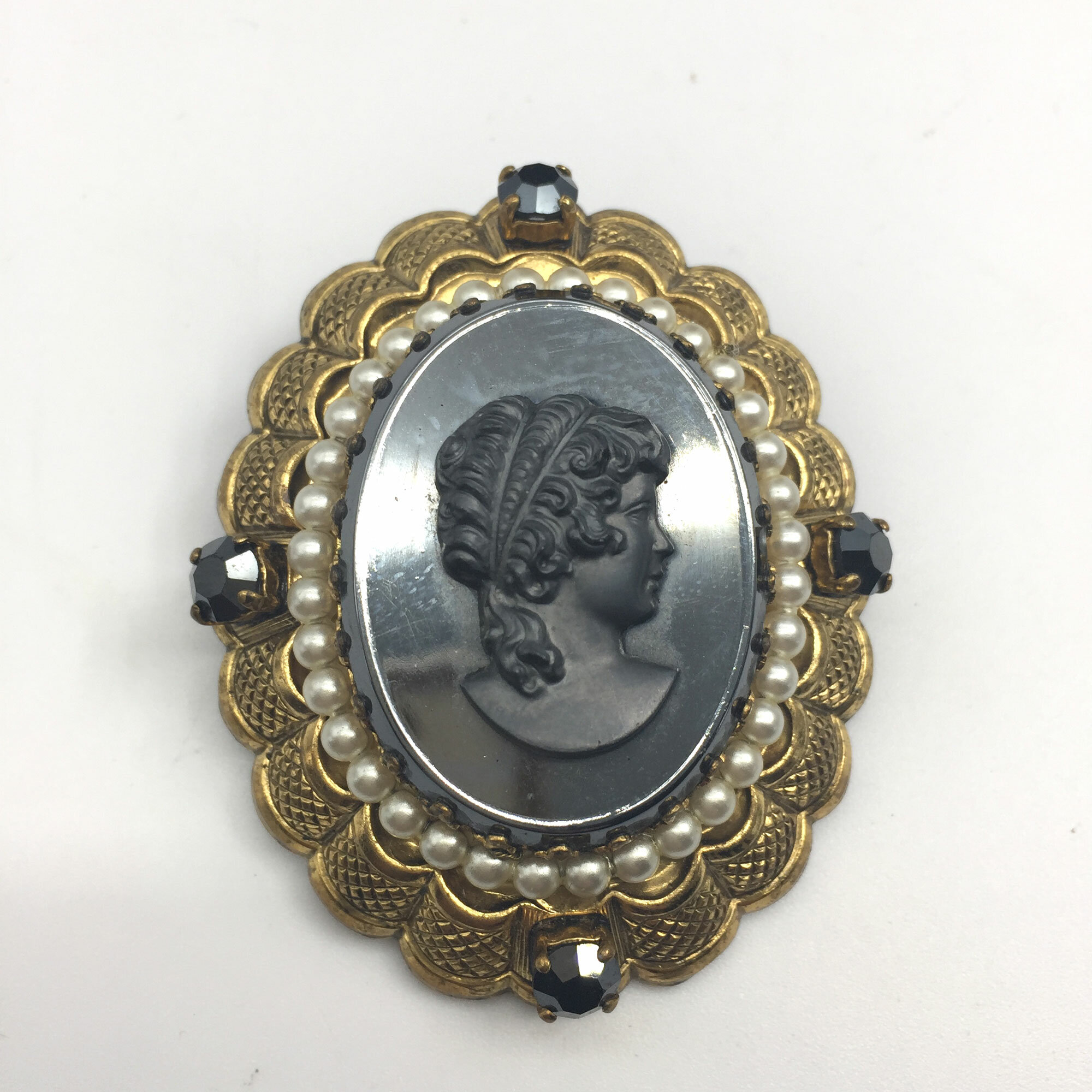
Large costume cameo brooch, marked W. Germany
Price: £15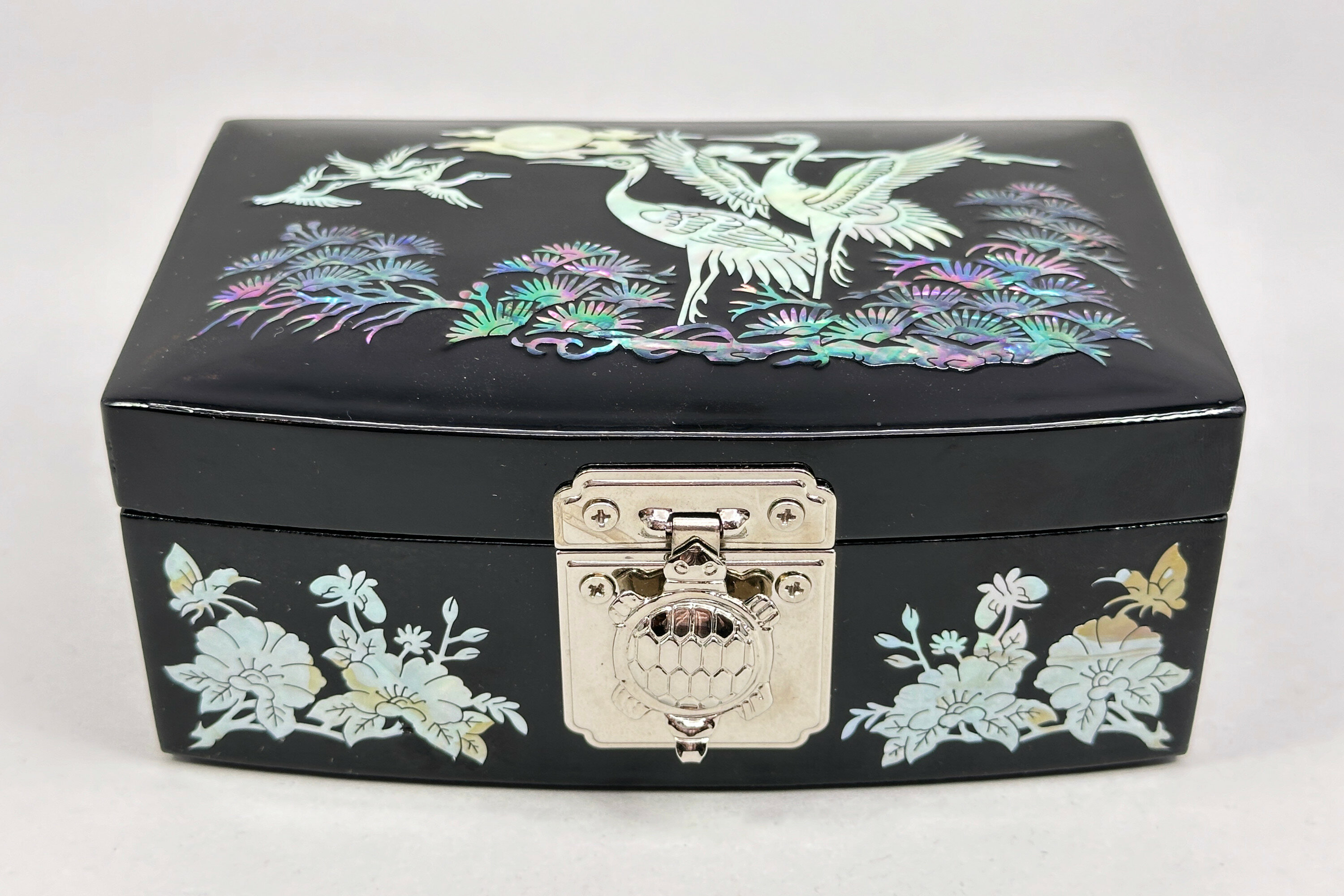
Korean Najeonchilgi lacquerware jewellery Box, C20th
Price: £25
Suite of Art Deco banded carnelian necklace and earrings c1920
Price: £95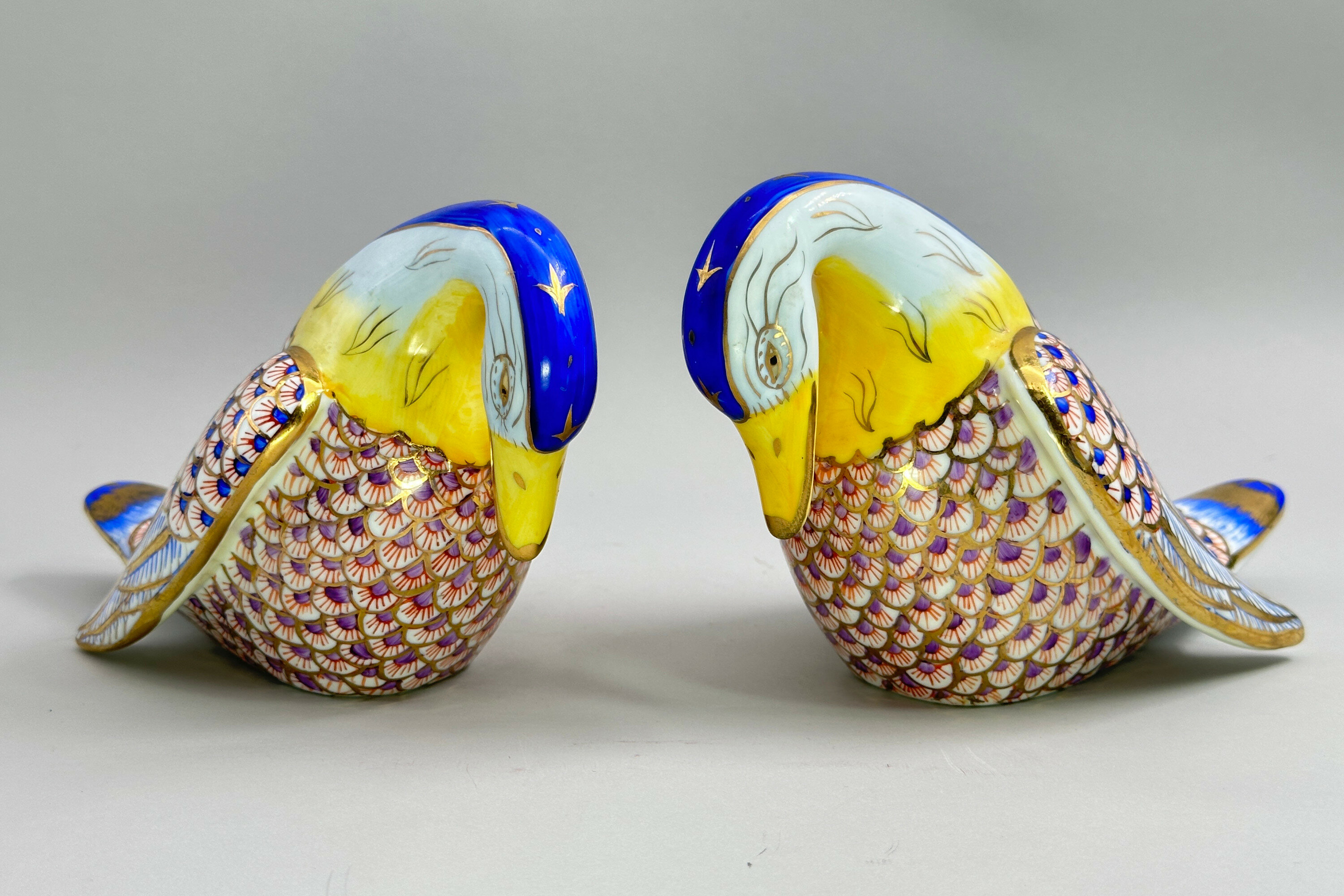
Pair of Ceramic Figures of Swans, probably continental, C20th
Price: £45
Brass and Enamel Campaign Serving Set, Made in British India mark, 1920s
Price: £45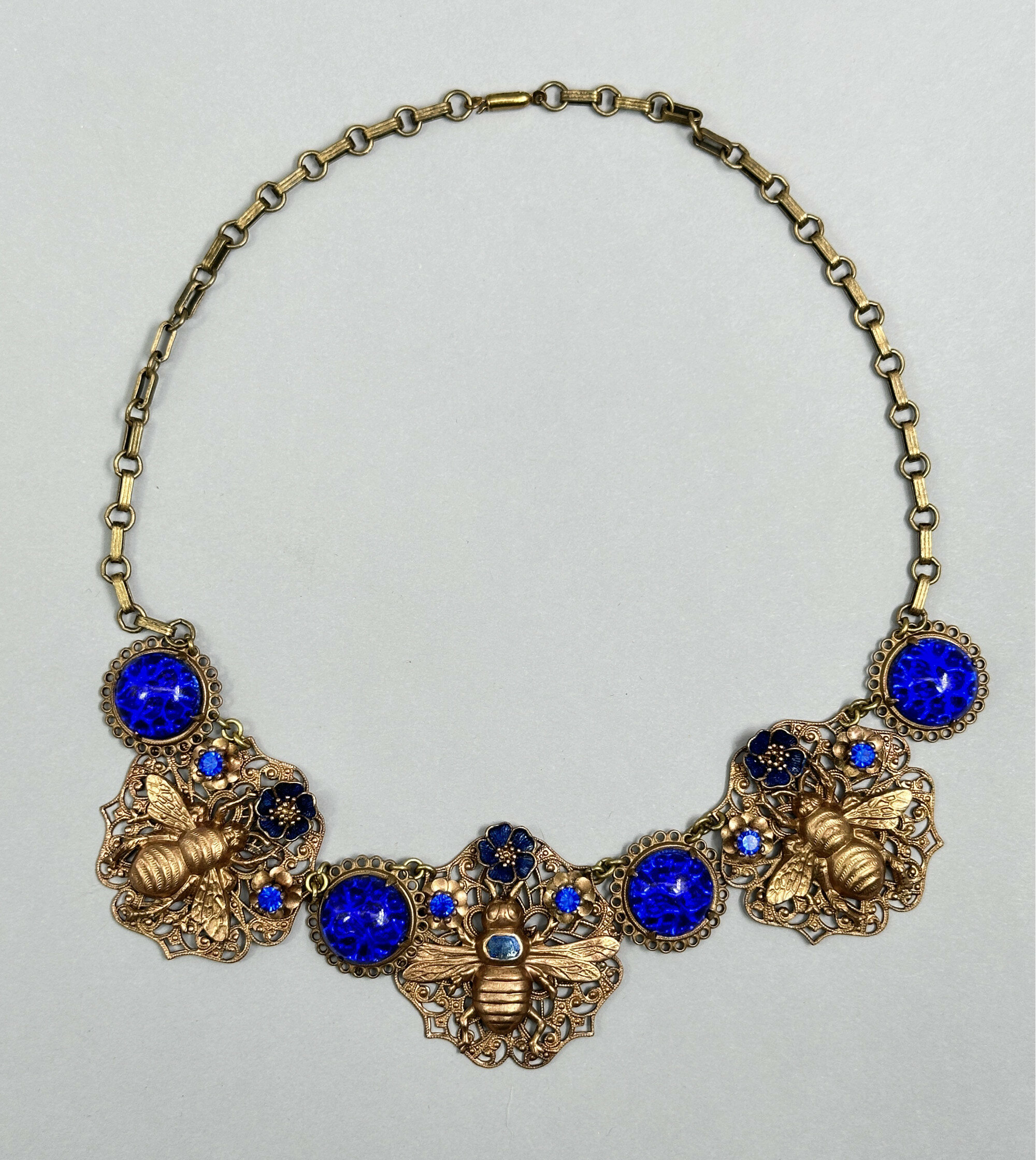
Art Deco bee motif necklace 1930s
Price: £125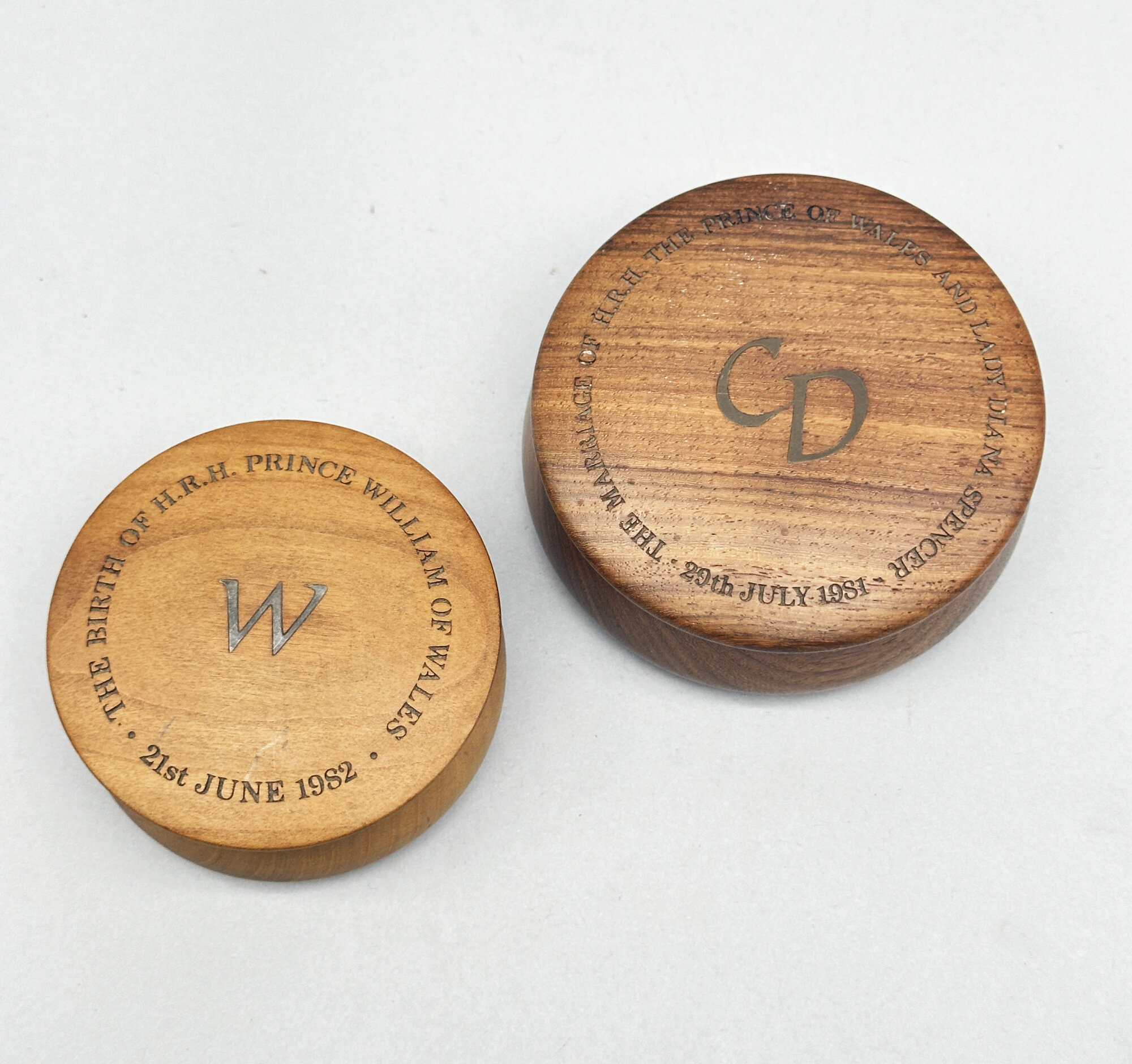
Two Wood Boxes : Marriage of Charles and Diana, Birth of Prince William, late C20th
Price: £15
Striking Art Deco jade necklace
Price: £150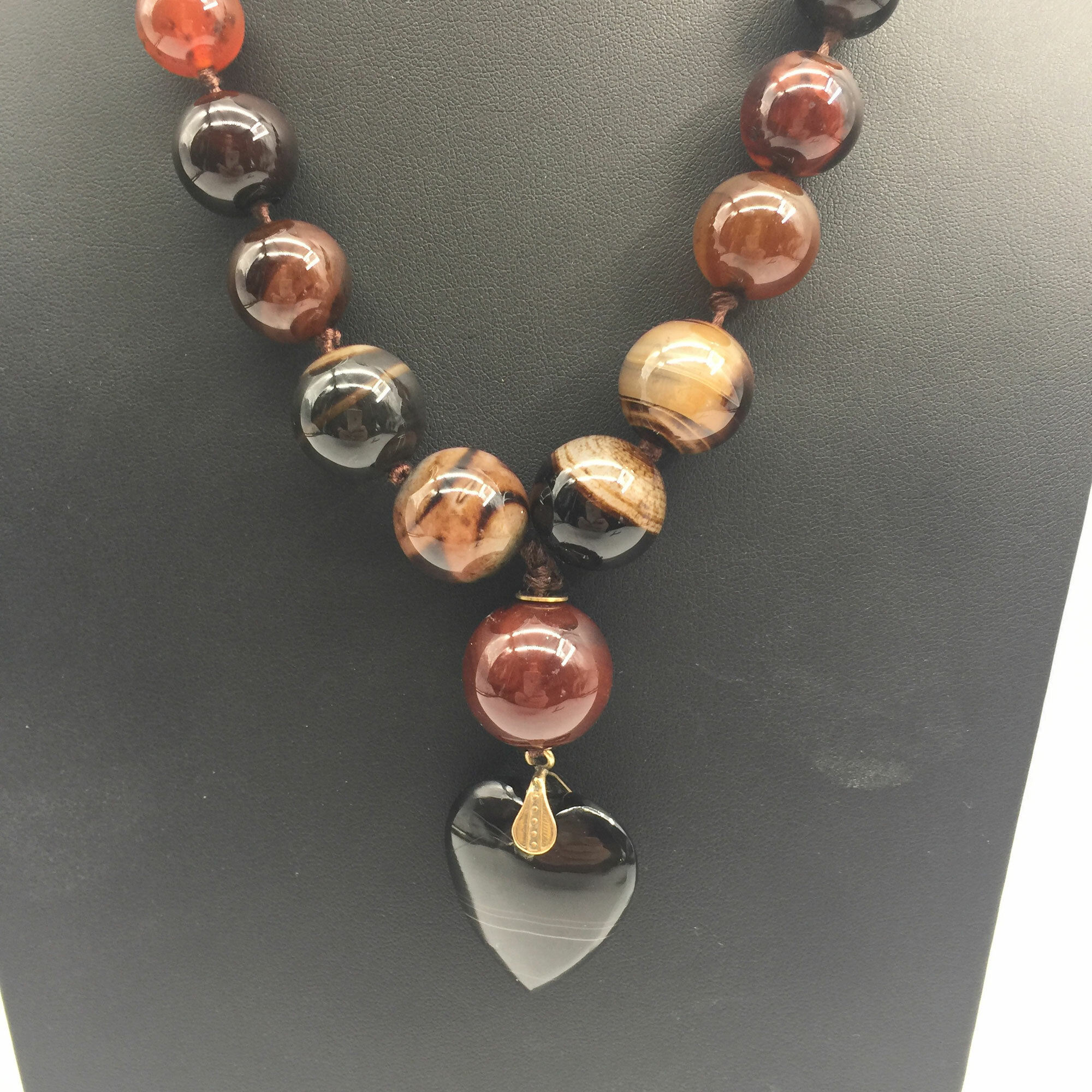
Stunning Victorian Scottish agate necklace
Price: £175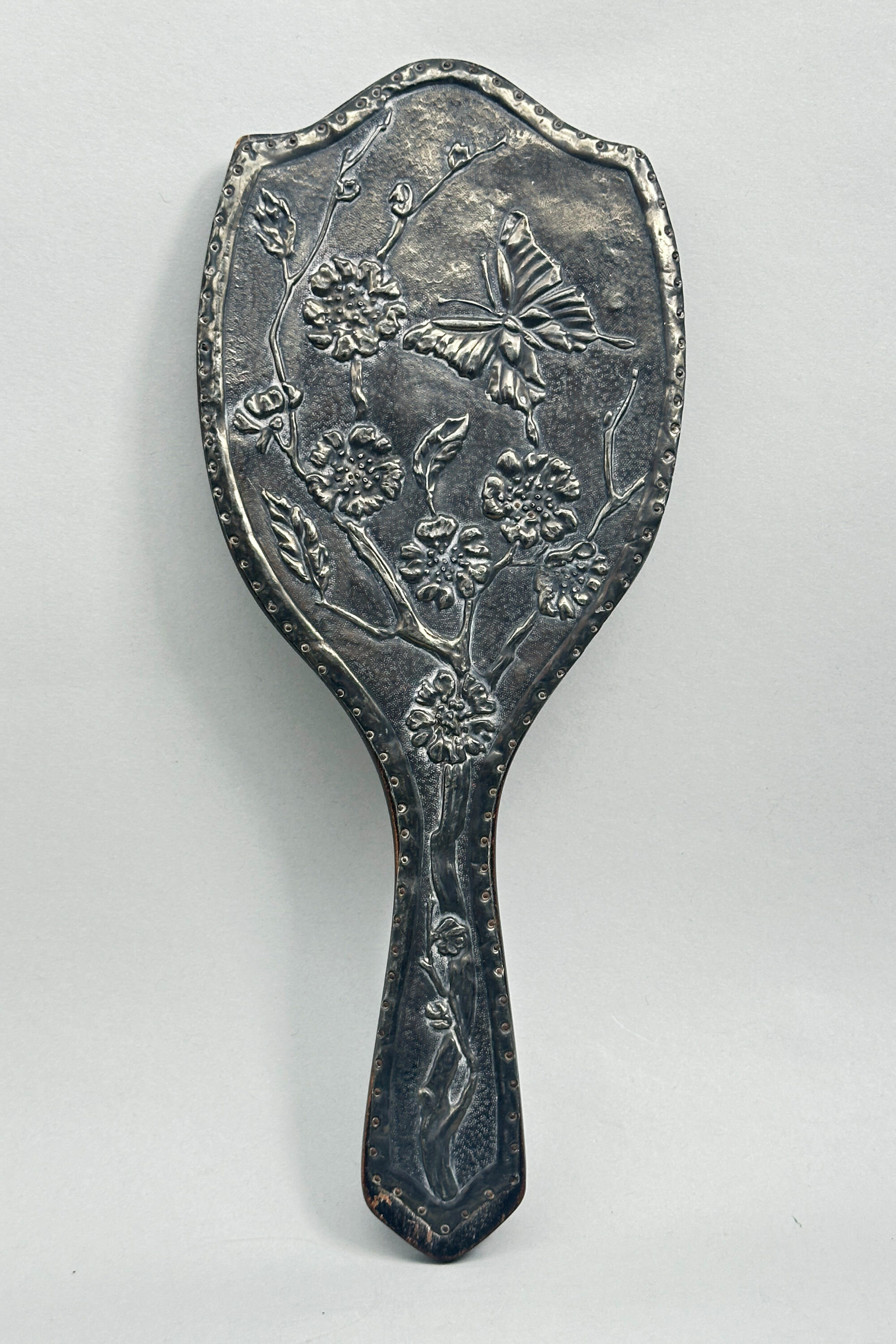
Arts and Crafts Hand Mirror with Repousse Decoration, circa 1900
Price: £55Elements of two contrasting contemporary styles combine here with features from both the Arts and Crafts and the Art Nouveau movement. The hammered pewter with the almost rustic nail head fixings and the red bead reflect the former but the elegant depiction of the lotus and butterfly, with more than a hint of the Orient, reflect the latter. The maker is anonymous but doubtless British and clearly a highly skilled craftsman. Much thought and expertise went into the design of this piece which would be a desirable addition for collectors of either or both of the pieces made under the influence of these two highly popular design movements.

Persian silver bracelet with inset enamel plaques, c1930
Price: £125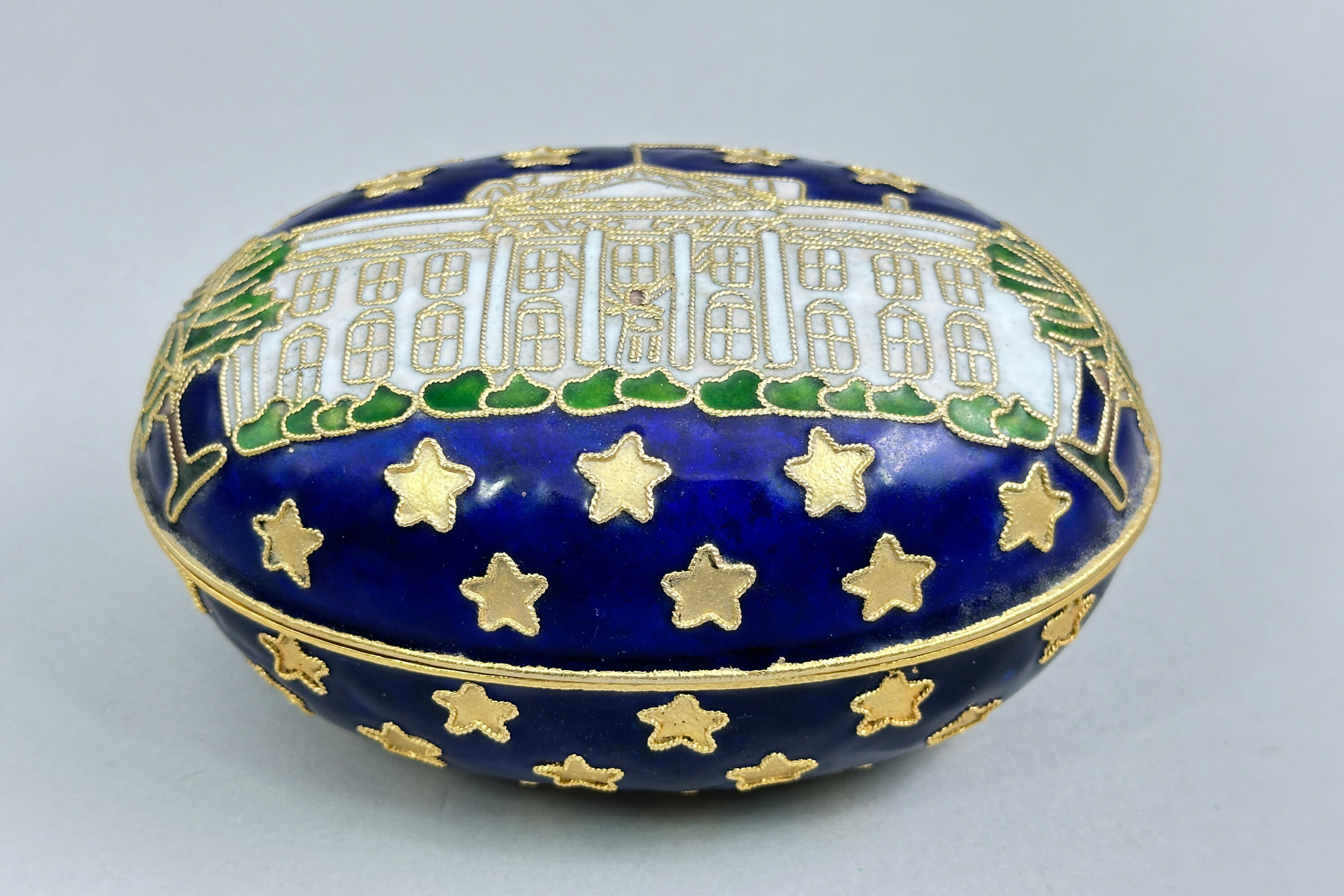
Souvenir White House Enamel Box and Cover
Price: £15
1950s Regency style needlepoint kit bag
Price: £75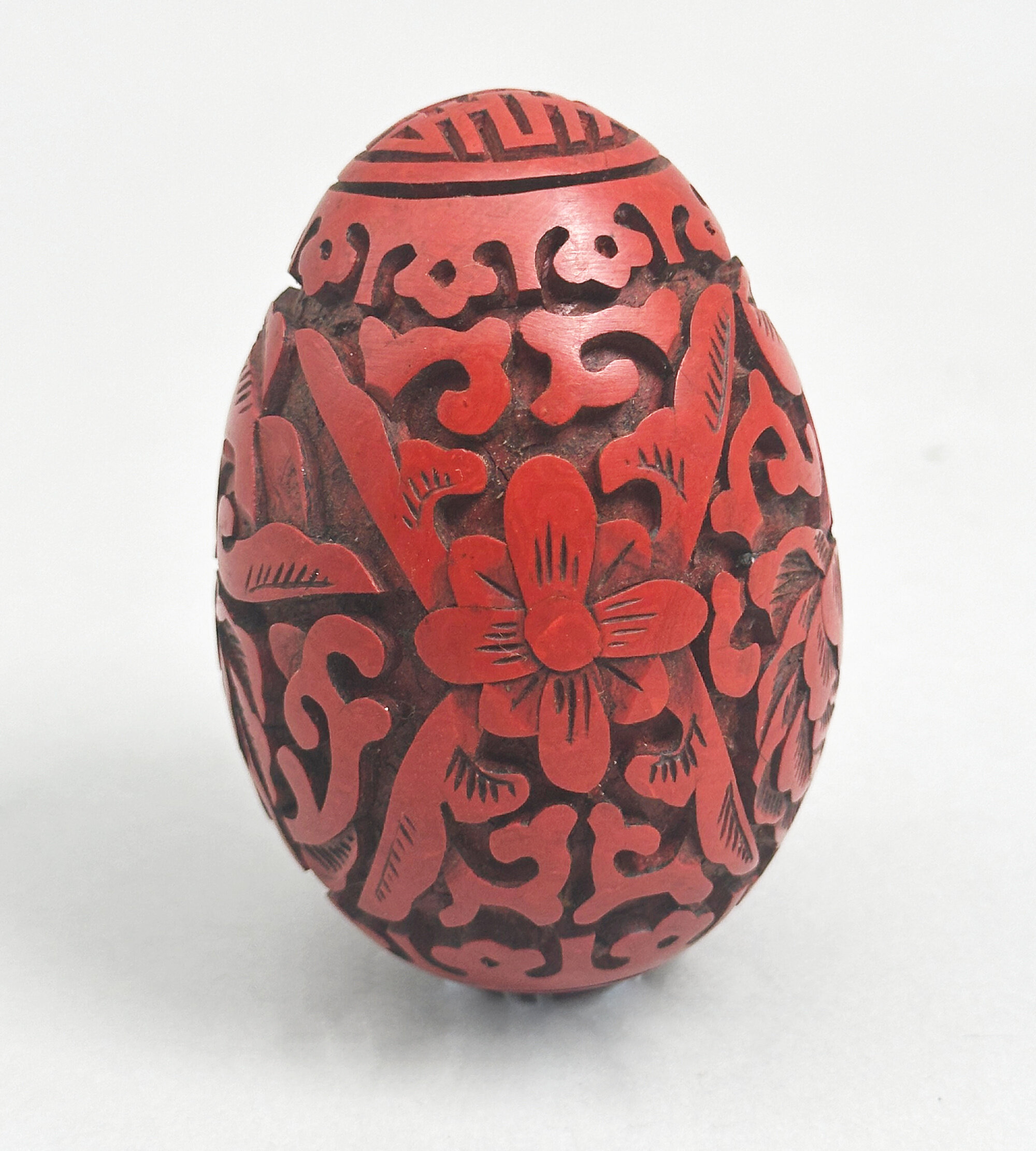
Chinese Cinnabar Lacquer Egg, C20th
Price: £55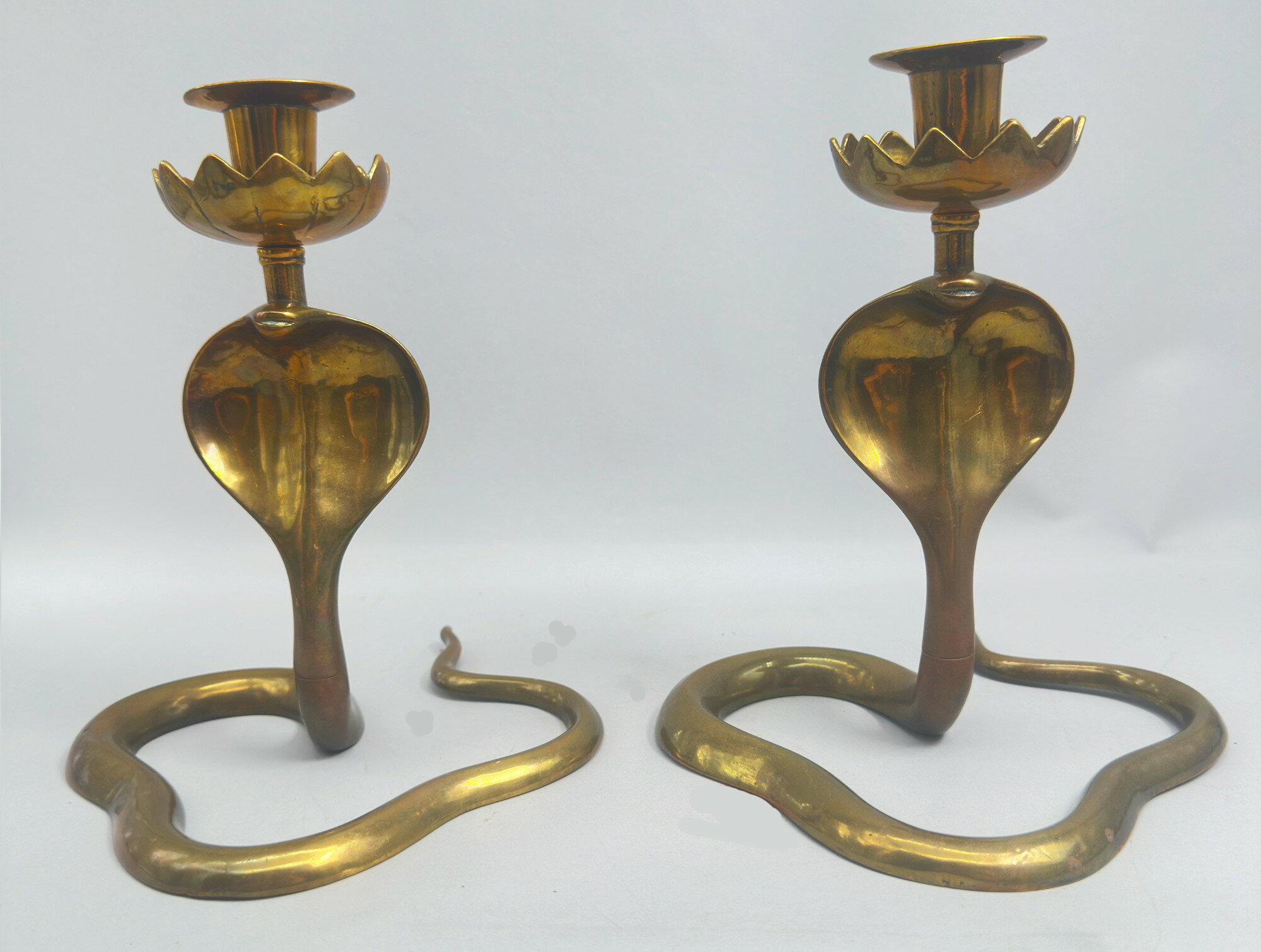
Fine quality pair of Brass Cobra Candlesticks, Indian first half C20th
Price: £95
Large Chinese eglomise scent bottle 1950s
Price: £75
Pair of Japanese red lacquered low stands, Taisho period
Price: £150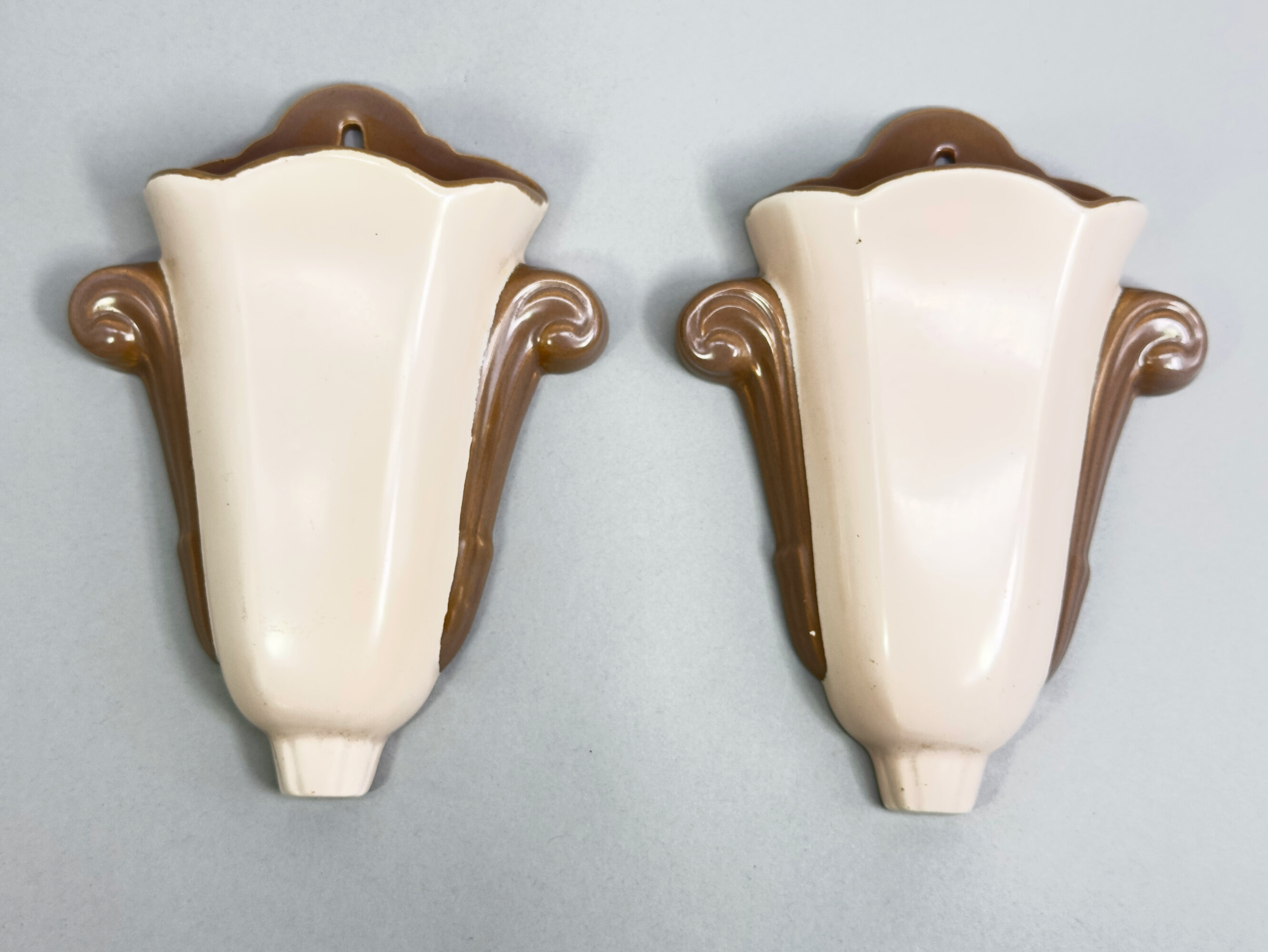
Pair of Art Deco style Wall Pocket Vases, Poole Pottery, mid C20th
Price: £55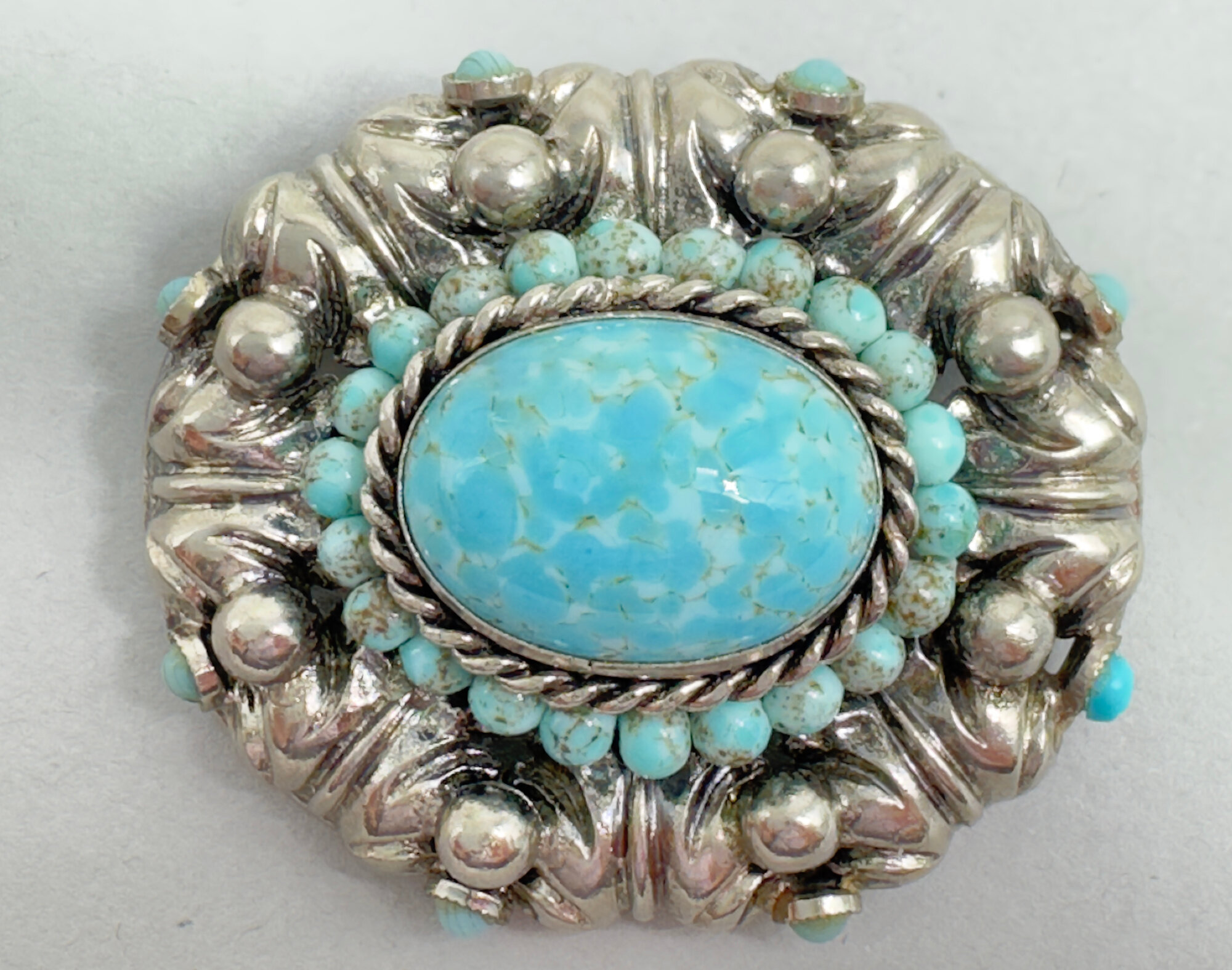
Czech glass faux turquoise brooch c1930
Price: £65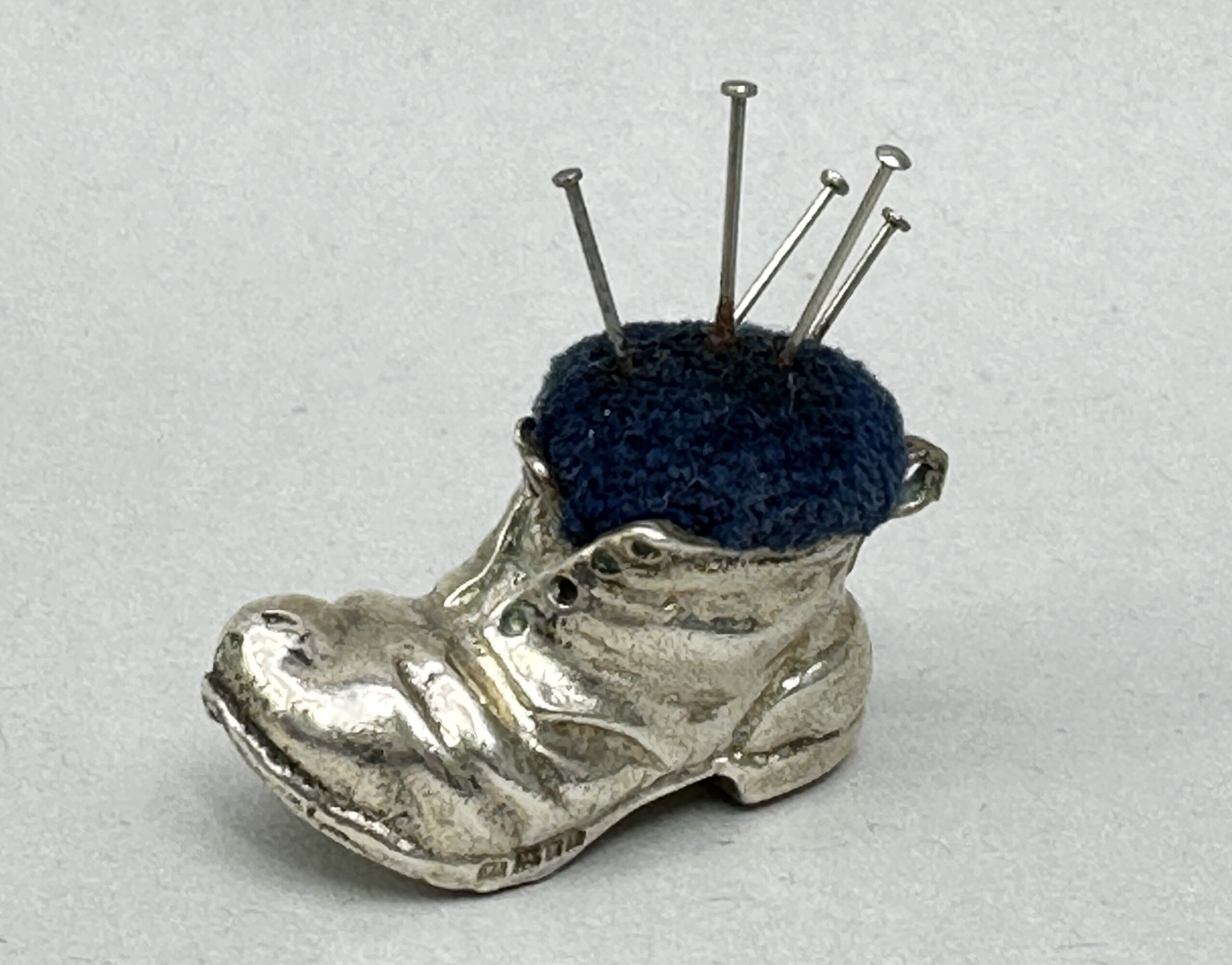
English Silver pin cushion in the form of a boot, London 1991
Price: £75
Chinese Cloisonné Bowl with a wavy edge, 20th Century
Price: £25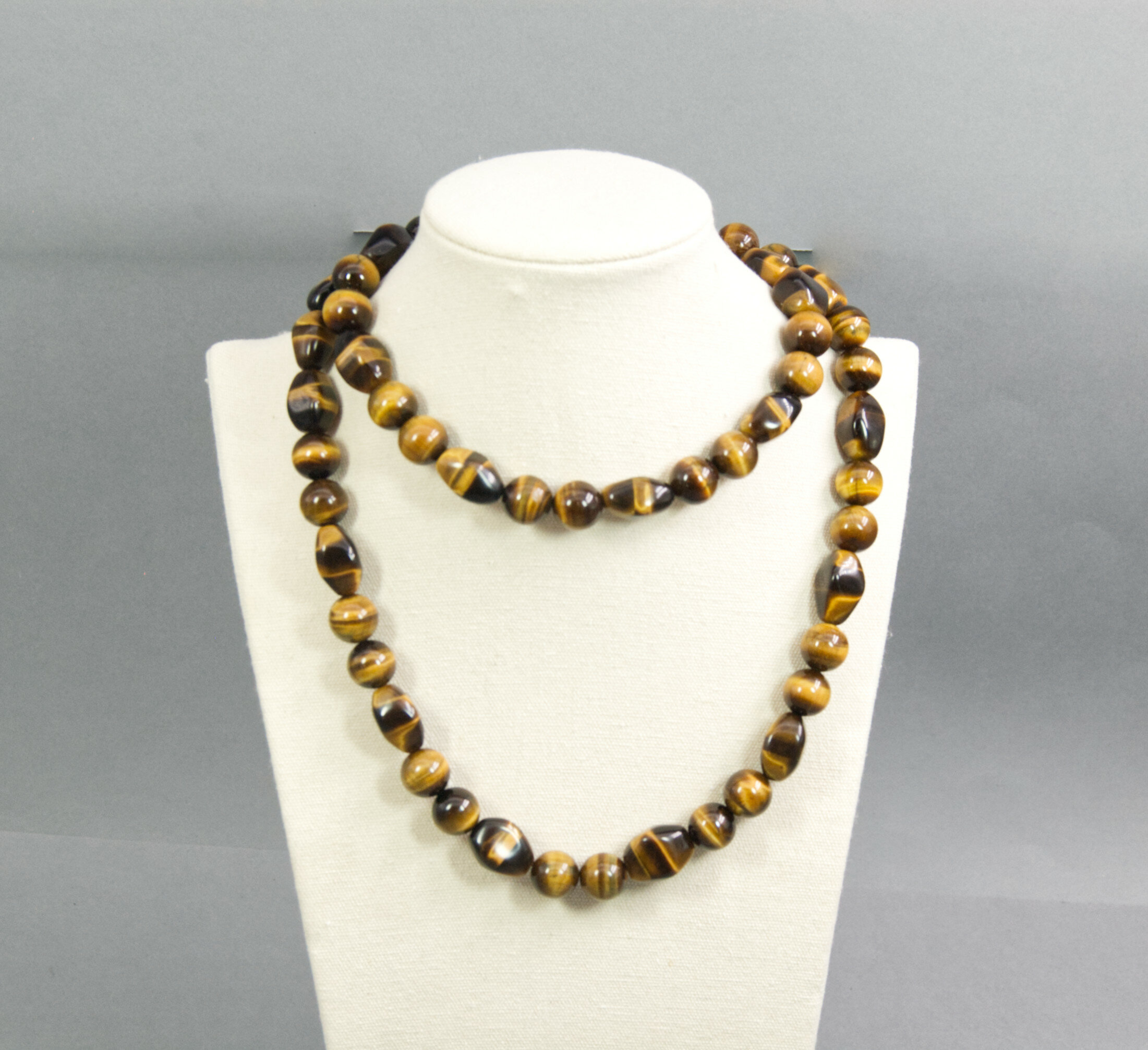
Tigers Eye long necklace 1970s
Price: £25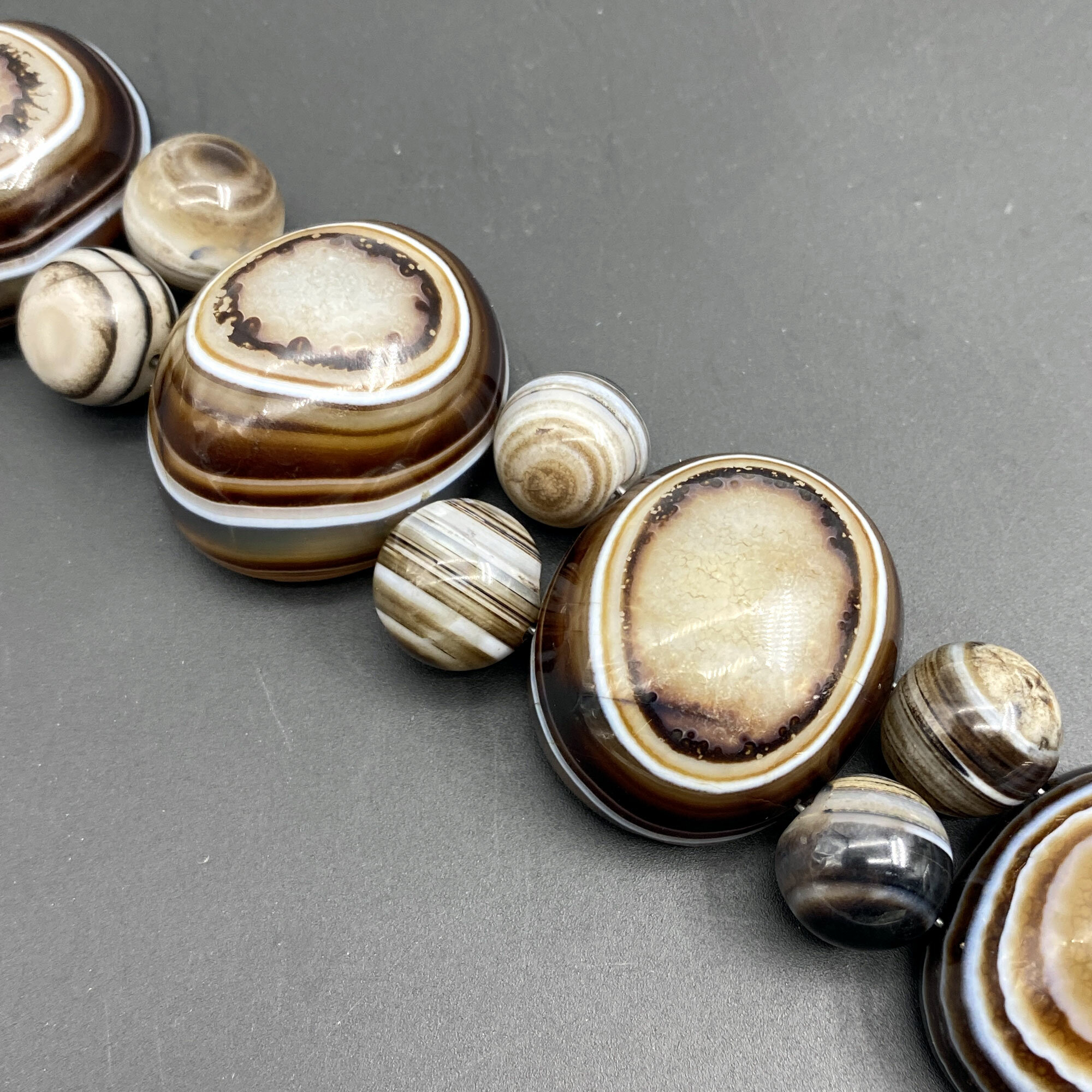
Rare Cairngorm Scottish agate bracelet
Price: £150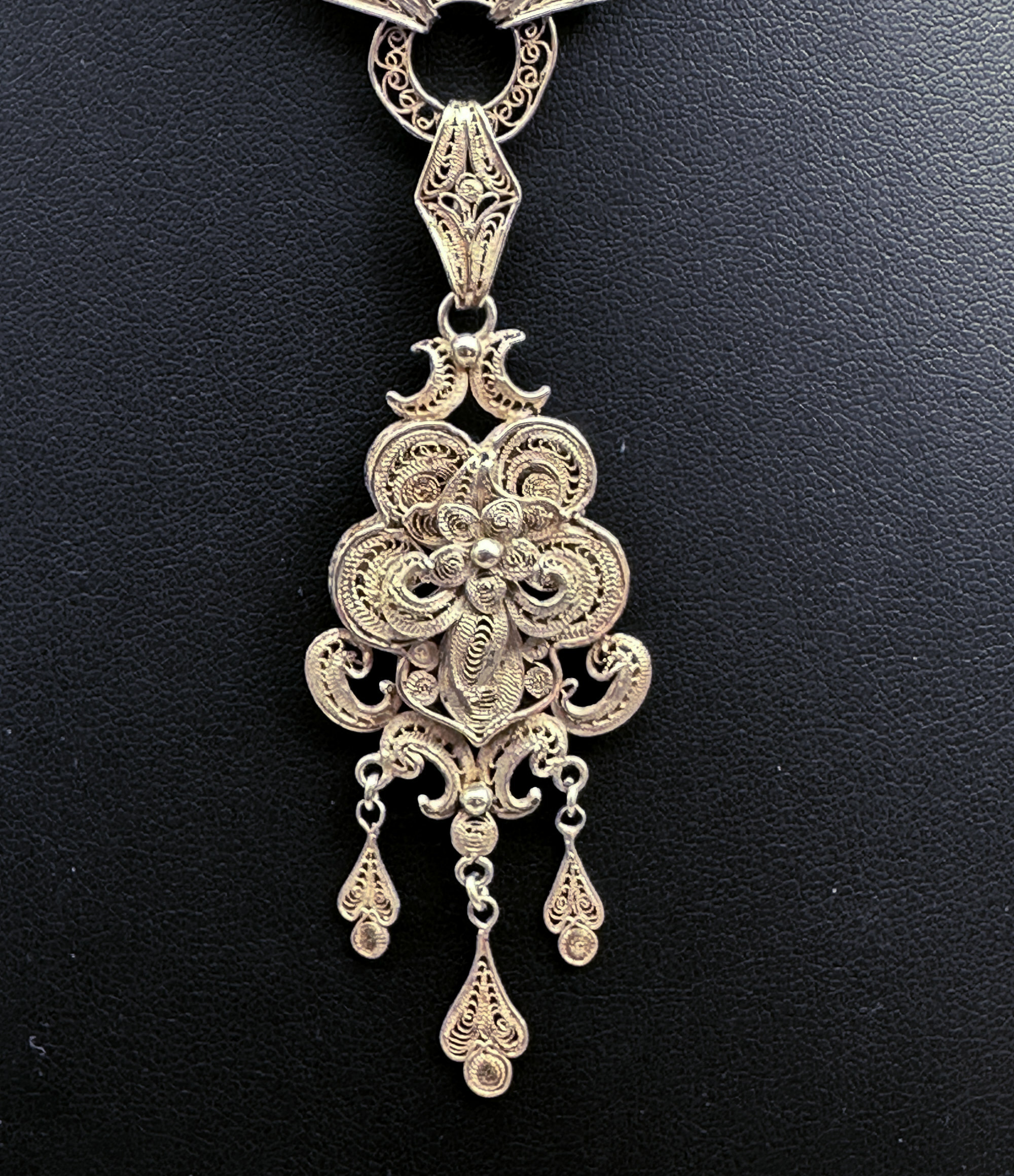
Stunning Victorian filigree necklace with concealed mourning keepsake locket
Price: £125
Vintage black crocodile Handbag, Italian, 1980s
Price: £150
Danish silver floral brooch, Max Standager c1960
Price: £55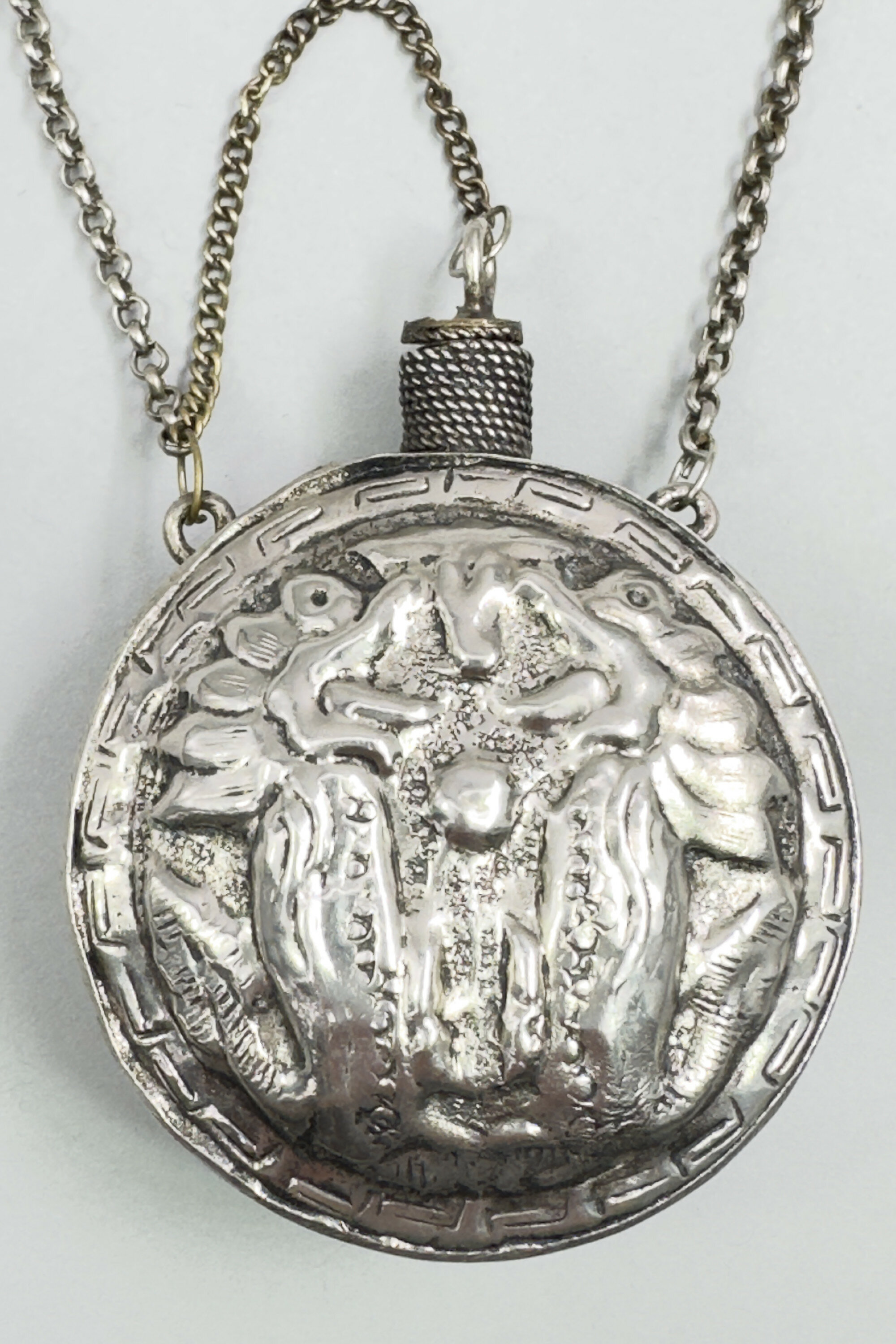
Burmese silver plated Scent Bottle on a chain c1880
Price: £45
Vintage Carved wood figure of a seated Man, Bali, Indonesia, second half C20th
Price: £75
Pair of West German Scheurich Pottery ‘Wien’ Vases, model 269-18, mid 20th Century
Price: £45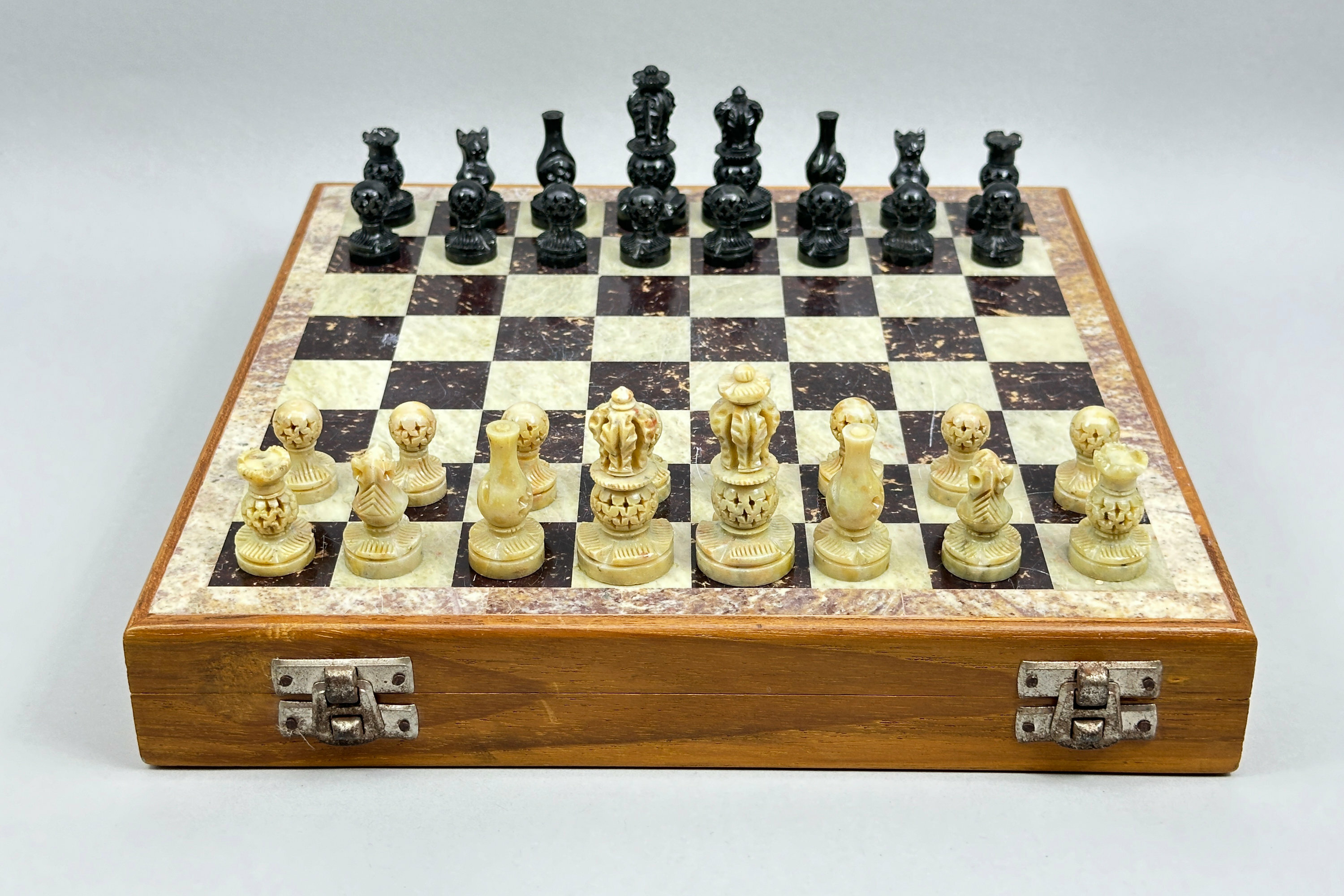
Art Deco onyx Chess Set with board and fitted box, 1930s
Price: £110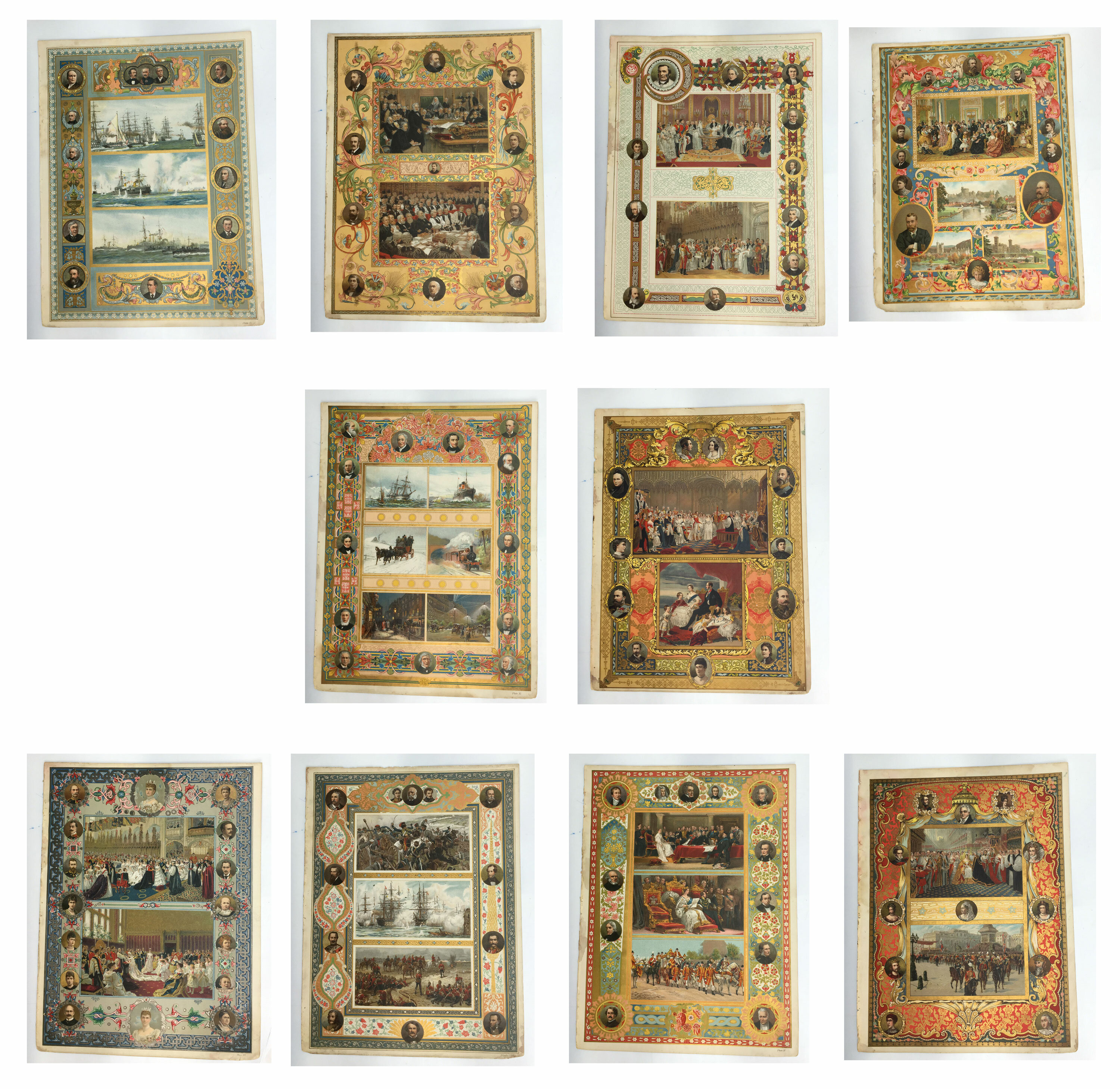
10 Chromolithographs from Illustrated London News publication celebrating Queen Victoria’s Diamond Jubilee 1897
Price: £85Print 1: This print depicts the weddings of Queen Victoria and Prince Albert and on the bottom depicts the marriage of Mary of Teck to the then Duke of York. The portraits surrounding these images are of the two brides and other royal family members. (numbered Plate 17)
Print 2: This print depicts the development in the modes of transportation during her reign. Clipper ship to steamer, carriage to train, walking and carriages to bicycles and automobiles. The portraits will be the inventors and visionaries of these developments. (numbered Plate XI)
Print 3: This print depicts the House of Commons with Prime Minister Salisbury and the House of Lords. The surrounding portraits are politicians of the day. The bottom centre is of Gladstone. (numbered Plate A)
Print 4: This print depicts the development of the Royal Navy during her reign. it starts with tall mast sailing ships (1836 fleet) and proceeds to steam ships (1853 fleet) and then finally to the most modern ships and even submarines (1897 fleet). The portraits are a bit random - but probably are naval officers and Royal family members. (numbered Plate IX)
Print 5: This print depicts three important battles during her reign. The portraits depict military officers and other influencers during these wars. (numbered Plate VIII)The portraits depict military officers and other influencers during these wars. (numbered Plate VIII)
Print 6: This print depicts the christenings of Victoria's first two children, Victoria Adelaide Mary Louise, Princess Royal and Albert Edward, Prince of Wales. The large portrait on the upper left is the Arch Bishop of Canterbury. (numbered Plate V)
Print 7: This print depicts the Queen's marriage to Prince Albert and the image below is a well known family portrait. The portraits are members of the Royal Family such as parents and possibly siblings. (numbered Plate IV)
Print 8: This print depicts Victoria's accession council, the opening of parliament and a royal procession. The portraits are very difficult to pinpoint but they would be politicians and influencers of the day. (numbered Plate III)
Print 9: This print depicts Queen Victoria's coronation in 1838. The top image is the ceremony followed by the procession with Buckingham Palace in the background. The portraits depict monarchs that came before here. Edward the IV is the large central top portrait. (numbered Plate II)
Print 10: This print depicts a later family portrait and three of her residences, Windsor, Balmoral and Osborne. The larger portraits are Edward Prince of Wales, George Duke of York and probably Prince Edward Albert.
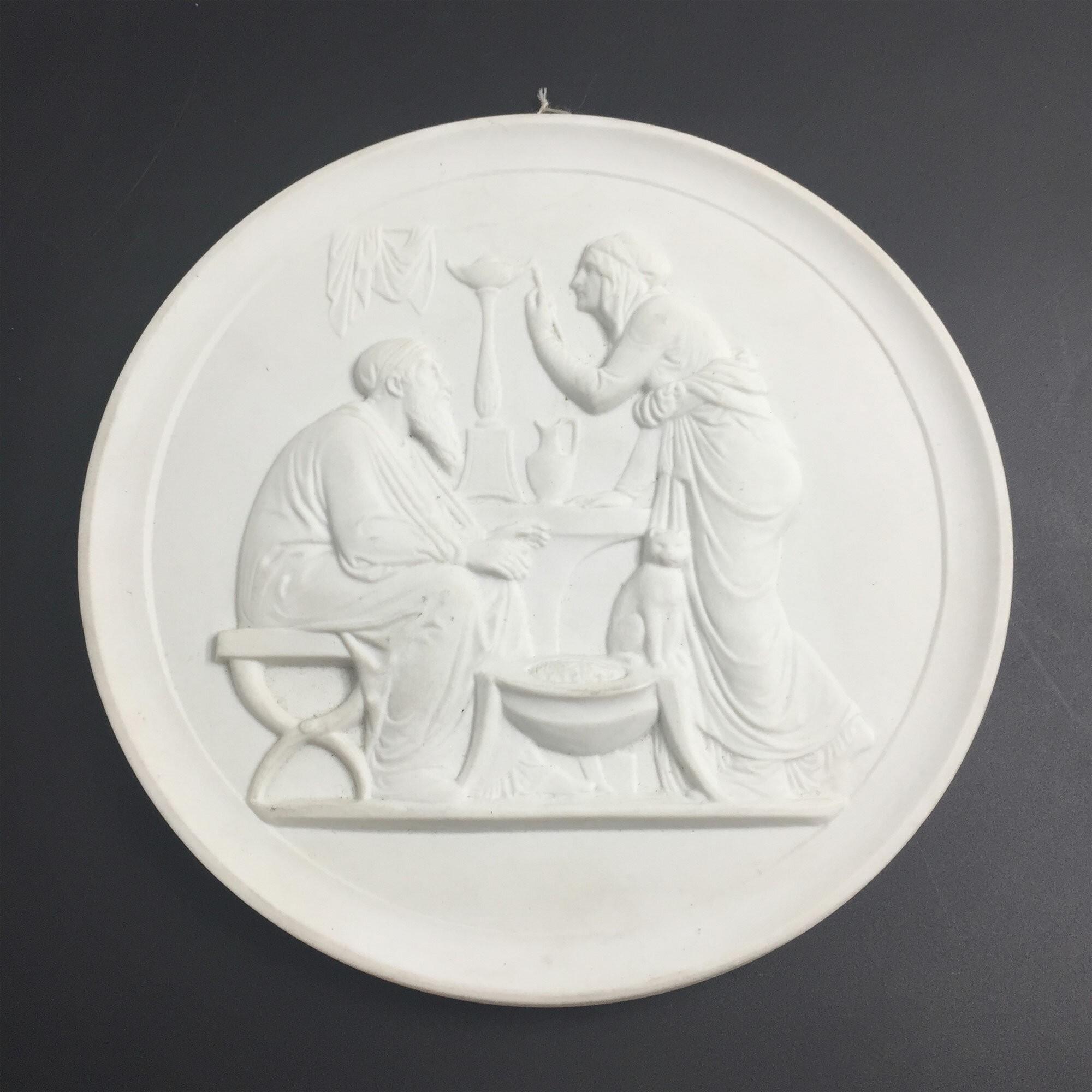
Pair of bisque relief plaques by artist Bertel Thorvaldsen. Royal Copenhagen 1969 - 74
Price: £40Bertel Thorvaldsen (born Nov. 19, 1770, or Nov. 13, 1768, Copenhagen, Den.—died March 24, 1844, Copenhagen), sculptor, prominent in the Neoclassical period, who was the first internationally acclaimed Danish artist. Prominent in Roman intellectual and artistic circles, he influenced many emerging artists from Europe and the United States. Most of Thorvaldsen’s most characteristic sculptures are reinterpretations of the figures or themes of classical antiquity. The Alexander frieze of 1812 in the Palazzo del Quirinale, Rome, modeled in only three months in anticipation of a visit by Napoleon, is an example of the feverish energy with which he could at times work. Religious sculptures include the colossal series of statues of Christ and the Twelve Apostles (1821–27) in the Vor Frue Kirke in Copenhagen. He also made numerous portrait busts of distinguished contemporaries.
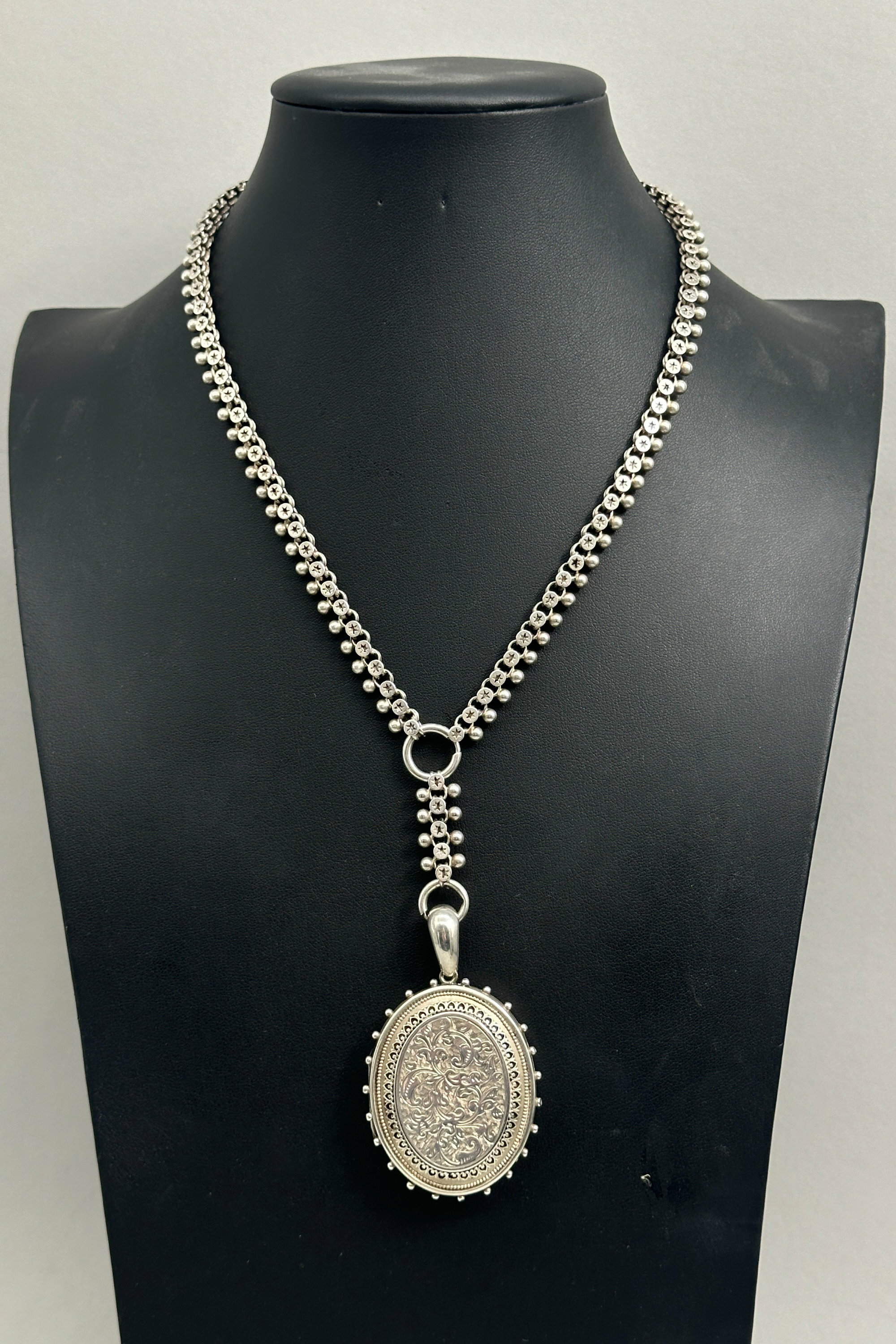
Victorian book chain with locket c1900
Price: £350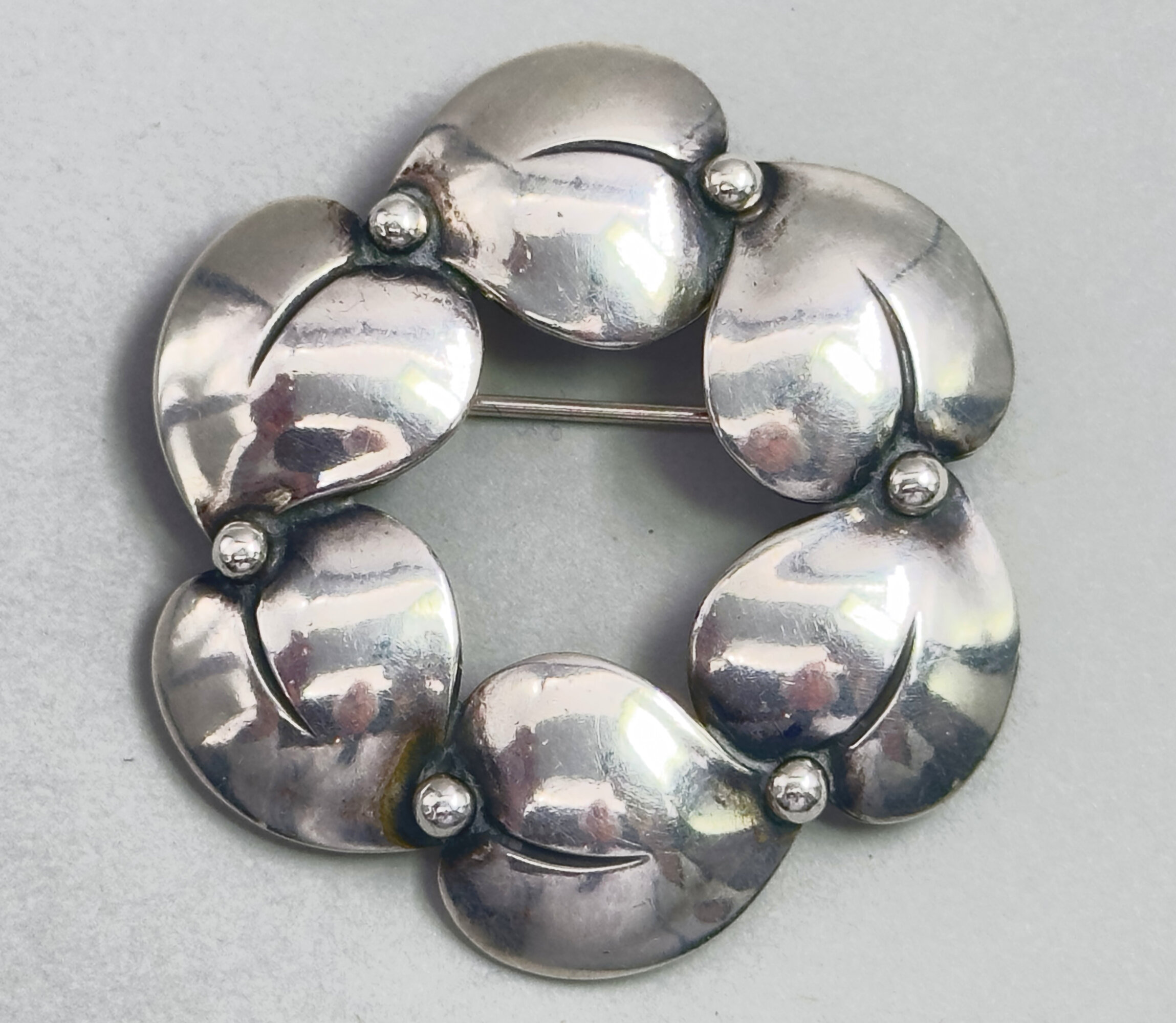
Danish silver brooch, Niels Erik From, marked, c1960
Price: £55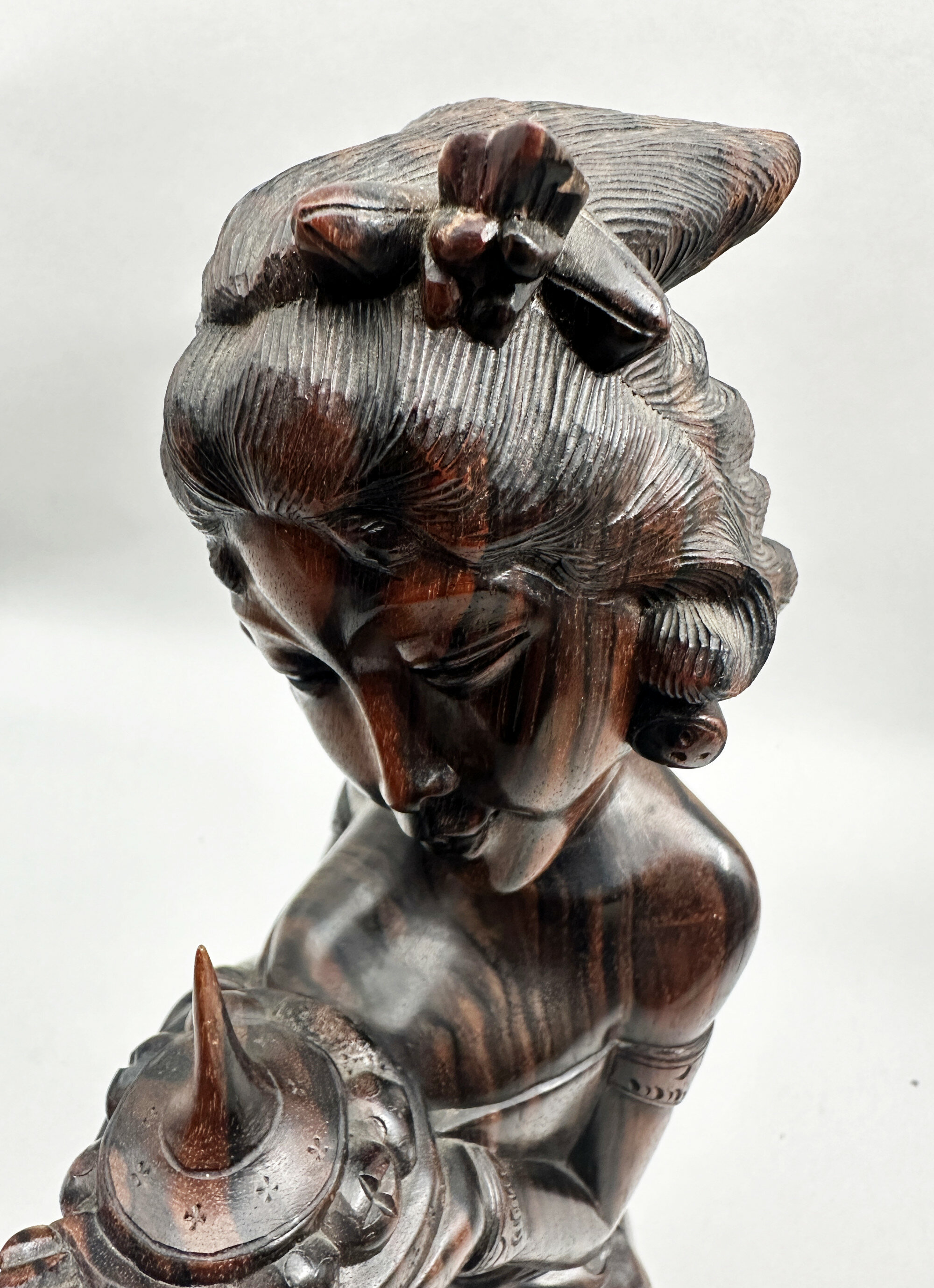
Vintage Carved wood figure of a Lady, Bali, Indonesia, second half C20th
Price: £45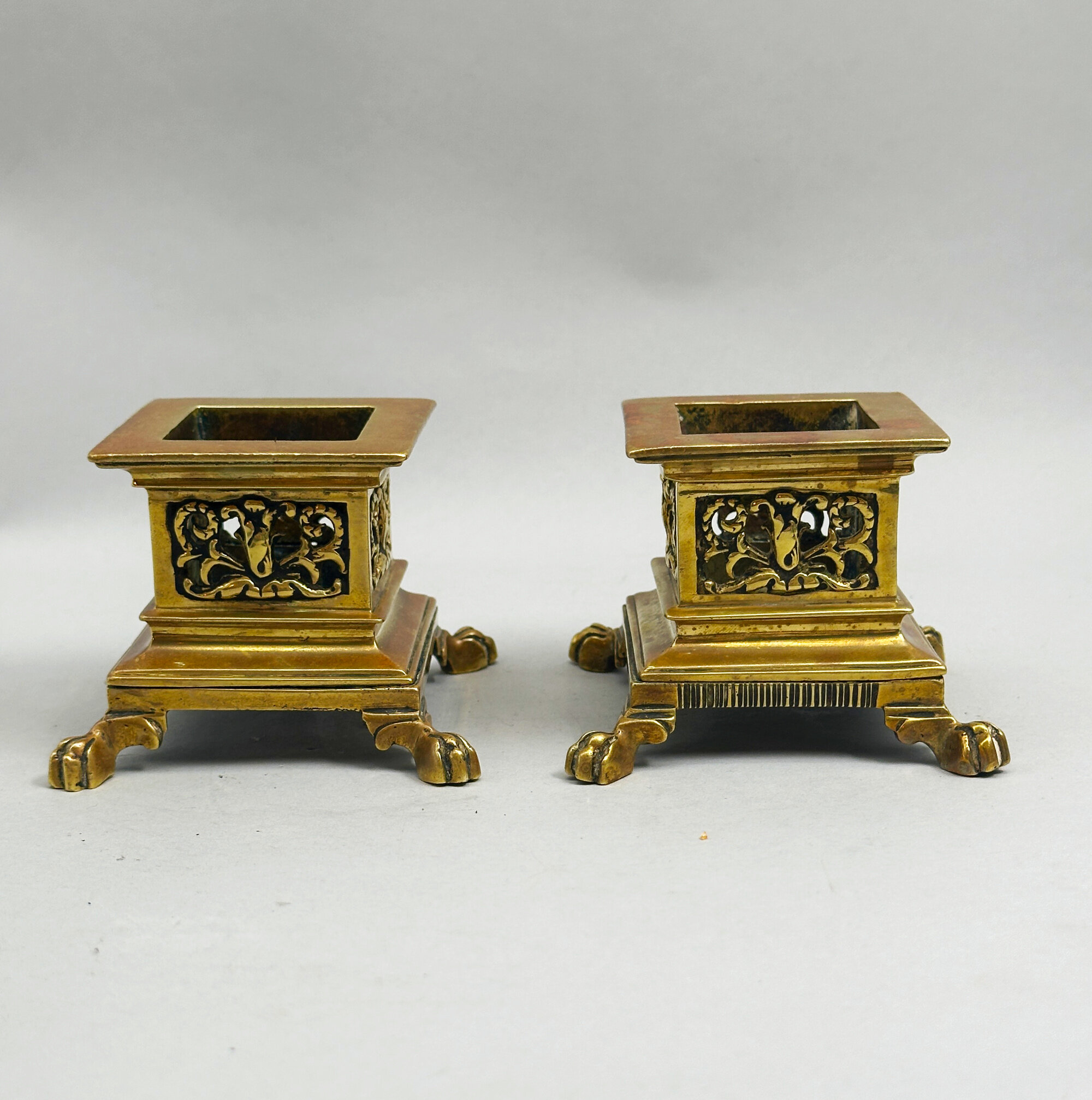
Pair of Georgian Style Square Gilt Bronze Table Salts, English C19th
Price: £45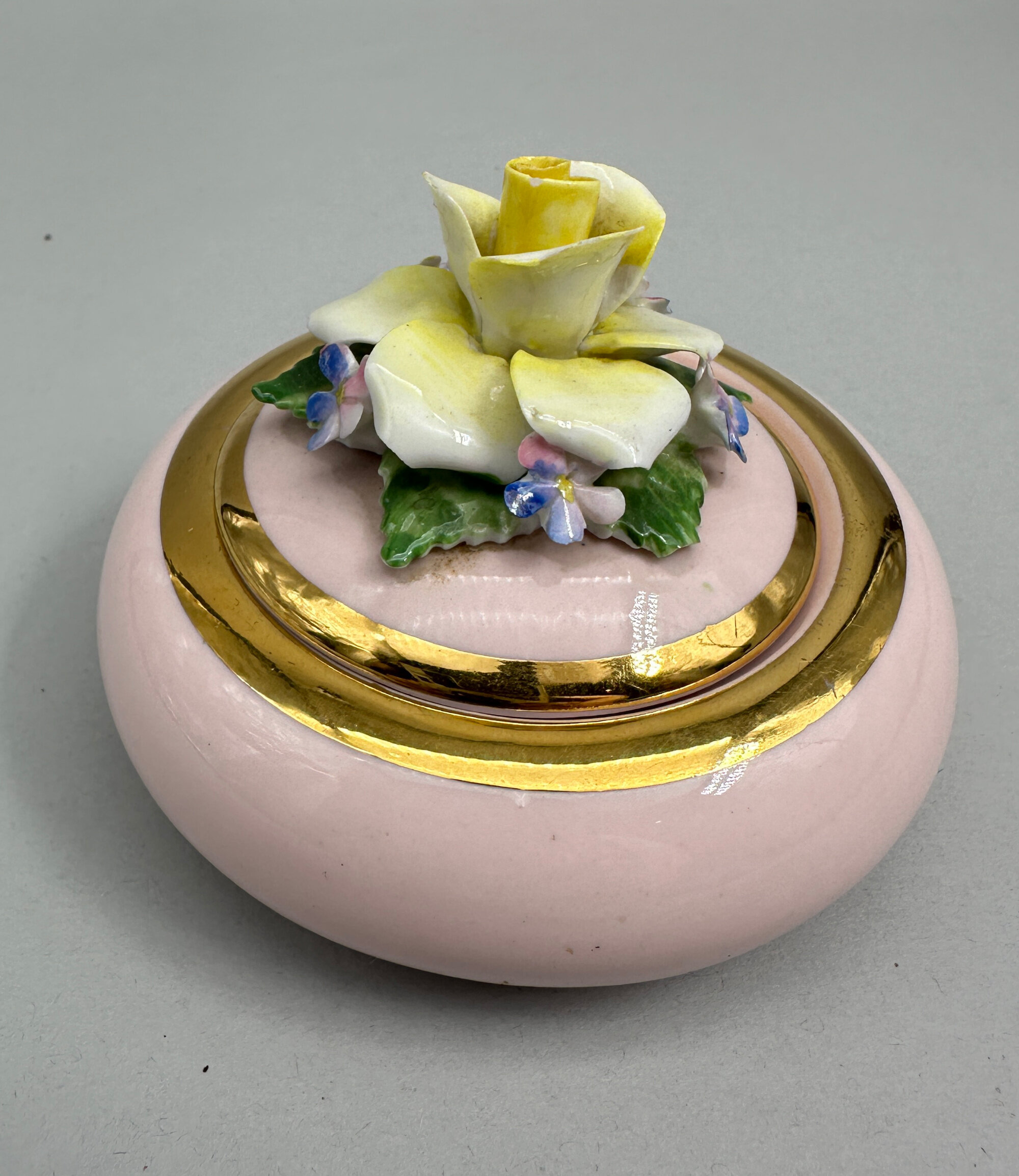
Pink porcelain powder box, Radnor Bone China, English Staffordshire, 1950s
Price: £15Radnor was the trade name used by Hall Bros (Longton) Ltd. Hall Brothers was a China manufacturer based at the Radnor Works, Longton, Stoke-on-Trent, England which traded from 1947 until its liquidation in 1972. It produced figures, birds, toby jugs and floral ware, mainly small porcelain boxes which were distinguished by their decoration of finely modelled flowers (see image XX for an advert from the 1960s). This box is a typical example and survives in excellent condition with just a very small amount of near inevitable damage to the petals.
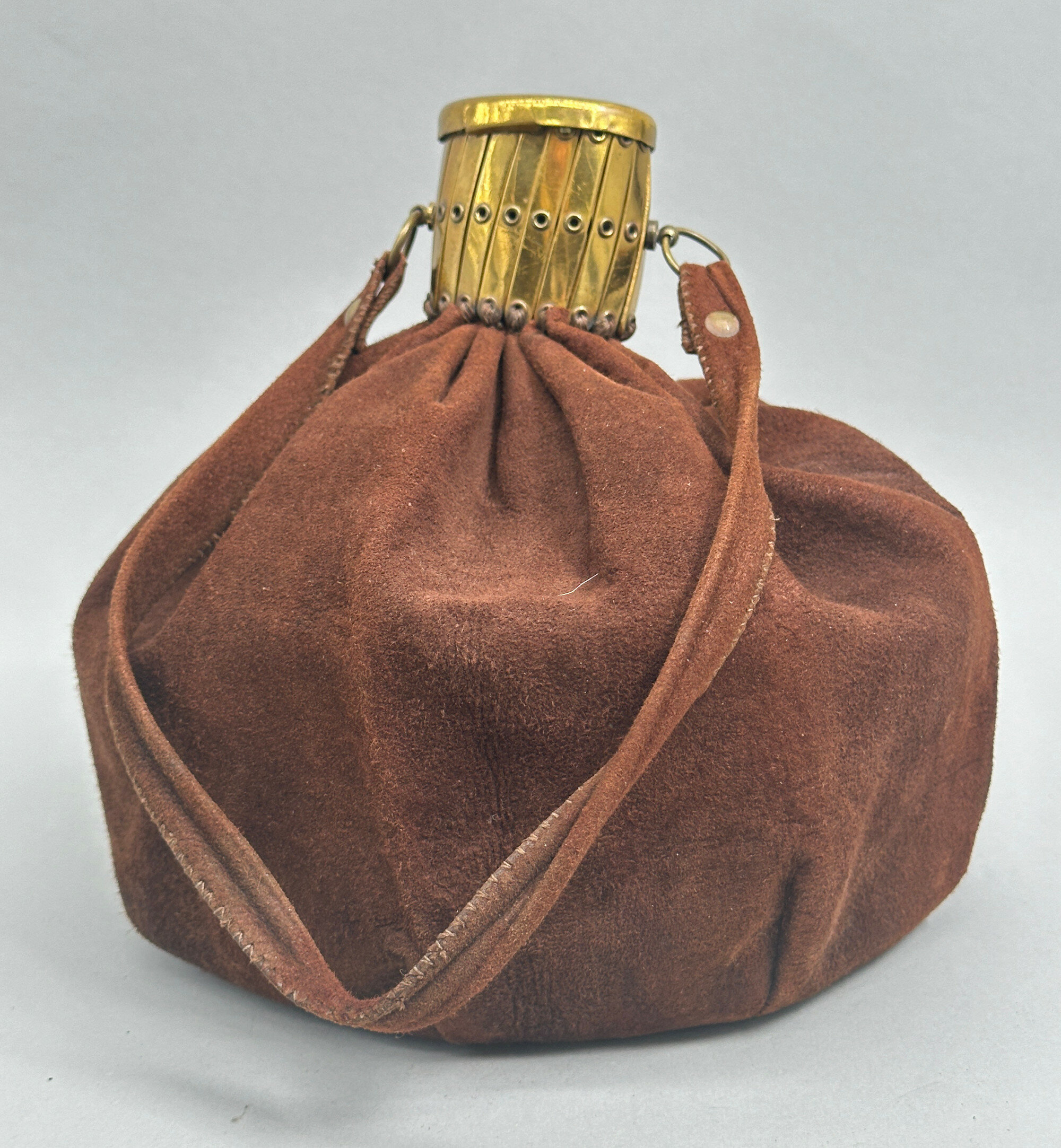
Large suede pouch bag with concertina opening c1930
Price: £65
Very fine pair of vintage Chinese painted eggs in a pentagonal glass case
Price: £25
Lot of 2 vintage Chinese miniature cork groups
Price: £25
Indian silver onyx and carnelian pendant necklace/brooch, 2006
Price: £125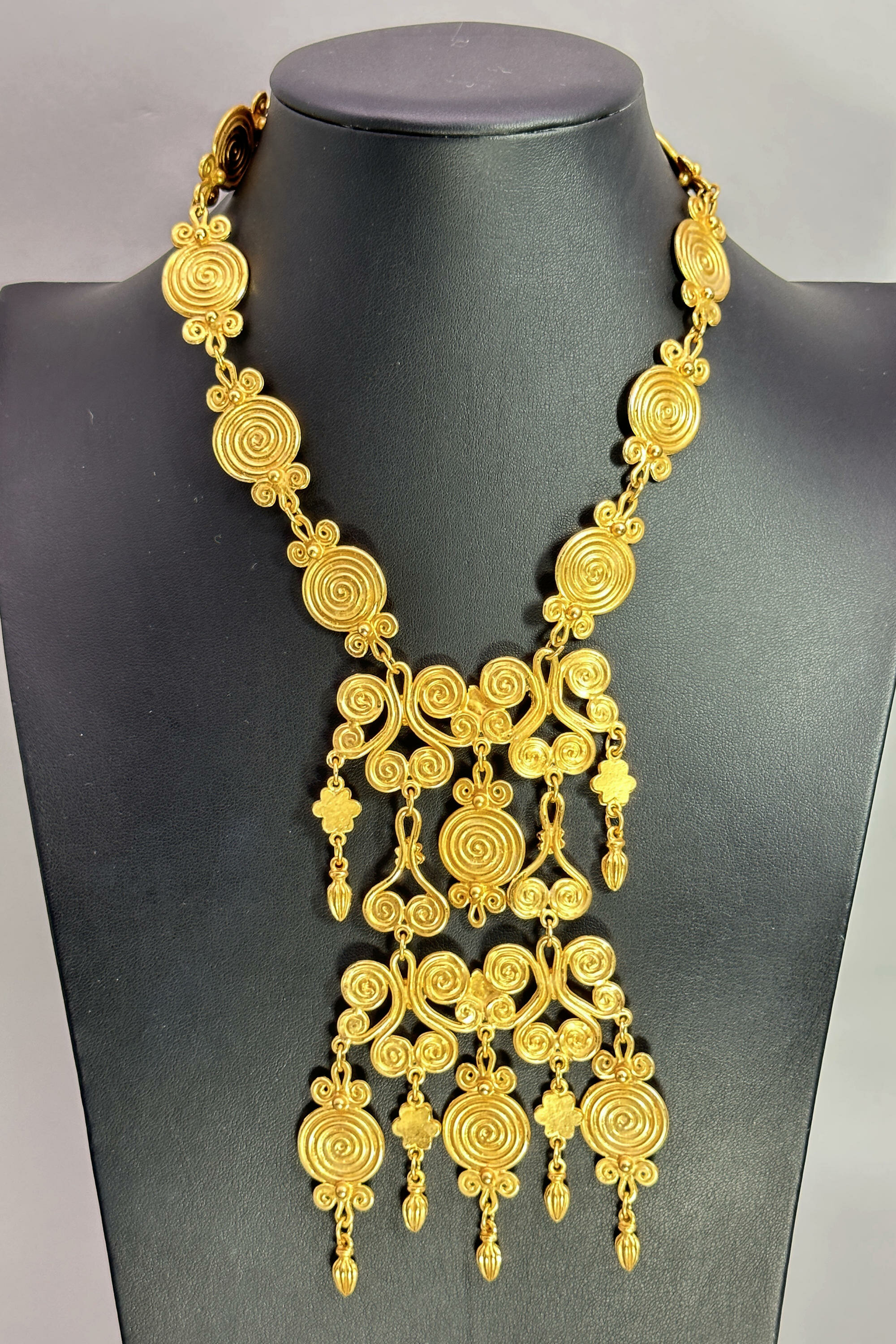
Statement necklace in the manner of Lalaounis c1990
Price: £75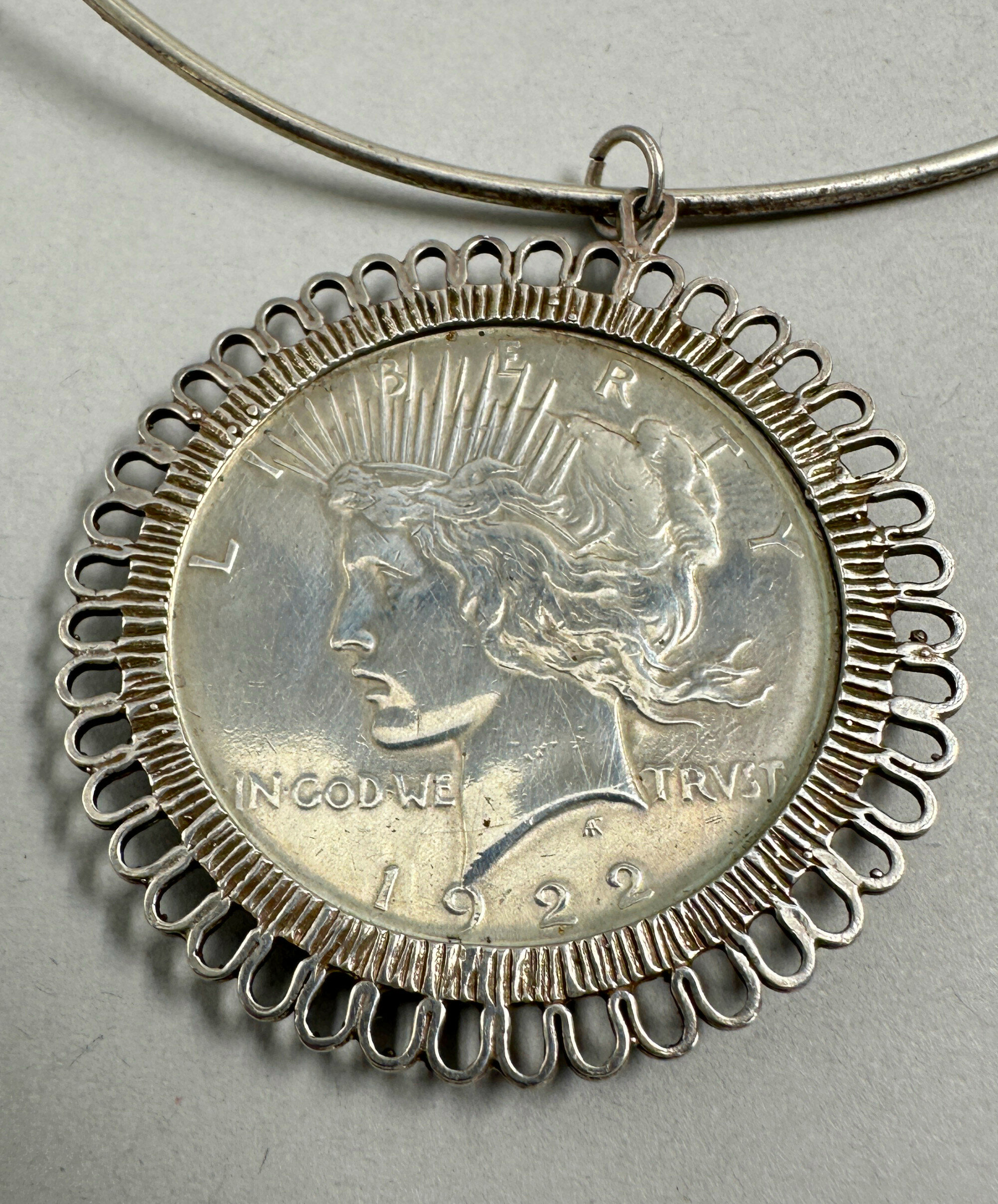
Liberty Dollar 1922 mounted as a pendant on necklace
Price: £35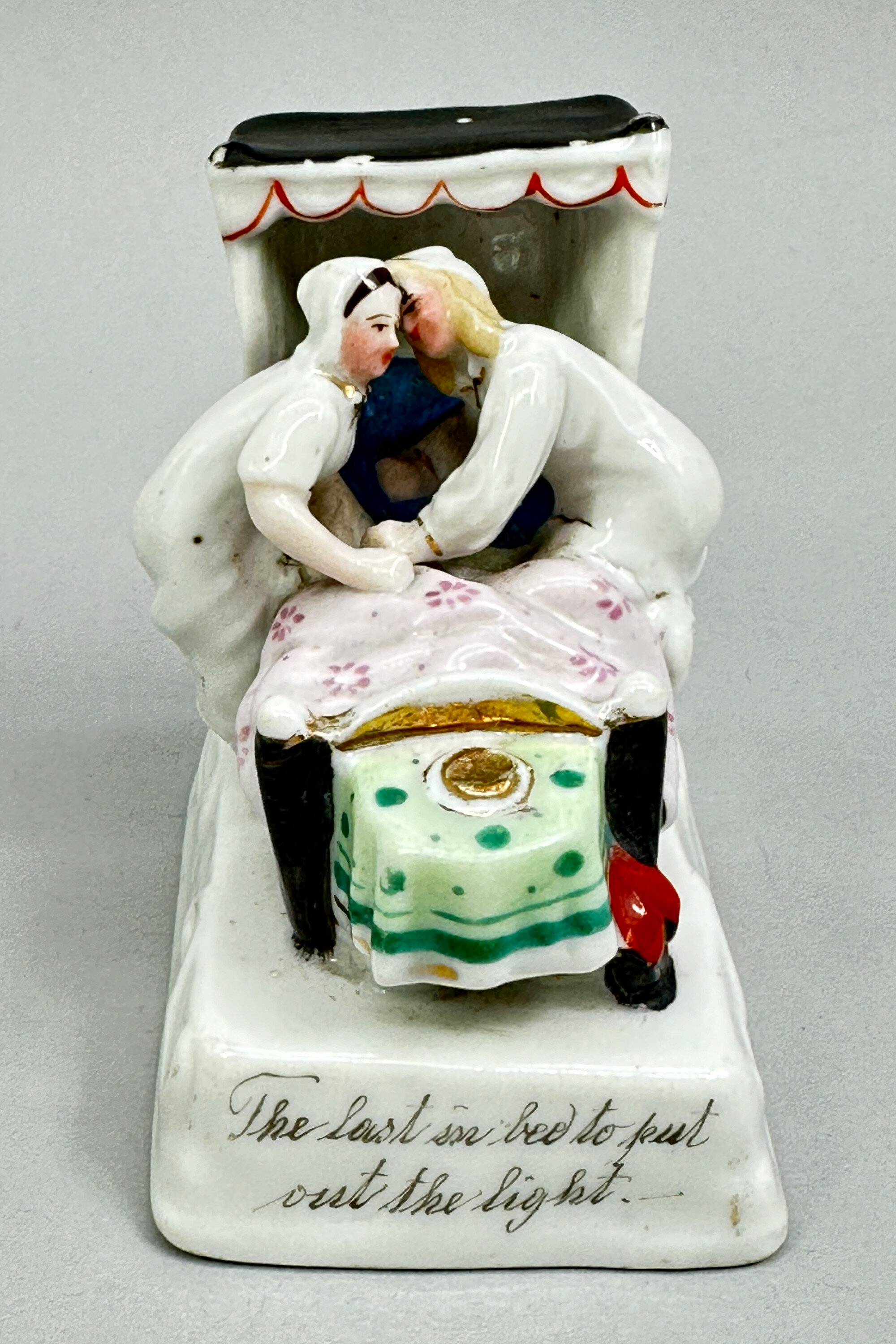
Fairing Figurine - The last in bed to put out the light, German, early Twentieth Century
Price: £25The various figures were made in white glazed porcelain with coloured decoration. The compositions were sculptural and often accompanied by an inscription, as here. Many models are known. Two typical examples are 'Returning from the Ball' and 'Twelve Months after Marriage' but the most common example is represented here 'The last in bed to put out the light'. A couple are seen climbing into a covered bed at the foot of which stands a candle in a holder. These candles are usually broken off, most likely because of simple damage over the years but it has been suggested that this was done deliberately for good luck.
Some of the fairing figurines are marked, as here. In comparison with the previous Lot 4, this example has a glazed circular mark which reads 'Made in Germany'. These marks appear on the later productions of the Conta factory and indicate a dating here to shortly before the First World War. This is consistent with the rather 'brassy' looking gilding used which is typical of ceramic production generally post 1900.
It is interesting to compare Lots 4 and 5 and to see how consistent the manufacture was throughout the period. Only the glazed base with its circular mark and the type of gilt decoration separate this example from its earlier companion.
Fairings have been collectors' items for many years now and still hold a naif charm which makes them appealing display items, with a history of their own.

Large Scottish agate specimen brooch 1910
Price: £55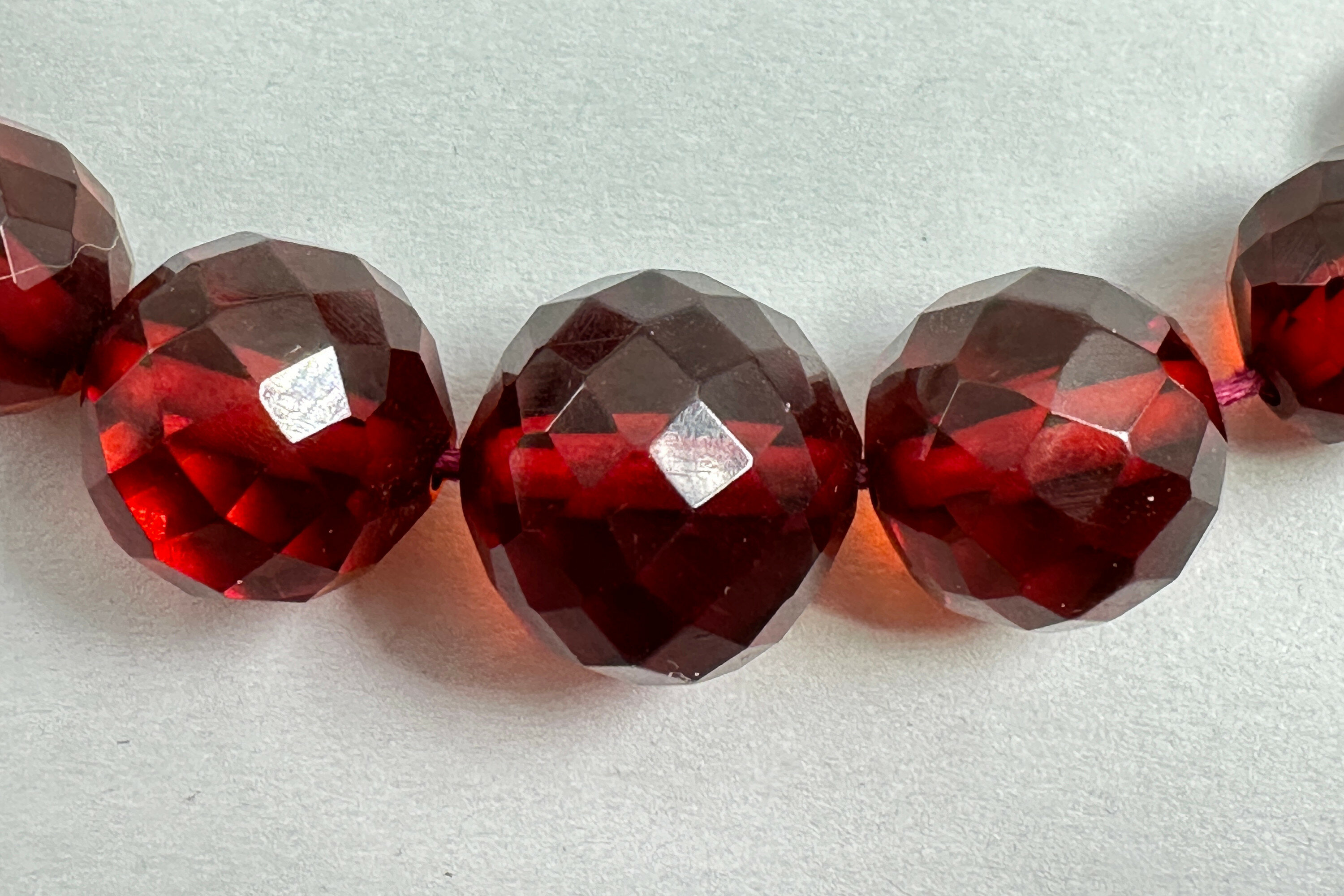
Victorian facetted cherry amber beads with intergrated clasp c1900
Price: £150
Unusual Egyptian Revival necklace with a plaque depicting Isis, 1930s
Price: £75
Art Deco mother of pearl card case
Price: £50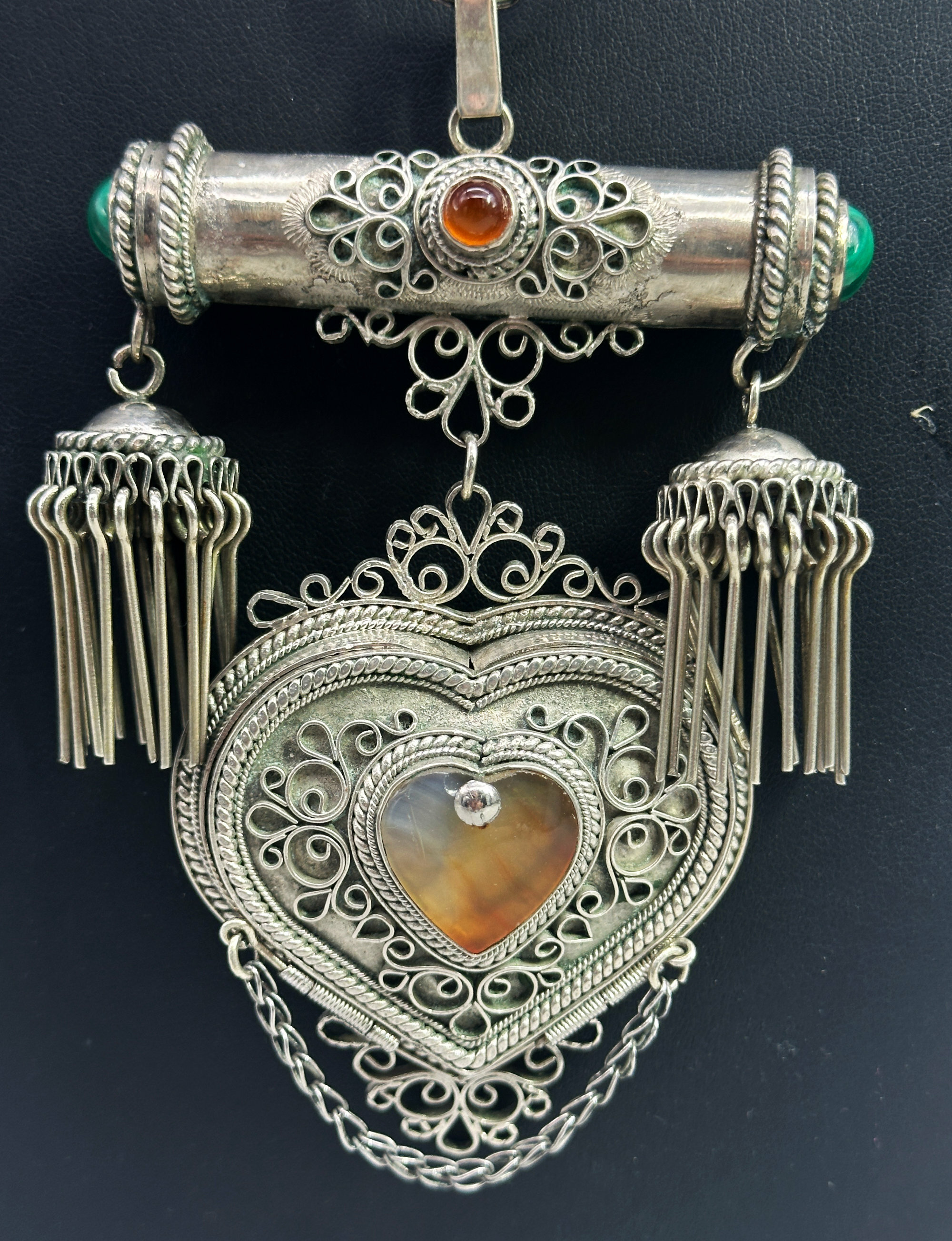
Large Islamic silver necklace with heart shaped box c1920
Price: £85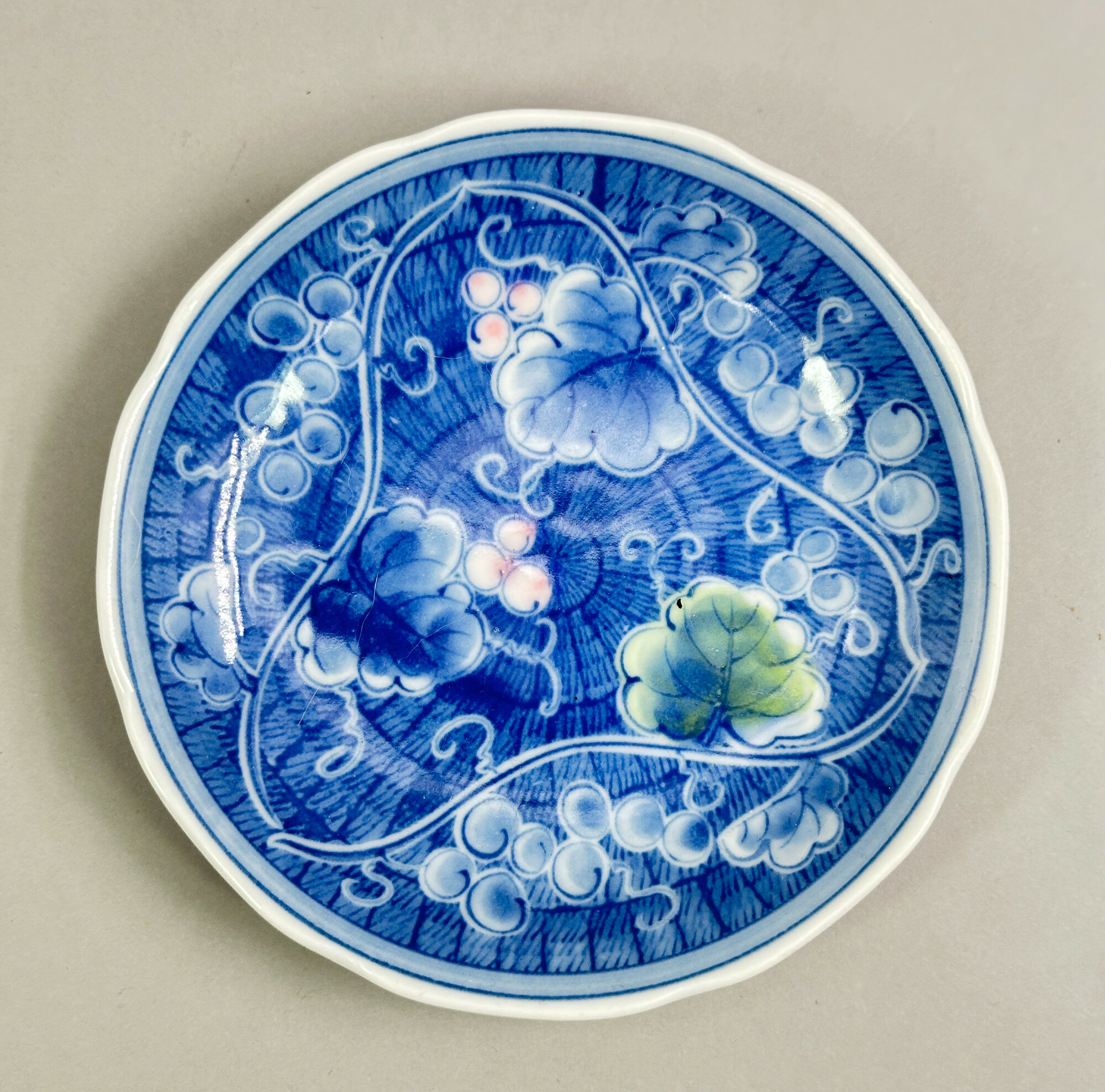
Japanese Arita Blue and White Saucer decorated Gourd and Grapes, mid C20th
Price: £15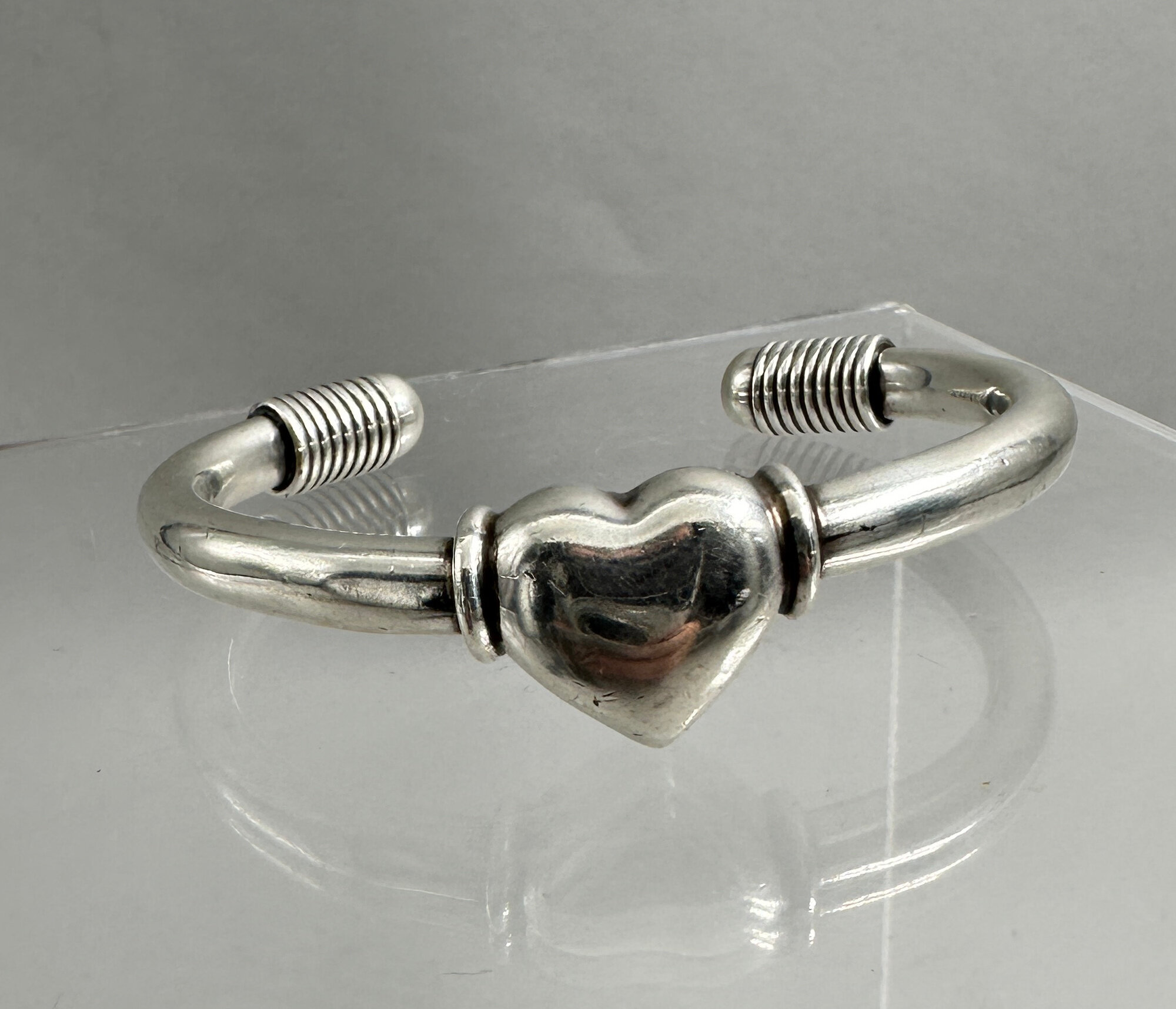
Sweet Taxco heart bracelet c1980
Price: £75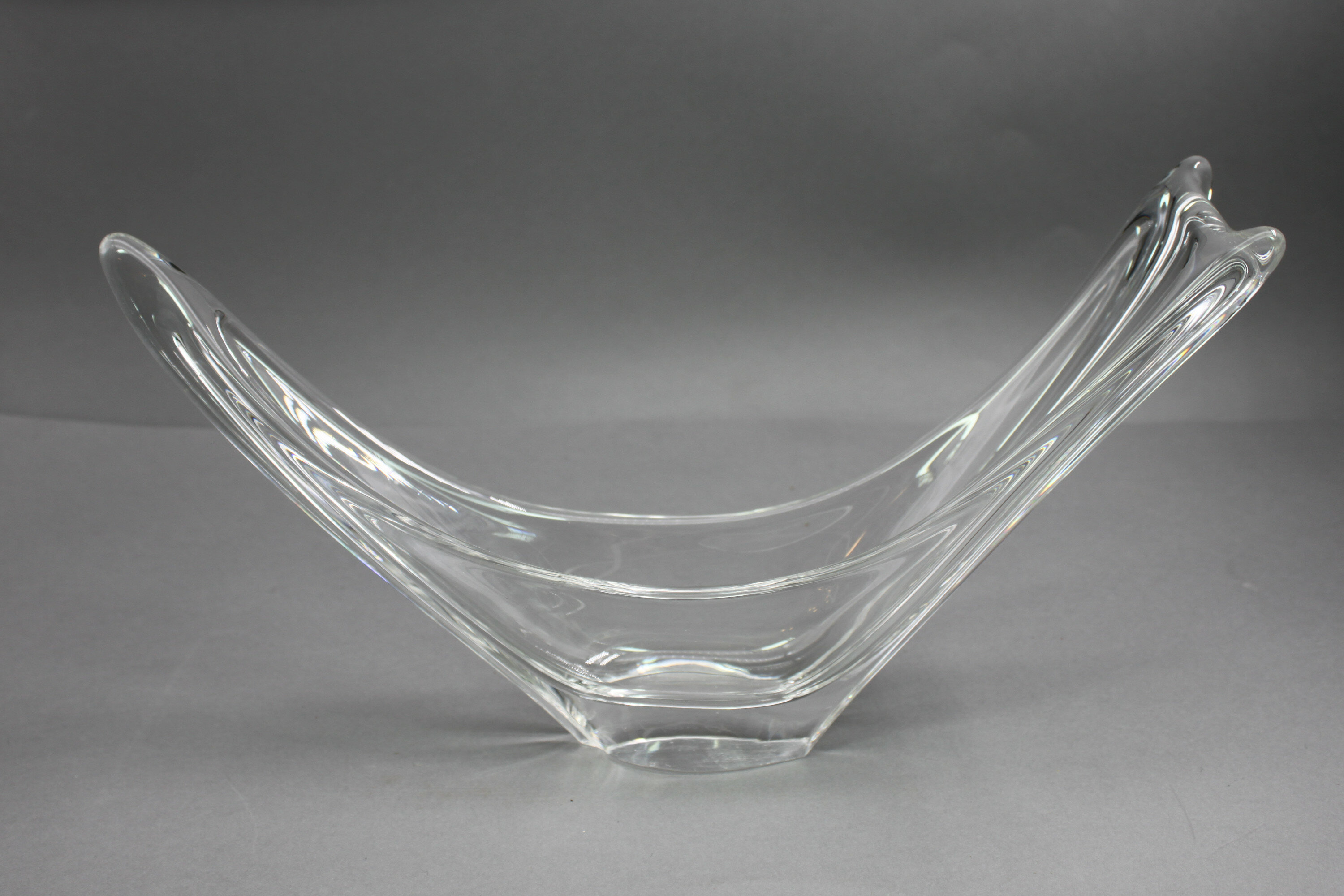
Daum Crystal Glass Swallowtail Bowl, signed Daum-France circa 1960
Price: £150Vases in this form were produced by the well known French maker Daum in the 1950s and the 1960s. The sizes and designs can vary with some examples measuring up to two feet and intended as table ornaments. This piece is rather smaller and perhaps more elegant. The crystal glass is of extremely high quality and reflects the light in a very attractive way. The weight is good and the glass itself is thickly blown and expertly formed, The flat base shows signs of bevelled edging at the exterior and one of the sides bears the typical etched Daum mark with 'Daum' and 'France' separated by a device comprising an upright line with two crosses.
The more petite size and the quality of the manufacture and design make this a most appealing example of Daum's work at its best. Dating can be assumed to be around 1960 if not slightly before. A desirable piece indeed for collectors of twentieth century art glass.
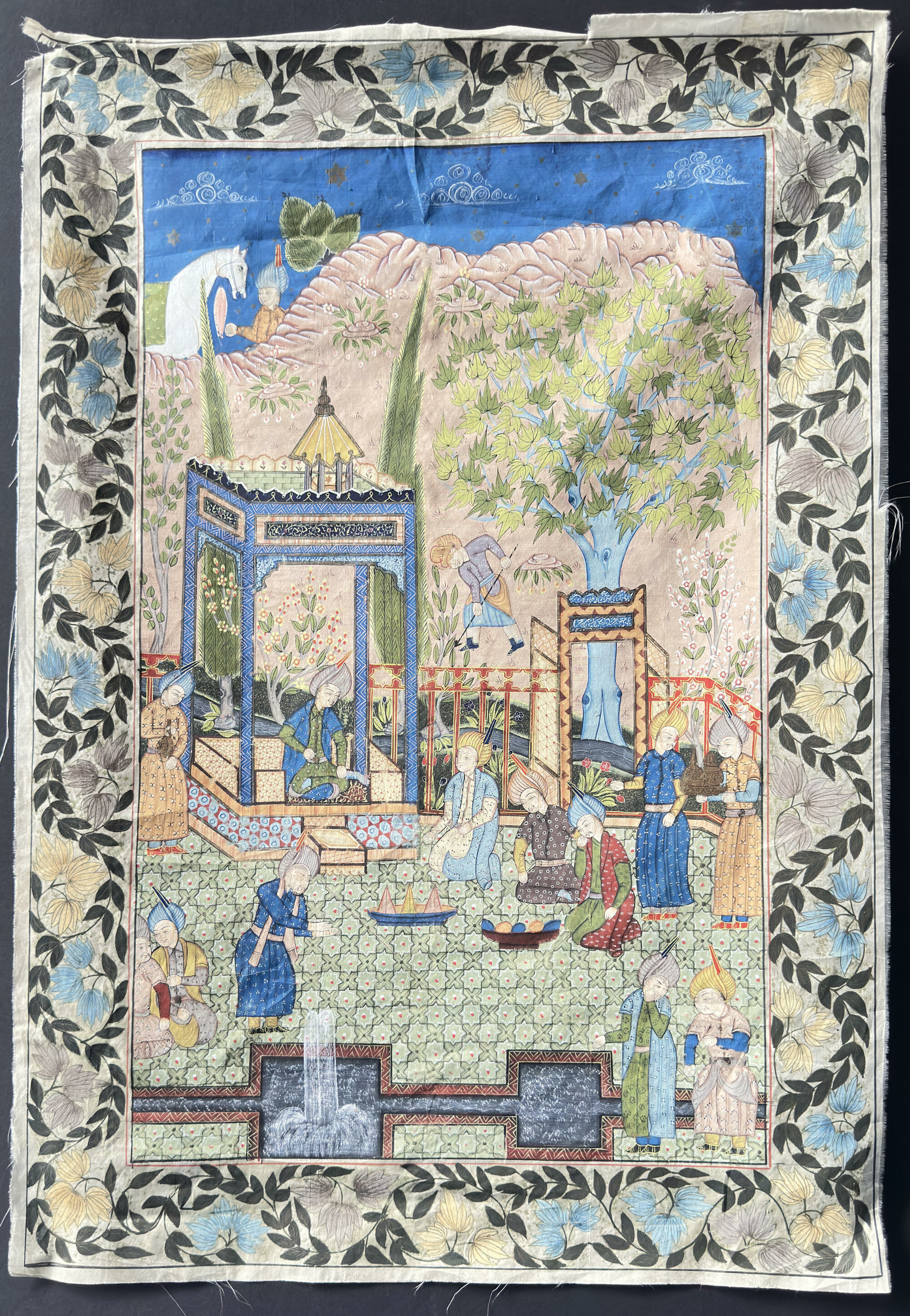
Persian Painting on Silk depicting Courtiers in a Palace Scene, C19th/C20th
Price: £75The ‘Khamsa’ (Quintet or Quinary) is the best known work of Nizami Ghanjavi (c1141 – 1209) considered the greatest romantic epic poet in Persian literature. It comprises five long narrative poems the first of which is ‘Makhzan-ol-Asrar’ (The Treasury or Storehouse of Mysteries) and contains an episode where two physicians agree to fight each other with poison: each would give the other a poison and the doctors would then attempt, by their skill, to provide an antidote. One doctor succeeds but the other has less luck and in the version of the scene mentioned above is depicted lying ill on the ground.
The Khamsa was a popular subject for lavish manuscripts illustrated with painted miniatures at the Persian and Mughal courts in later centuries. The British Museum picture mentioned above, for example, comes from a manuscript created for the Mughal Emperor Akbar in the 1590s. Scenes from these works were then copied or adapted in turn by Persian artists in the late nineteenth and early twentieth centuries which is what we have here. The quality of the execution remains high producing a highly decorative example of the best Persian work.
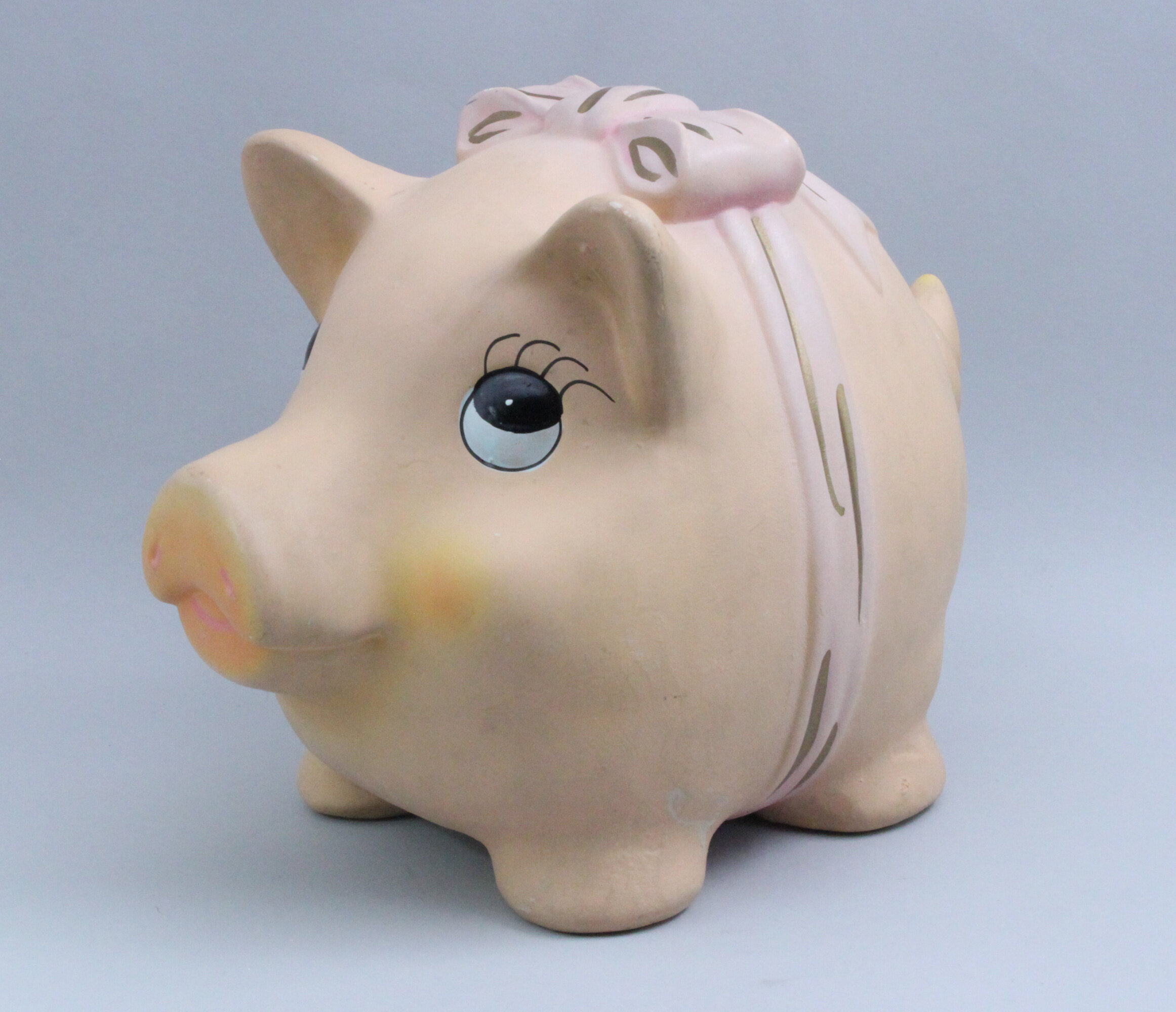
A Ceramic Moneybox in the form of a Pig, Helensgate Ceramics, mid twentieth century
Price: £25
Massive banded carnelian cuff bracelet
Price: £450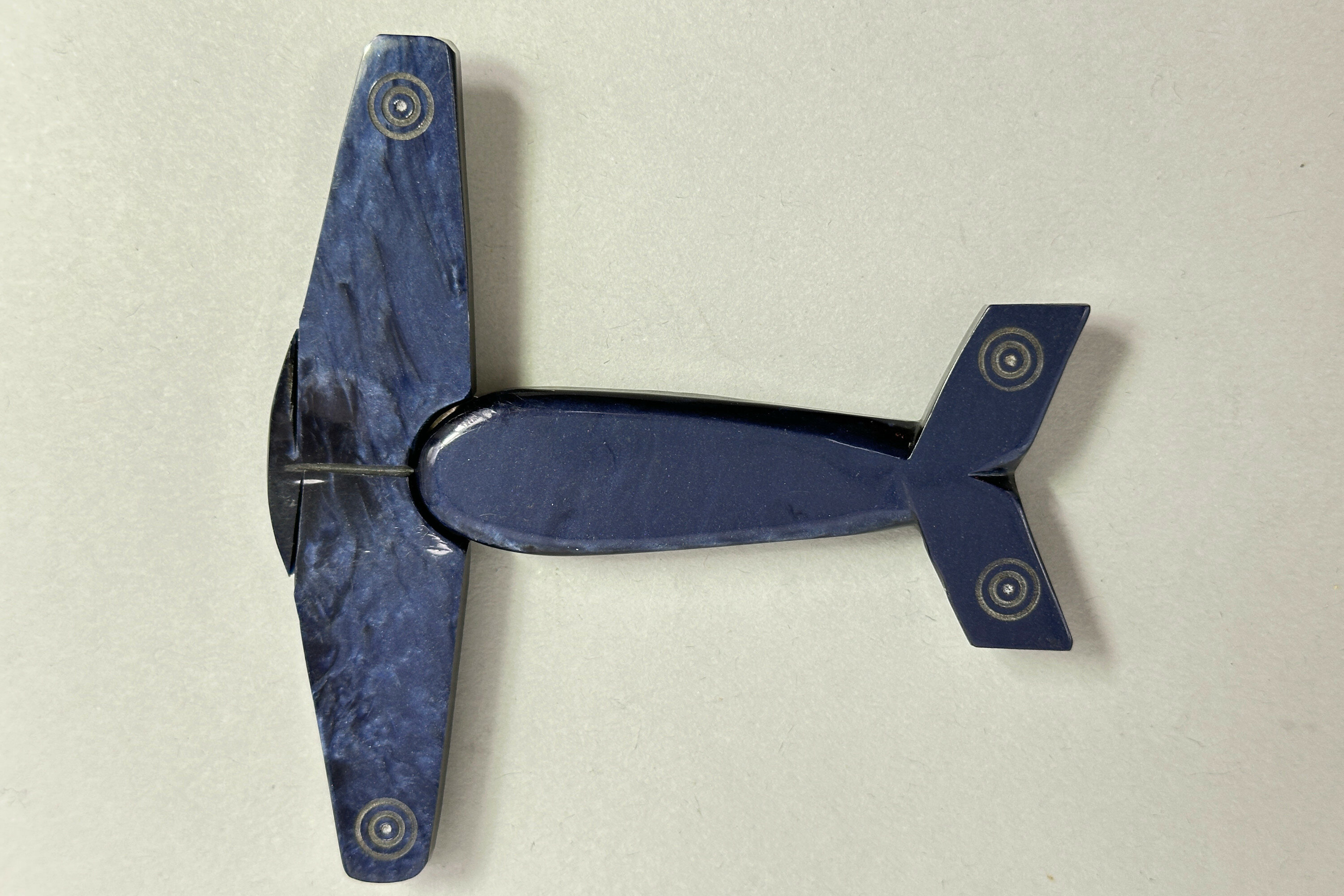
Mottled blue Bakelite buckle in the shape of an airplane, American 1930s
Price: £45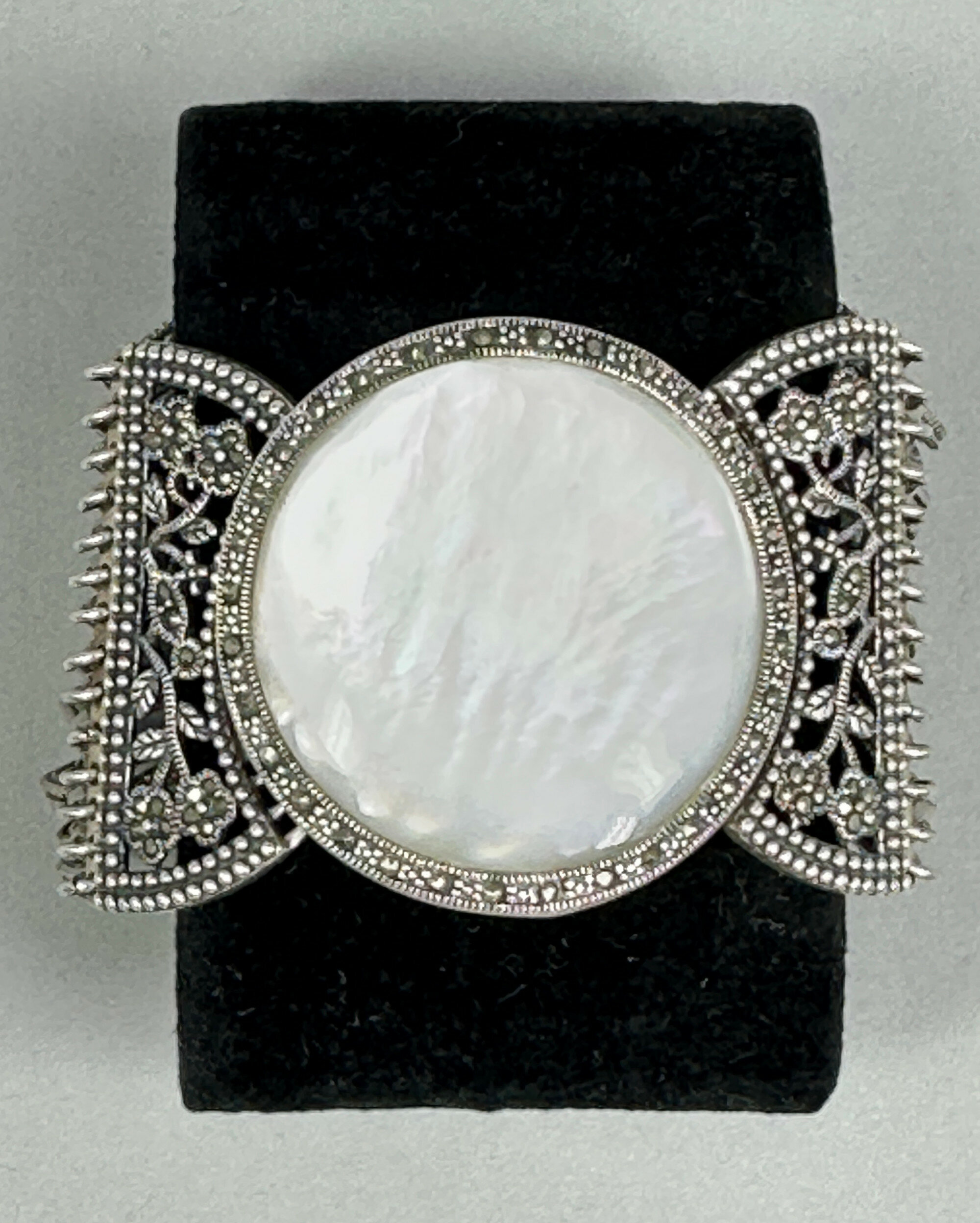
Victorian style Bracelet in Mother of Pearl and Silver, modern
Price: £95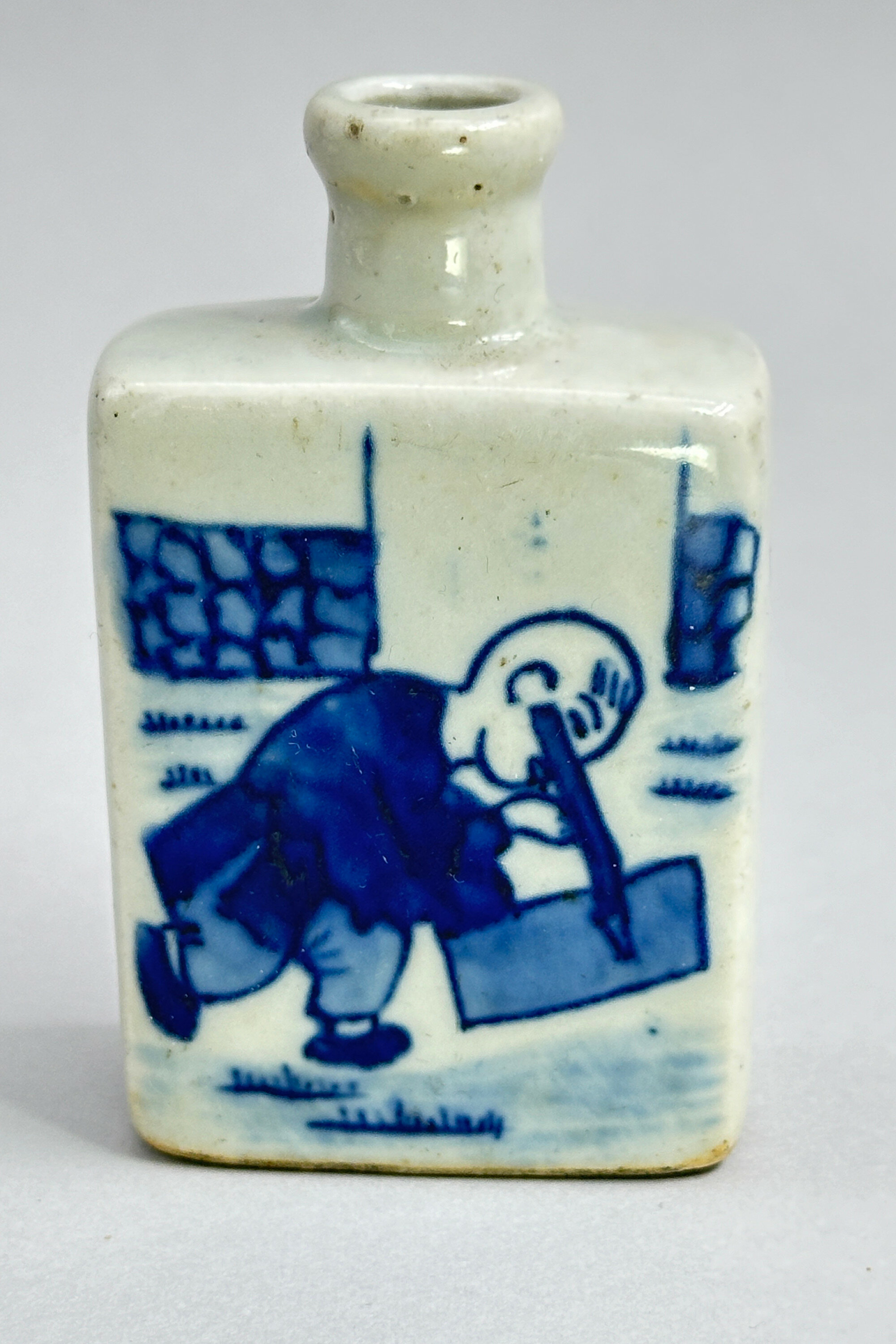
Chinese Blue and White Snuff Bottle circa 1900
Price: £45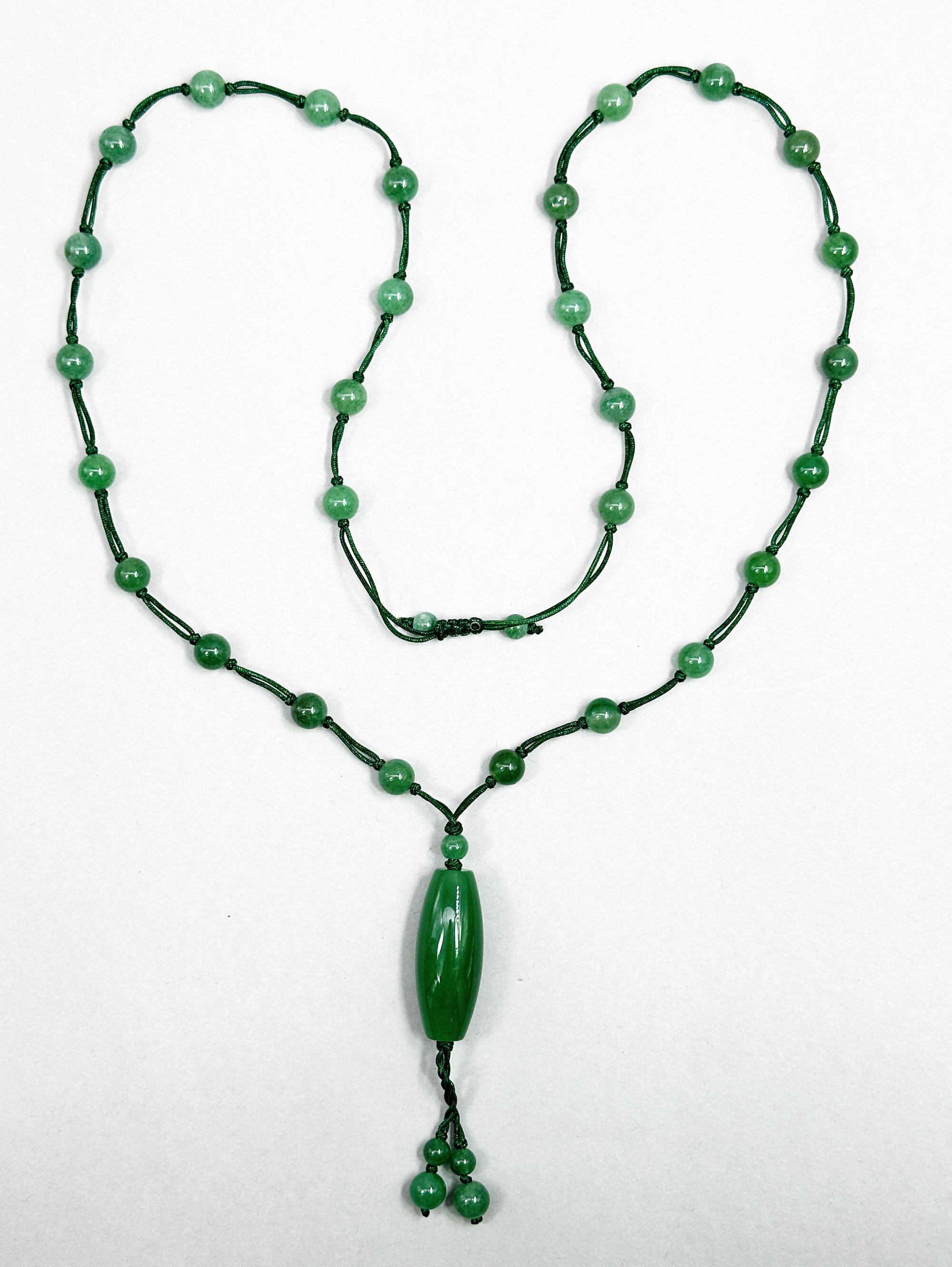
Chinese aventurine lariat necklace
Price: £20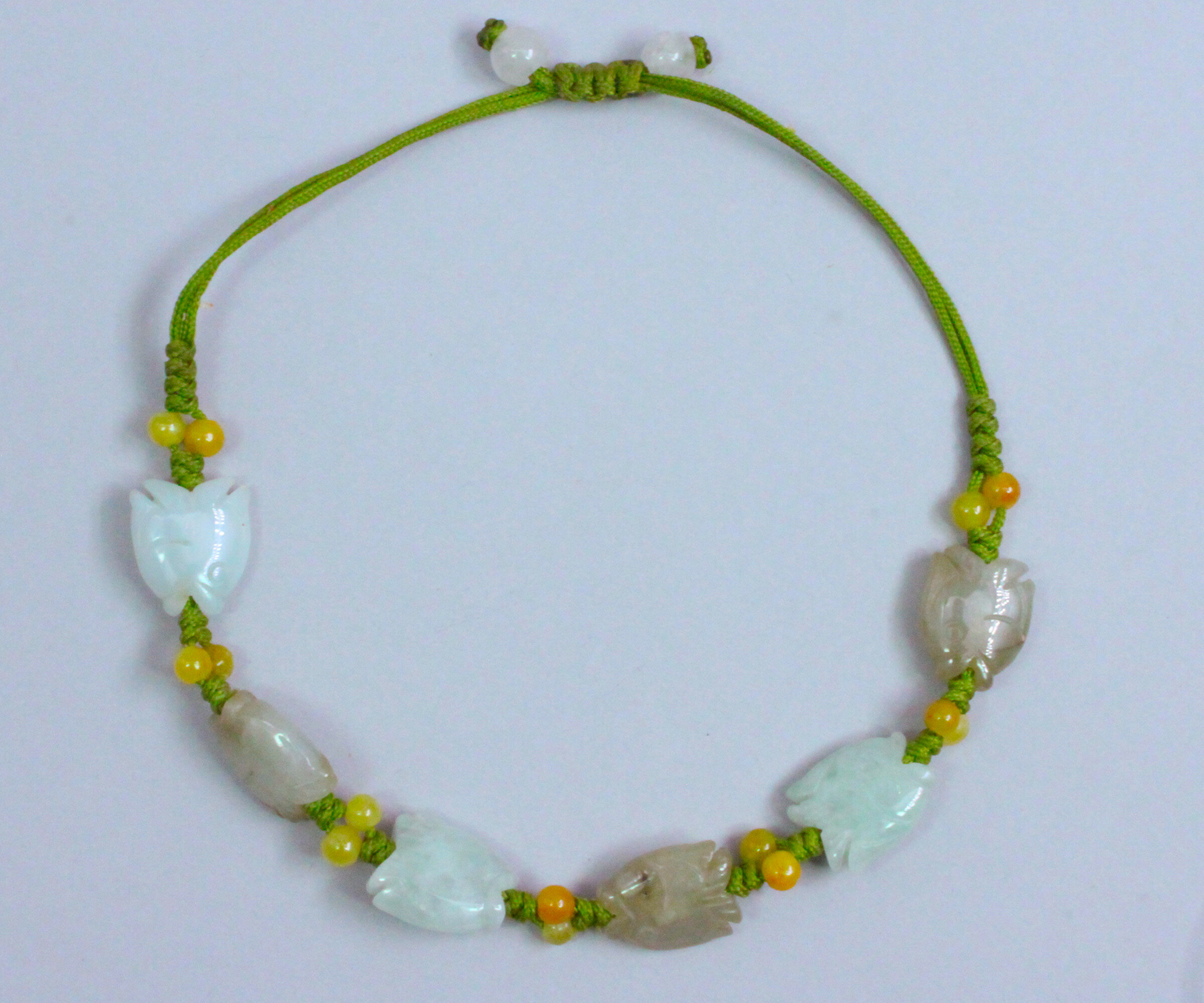
Chinese cord bracelet with jade stones carved as fish
Price: £15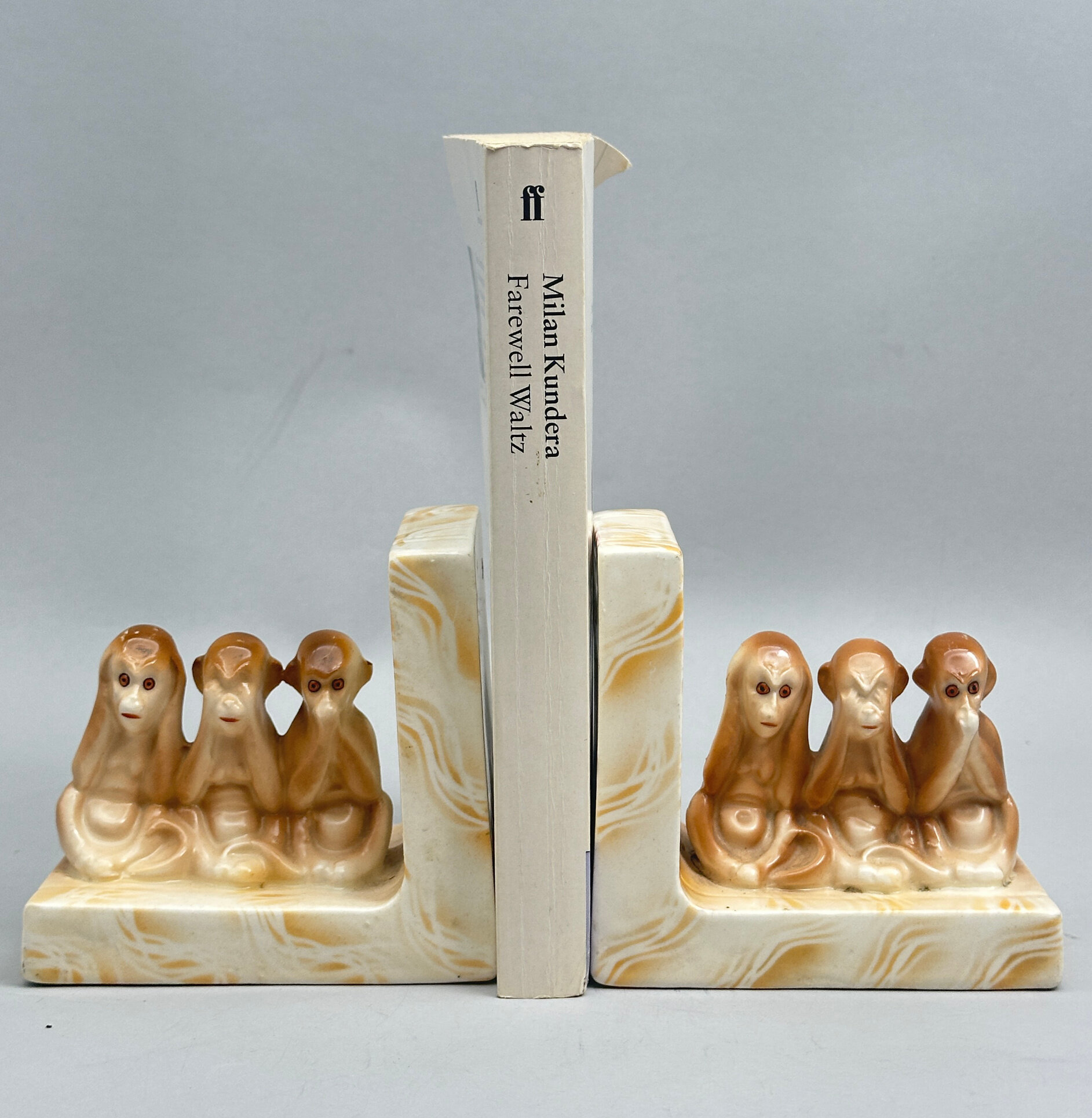
Pair of ceramic Bookends, the three wise monkeys, Czech second half C20th
Price: £30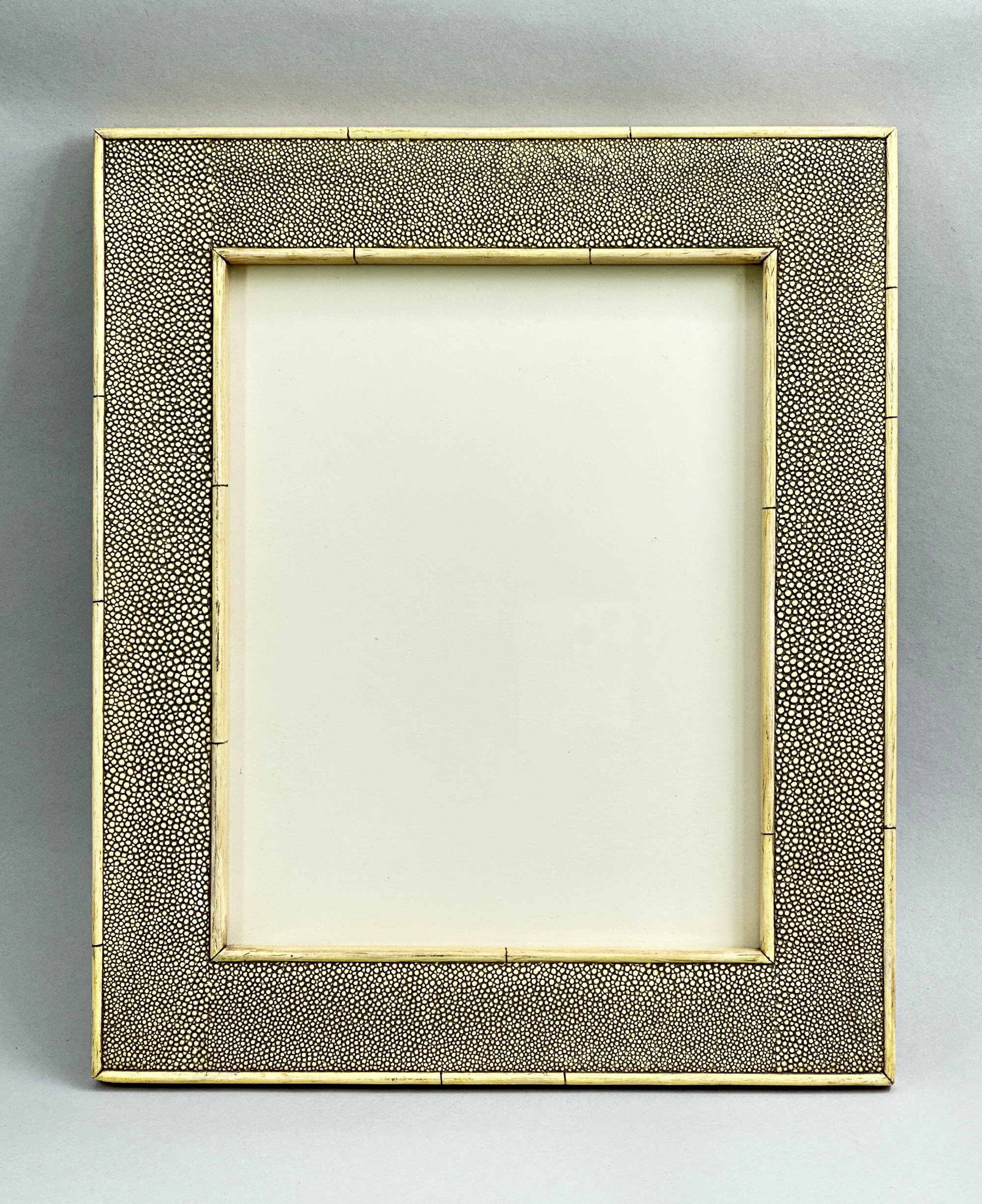
Art Deco Shagreen Picture Frame, 1930s
Price: £110Shagreen is a natural hide, typically from shark, stingray or dogfish, worked through special processes to produce a granular surface effect. Known in China and Japan from the earliest times and popular in Europe in the eighteenth century Shagreen enjoyed its greatest popularity in the Art Deco period where it was used as a covering for writing desks and well-dressed cabinetry and smaller items such as the picture frame we have here. The clean lines of this piece and the palette of colours employed fit exactly with the ethos of the Art Deco period and a dating to the 1930s is extremely likely. A luxury item at the time it could be used now to provide enhanced presentation of a favourite image adding to it a hint of true elegance.

Beautiful sautoir necklace with Whitby jet pendant 1920s
Price: £35
Art Deco Scottish agate panel bracelet, 1930s
Price: £95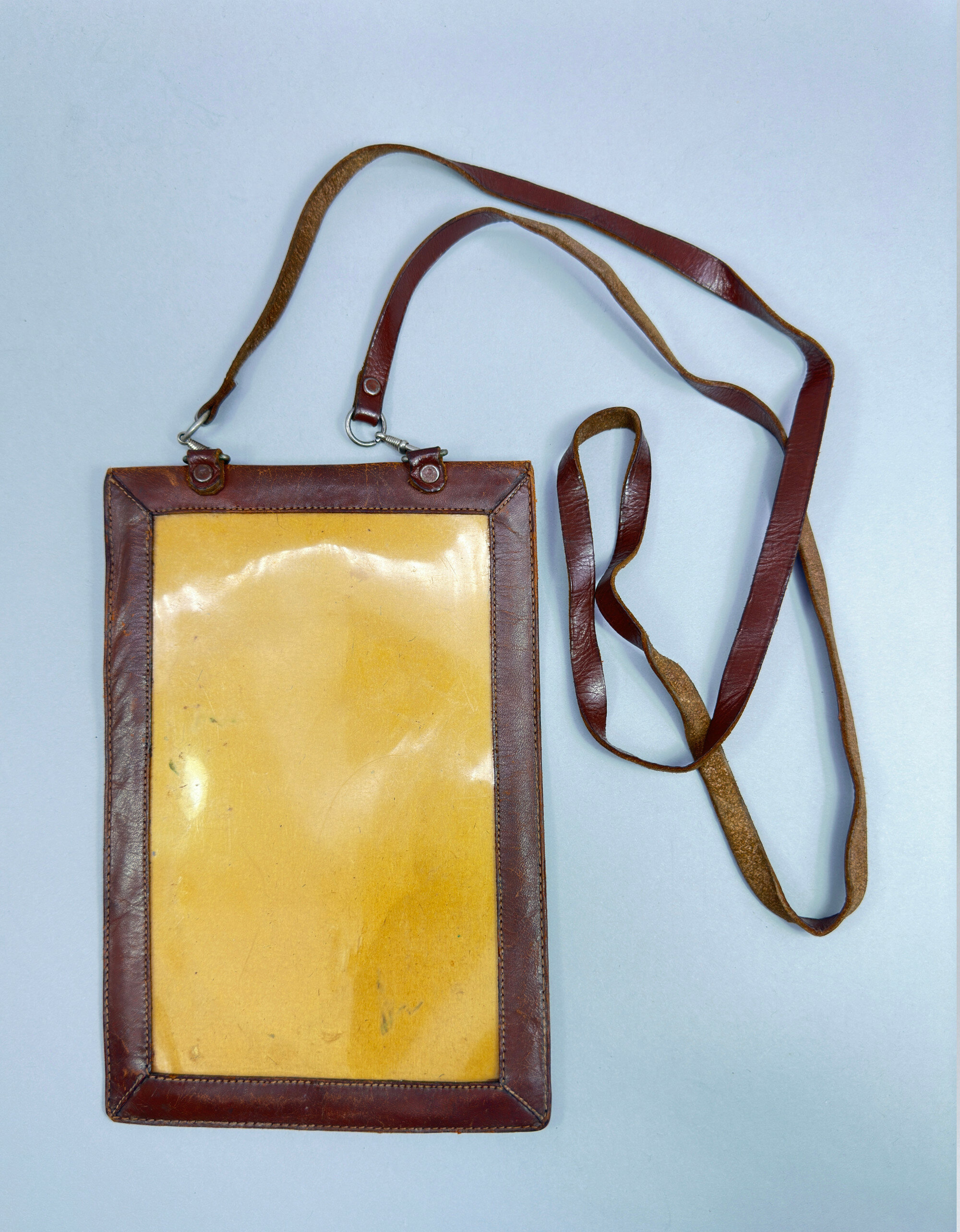
Vintage Leather Map Case, probably 1940s
Price: £45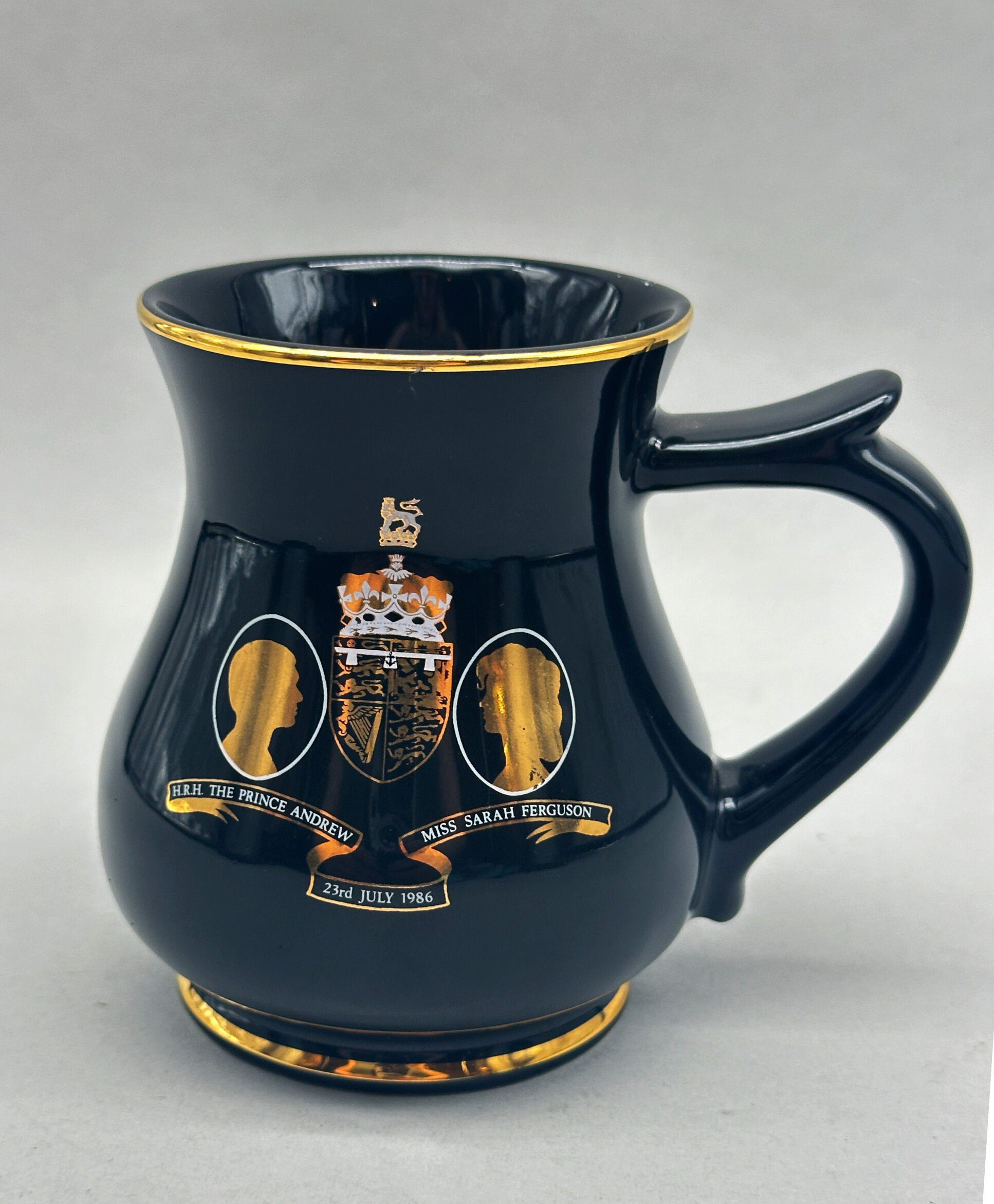
Ceramic Tankard celebrating the Marriage of Prince Andrew and Sarah Ferguson in 1986
Price: £10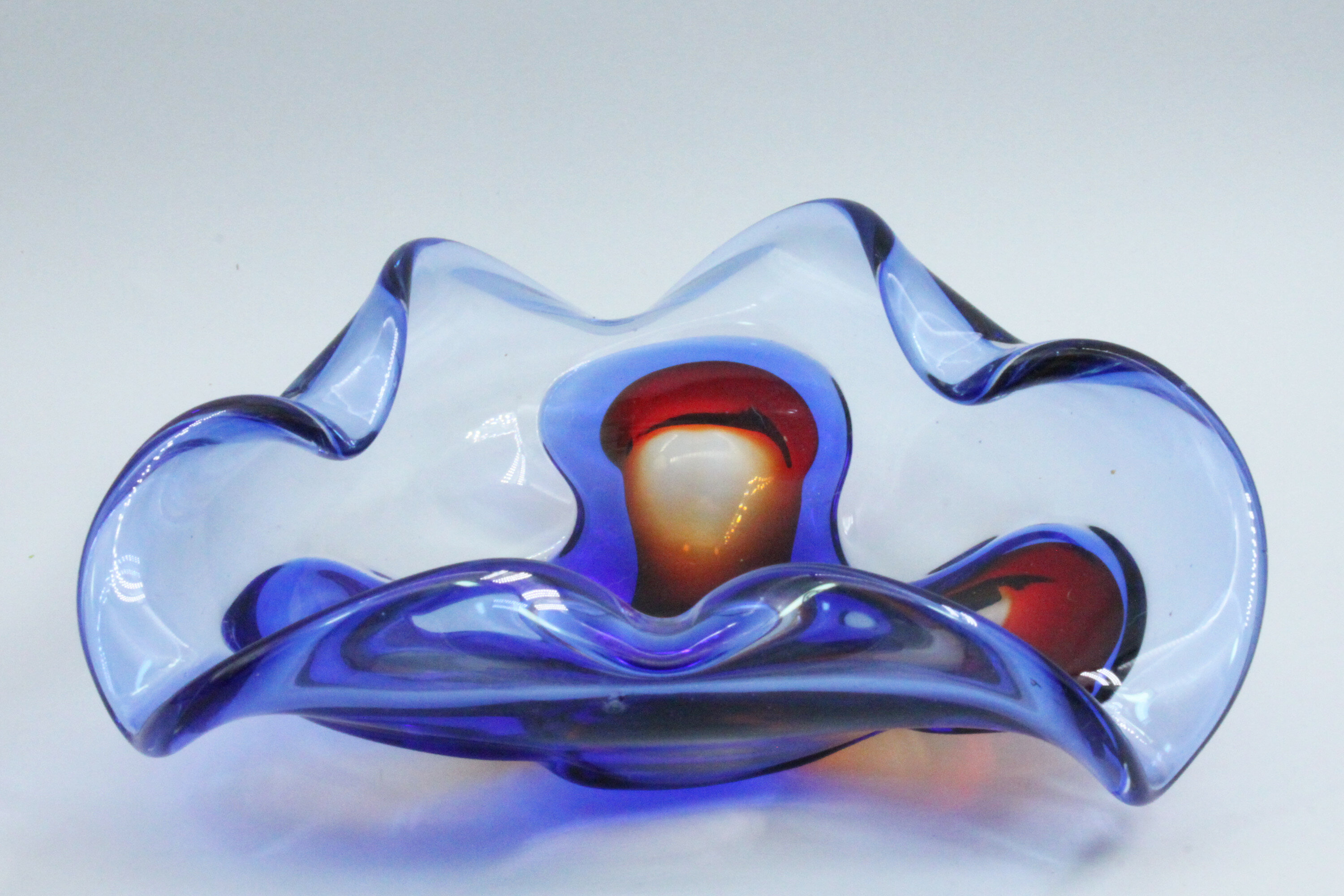
Murano Art Glass Dish, 1960s
Price: £45
Art Nouveau Fairy earrings c1930
Price: £25
Two American Polychrome Enamel Bracelets decorated with Kabuki Masks, 1980s
Price: £20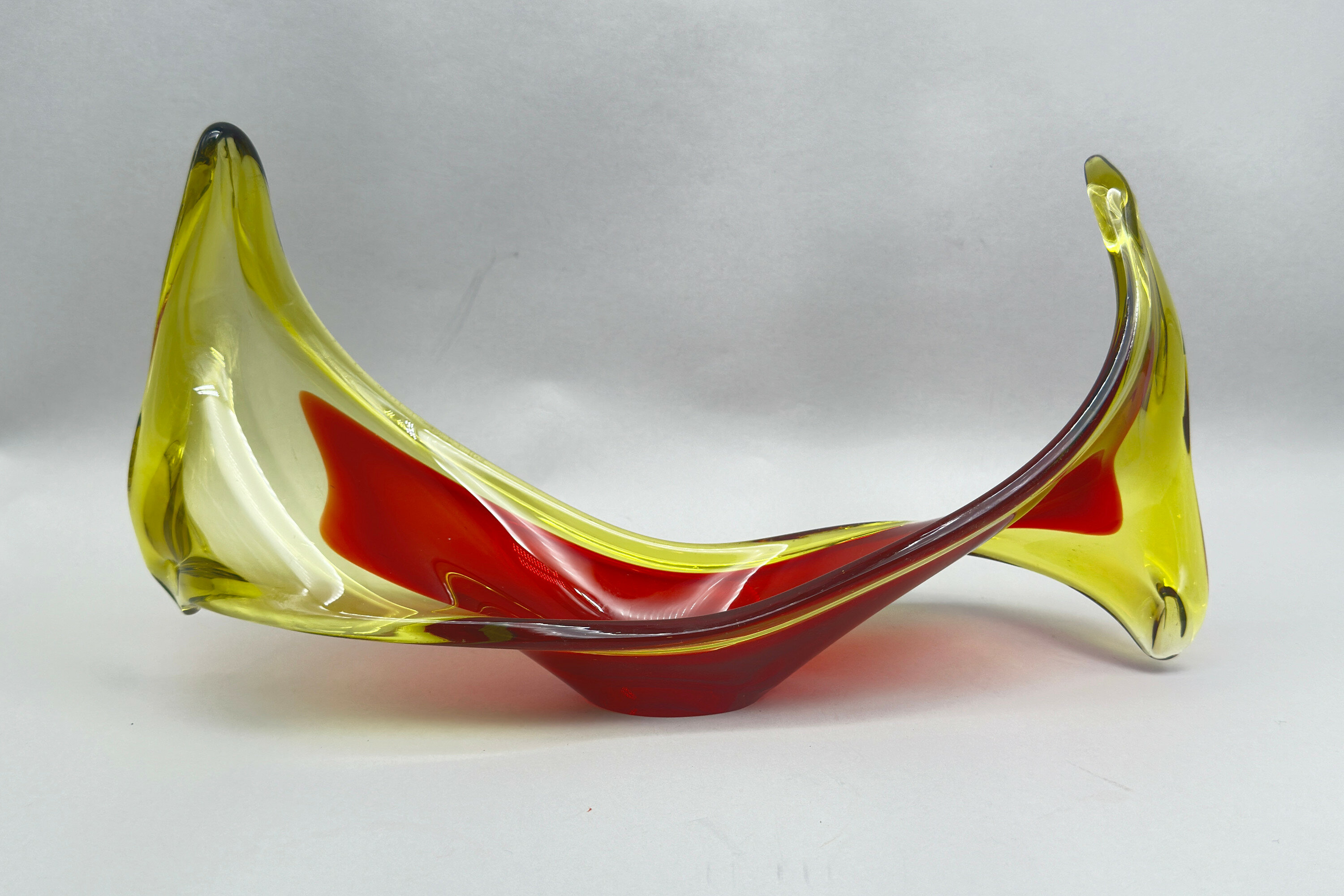
Viartec Murano Style Selenium Red & Orange Glass Sculptural Dish, Spanish 1950s/1960s
Price: £45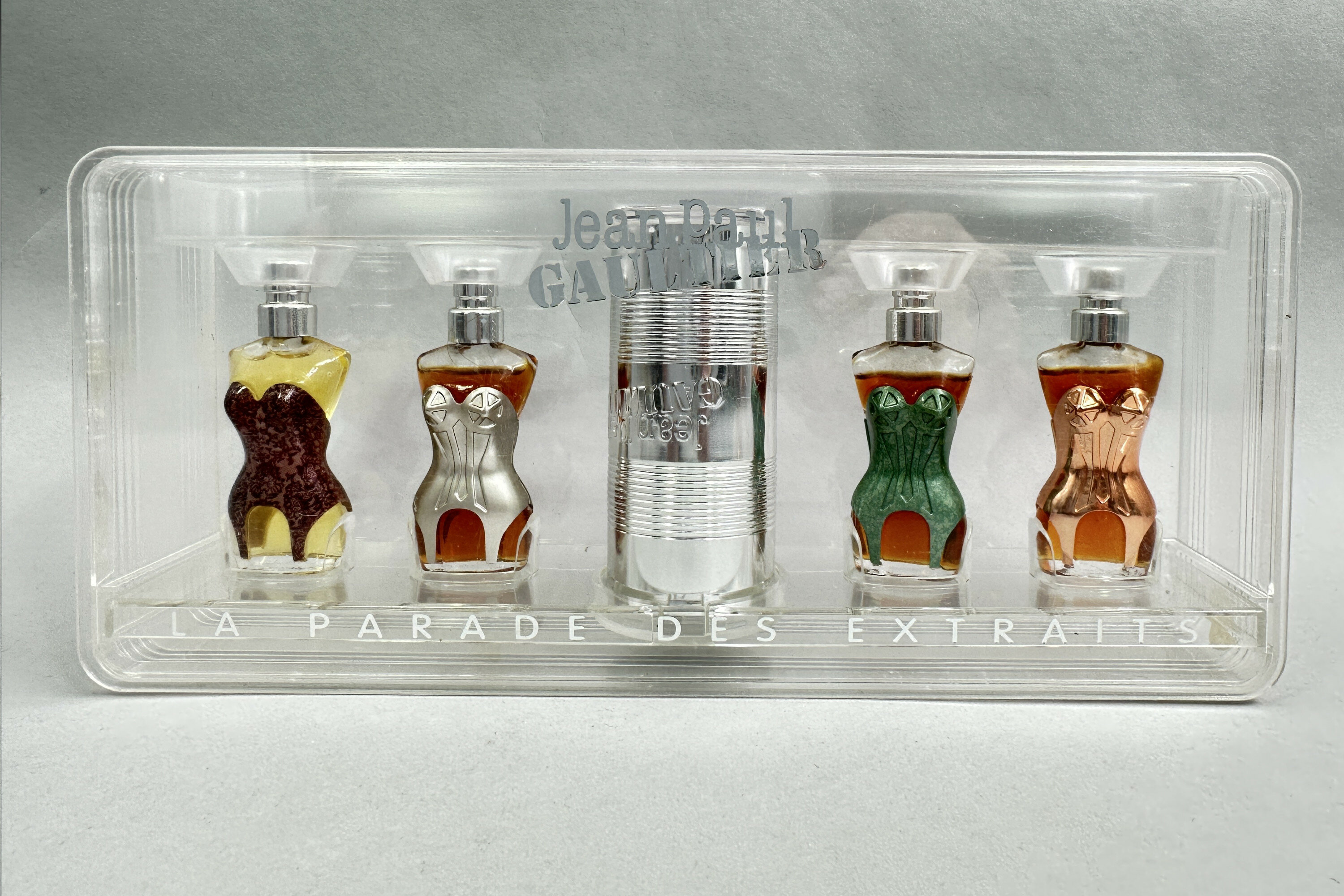
Jean Paul Gaultier Mini Fragrance Set, La Parade Des Extraits
Price: £75
Stunning long Art Deco necklace with cherry amber beads
Price: £250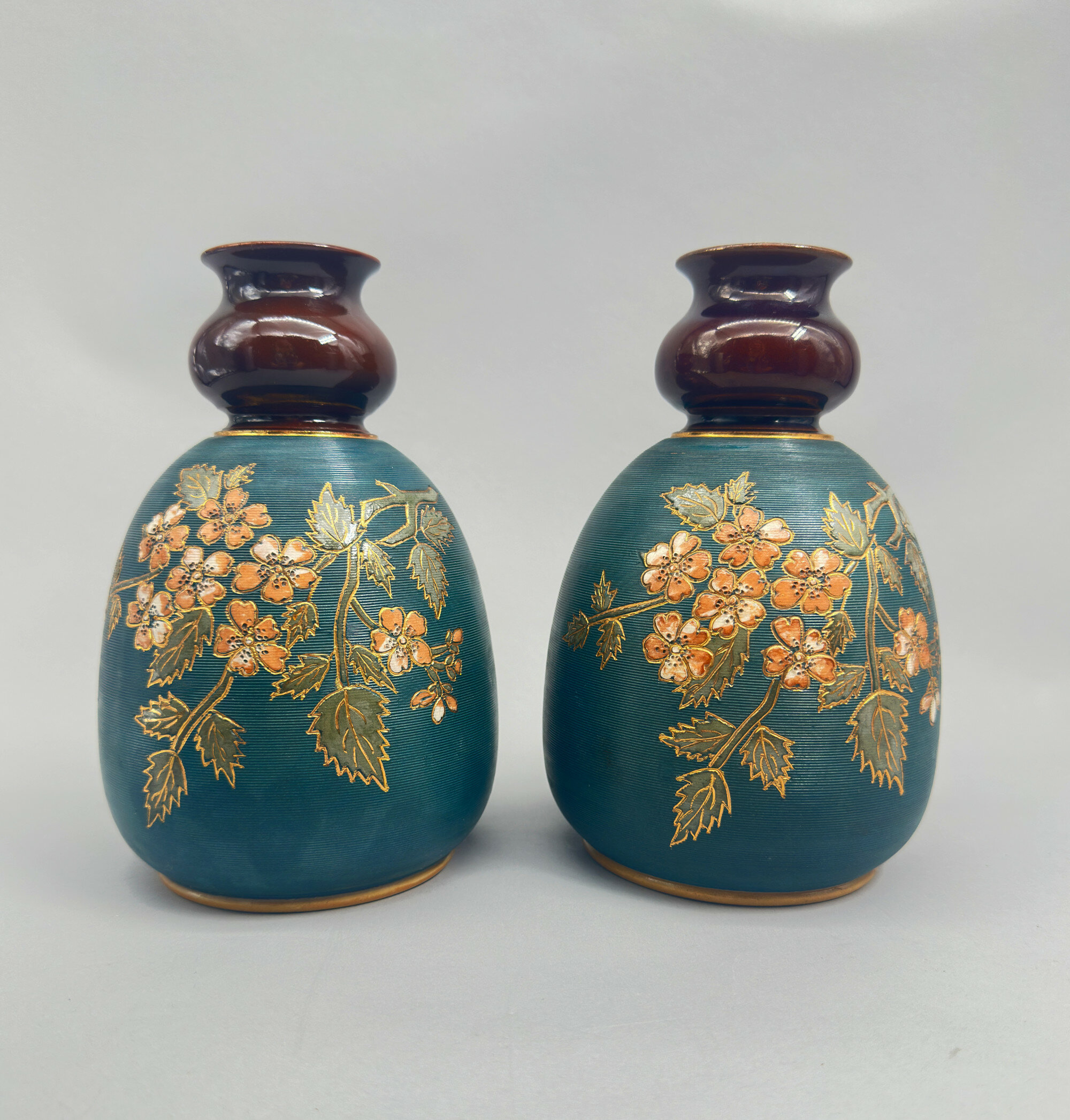
Pair of Lovatt and Lovatt Langley Mill Vases, early C20th
Price: £110The Langley Mill Pottery was located in Langley Mill, Derbyshire on the Derbyshire – Nottinghamshire border. From its establishment in 1865 to its final closure in 1982, it went through five distinct periods of ownership, producing a wide range of stoneware ranging from utilitarian items and to high quality art pottery. This pair of vases dates from the third company that traded there, Lovatt and Lovatt. The Lovatt family had entered into partnership with the owner of the founding business at Langley Mill, James Calvert. From 1895 the business was in sole control of the Lovatt family and traded as ‘Lovatt and Lovatt’ until 1935. The early years of the twentieth century proved to be something of a zenith for them and a wide range of art pottery pieces were made which enjoyed great popularity. Production techniques were streamlined without a reduction in quality and in 1905, leadless glazes were introduced. These are proudly announced on the base of this pair of vases which are an excellent example of the Lovatt and Lovatt style and probably date to 1912, indicated by the impressed numbers for that year.

Chinese Fan, painting on silk, 1960s
Price: £15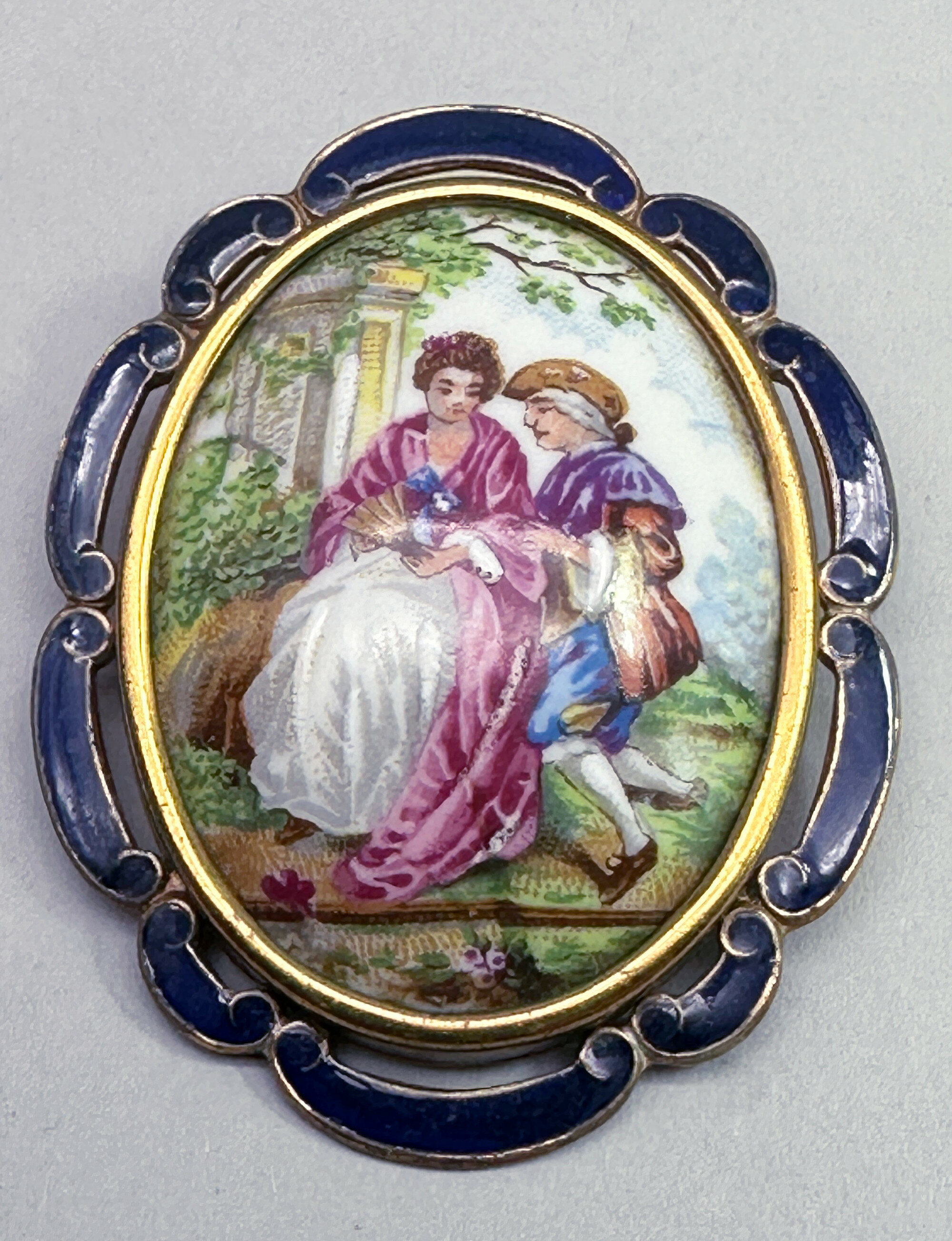
Lovely large brooch by Thomas L Mott c1940
Price: £20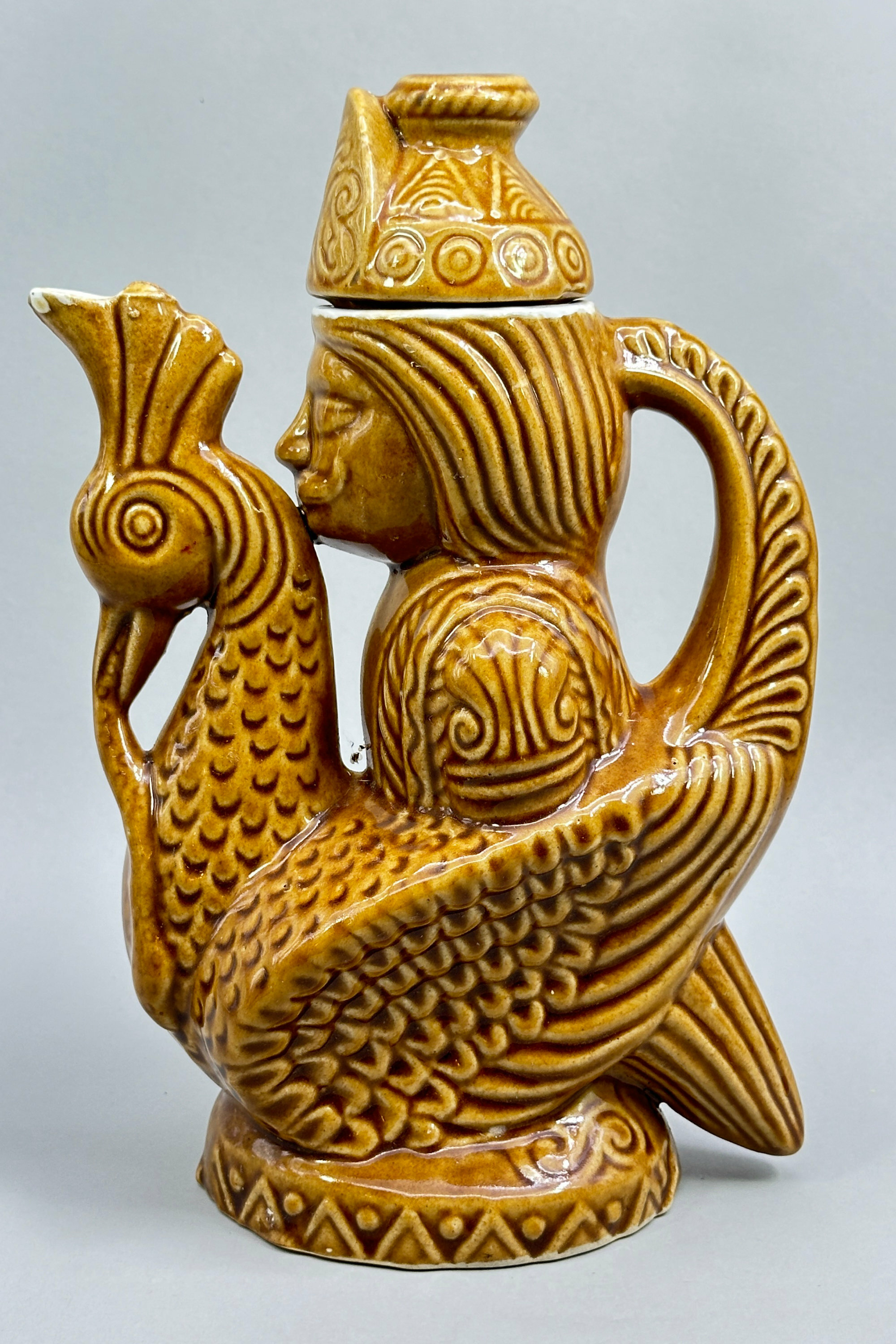
Bird form ewer with cover, possibly Russian c1960
Price: £45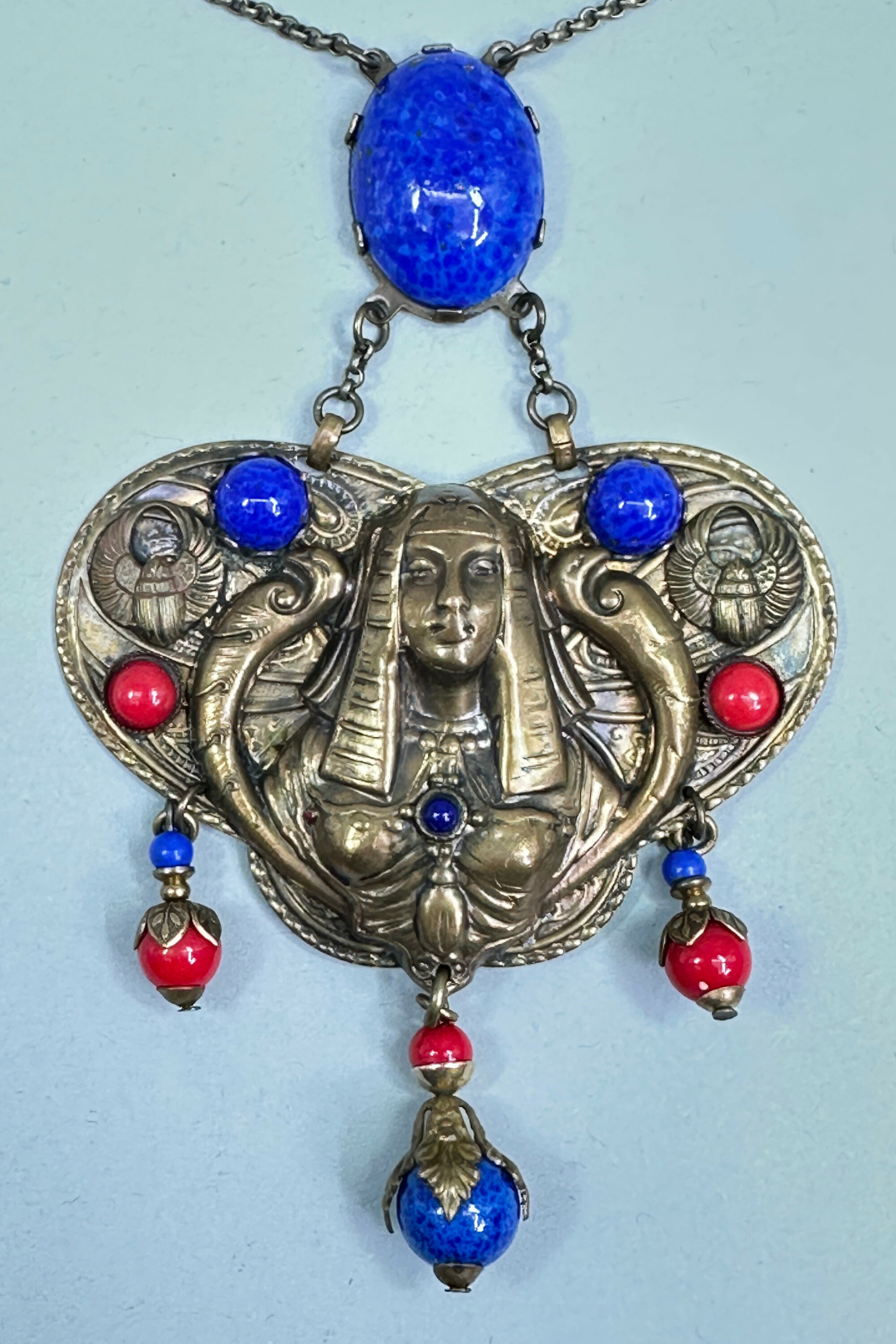
Czech Egyptian Revival Necklace with glass mounts and drops, Edwardian circa 1910
Price: £150
Very unusual Taxco figural ring, Taxco, c1980
Price: £45
Chinese Rice Grain Plate decorated in underglaze blue, iron red and gold, circa 1900
Price: £45
Chinese Famille Rose Bowl decorated with ladies, Qianlong mark, Republican period
Price: £45PLEASE NOTE THAT THERE IS FREE UK SHIPPING ON THIS ITEM. For international buyers the shipping cost will be reduced by the UK shipping cost, so don't worry if you are outside the UK, you still receive this benefit!
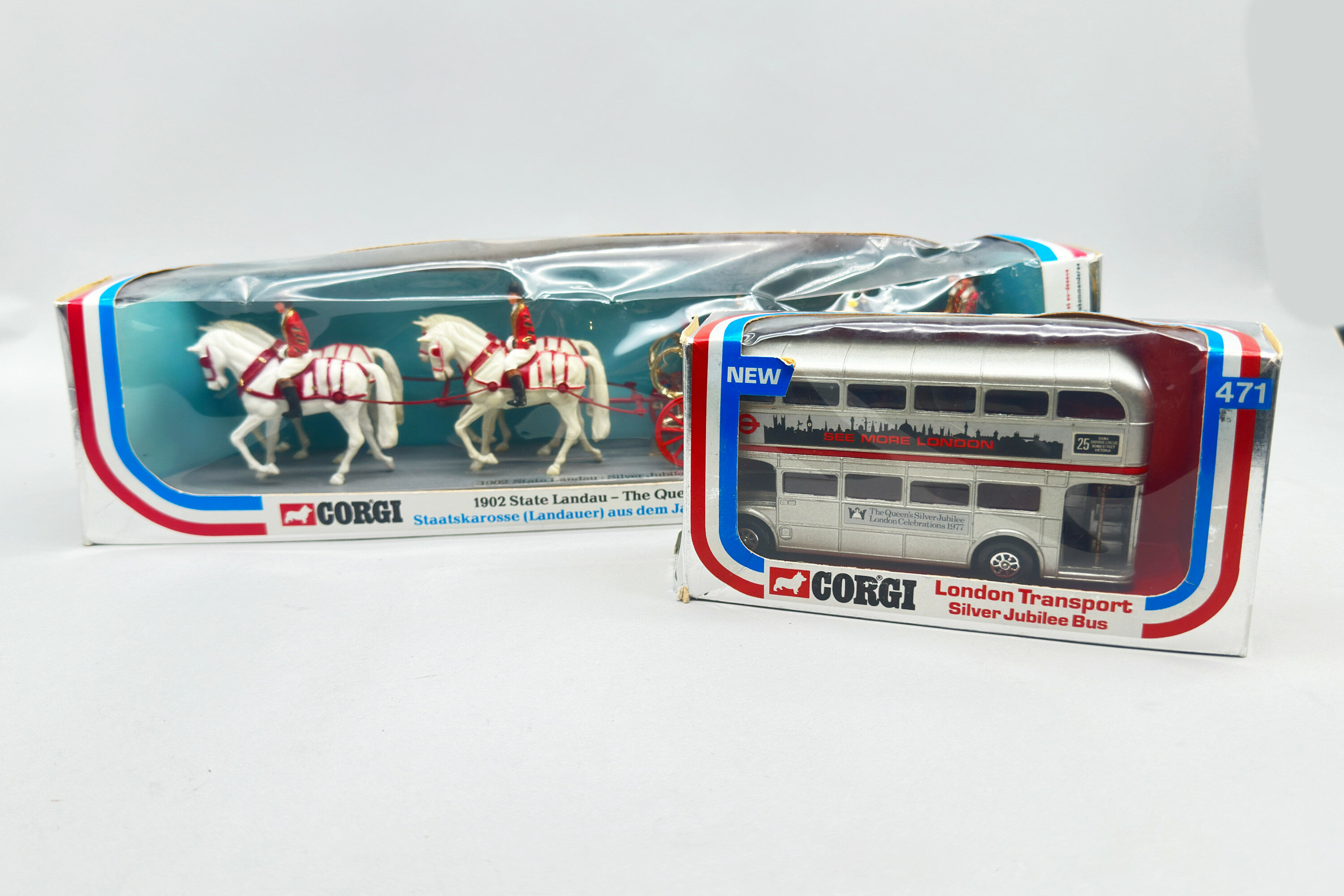
Two Corgi Silver Jubilee Toys Boxed, (41) State Landau, (417) London Bus, 1977
Price: £45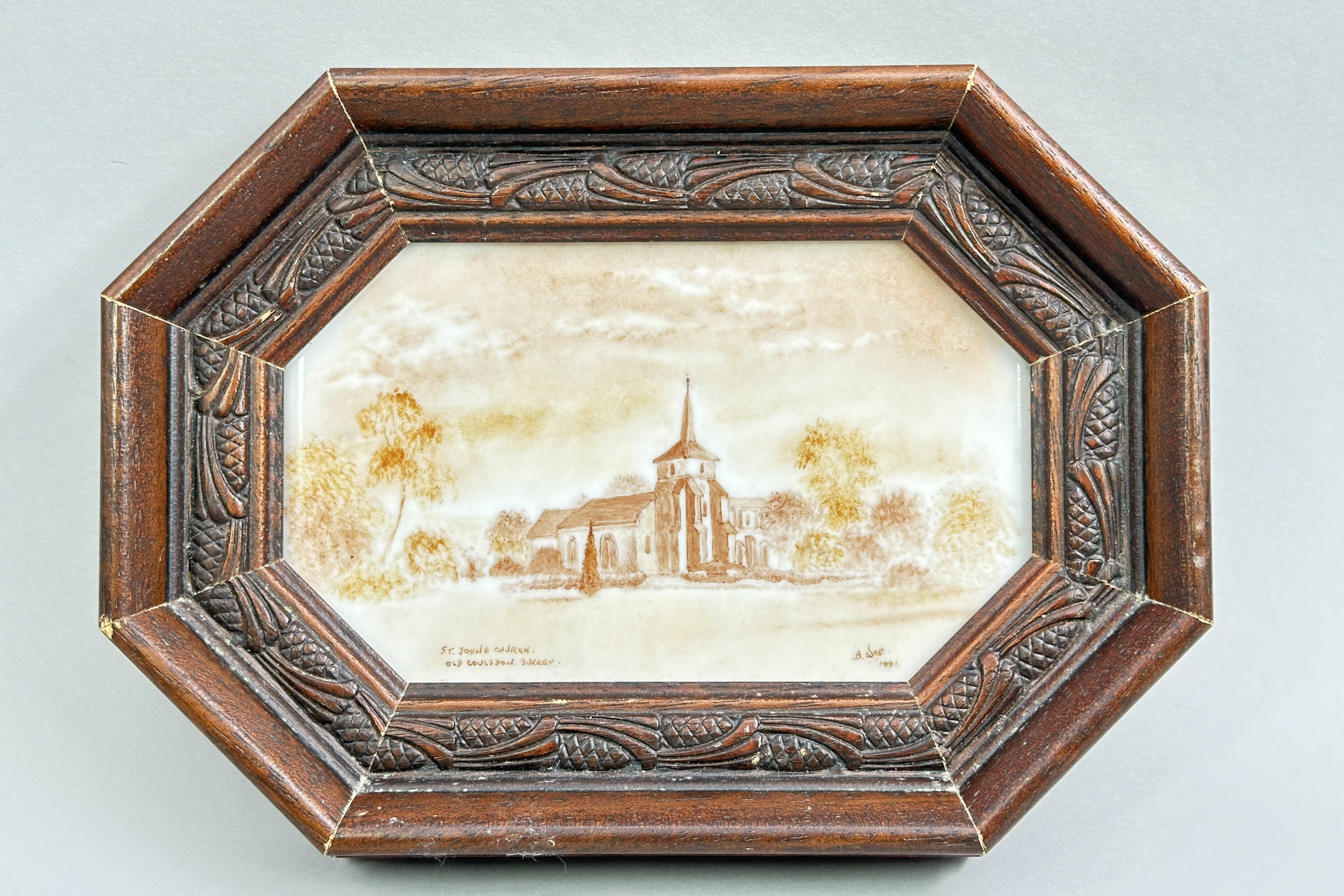
Framed Ceramic Plaque depicting St John’s Church, Old Coulsdon, late C20th
Price: £25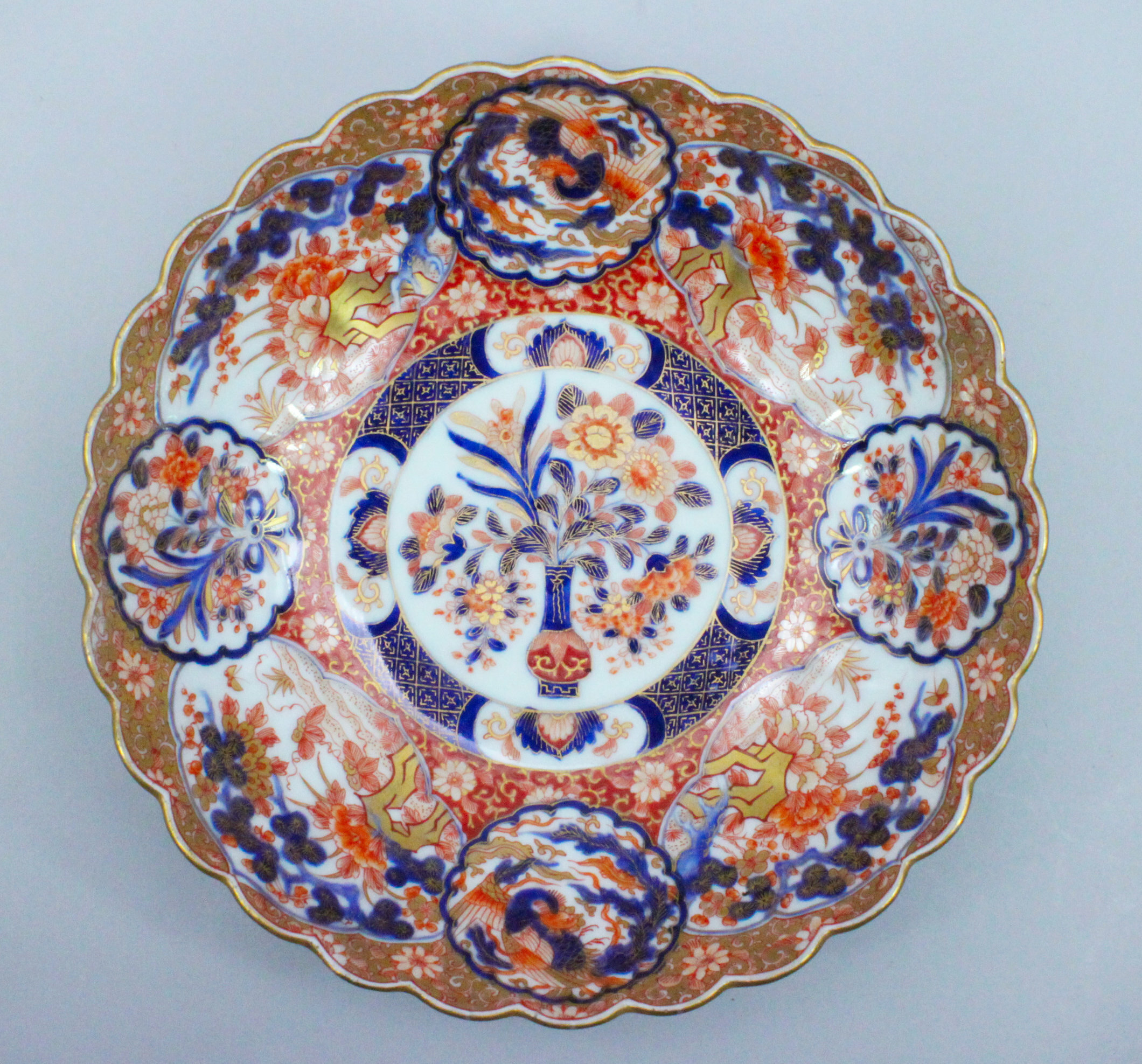
Japanese Fukagawa Imari Bowl, signed, circa 1880
Price: £380The Fukagawa kilns produced the best quality Imari items made in Japan in the late nineteenth century for export to the West. Their history starts with Ezaiemon Fukagawa who in 1856 became head of his family's porcelain business and in 1875 founded Koransha (The Company of the Scented Orchid) in Arita, Japan, to produce tableware for export. In 1894 the modern Fukagawa company was founded by Chuji Fukagawa, with the Fukagawa trade mark of Mount Fuji and a stream, as its trade mark. Dating here is within the Meiji period (1868 - 1912) probably around 1880. This conforms with the script mark used as opposed to the later symbol design.
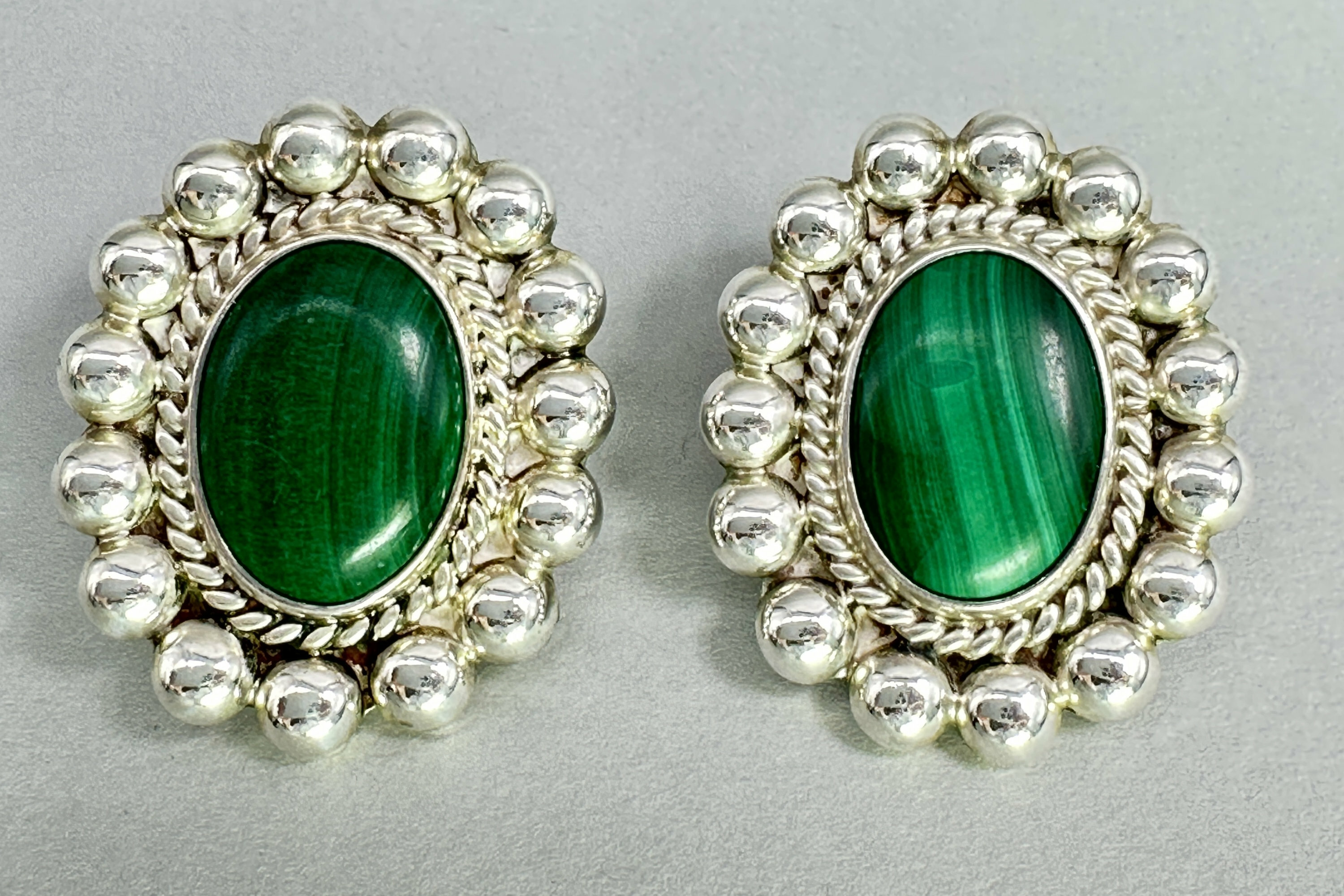
Pair of Taxco Mexican silver earrings, c1980
Price: £75
Unusual Victorian style earrings
Price: £15
Art Deco Whitby Jet Necklace
Price: £50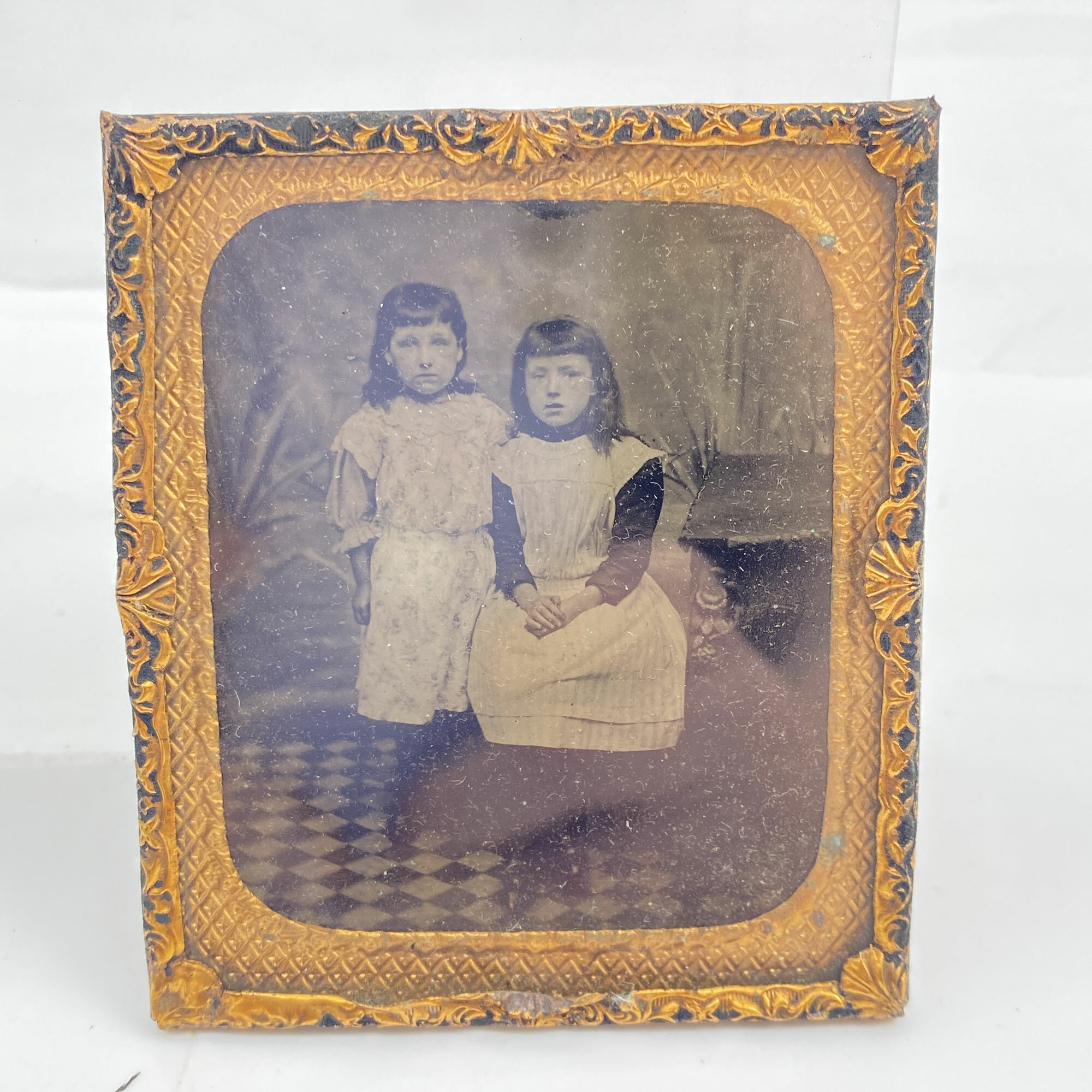
Beautiful small daguerreotype in a frame c. 1850
Price: £25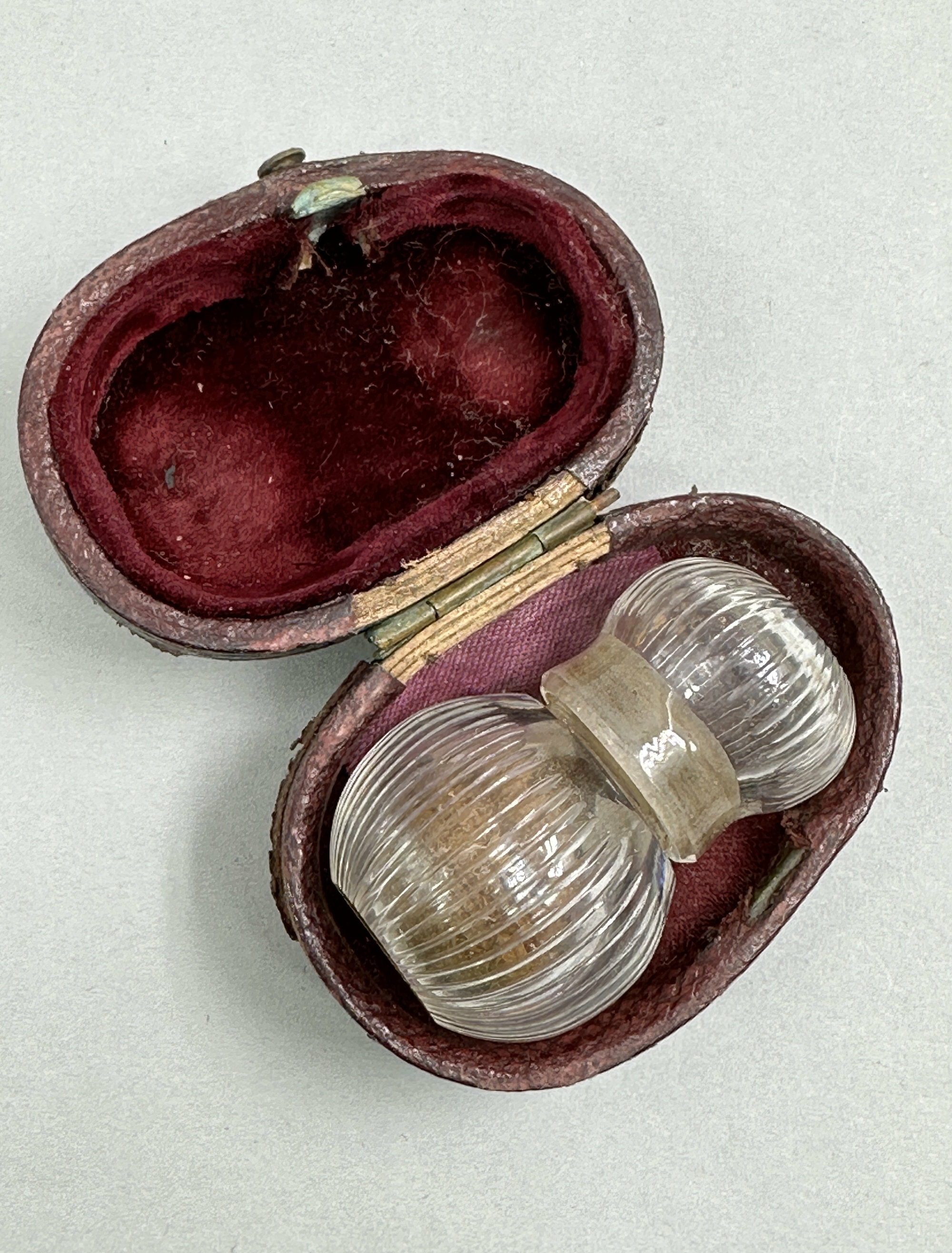
Georgian small glass scent bottle in a fitted Etui case circa 1800
Price: £45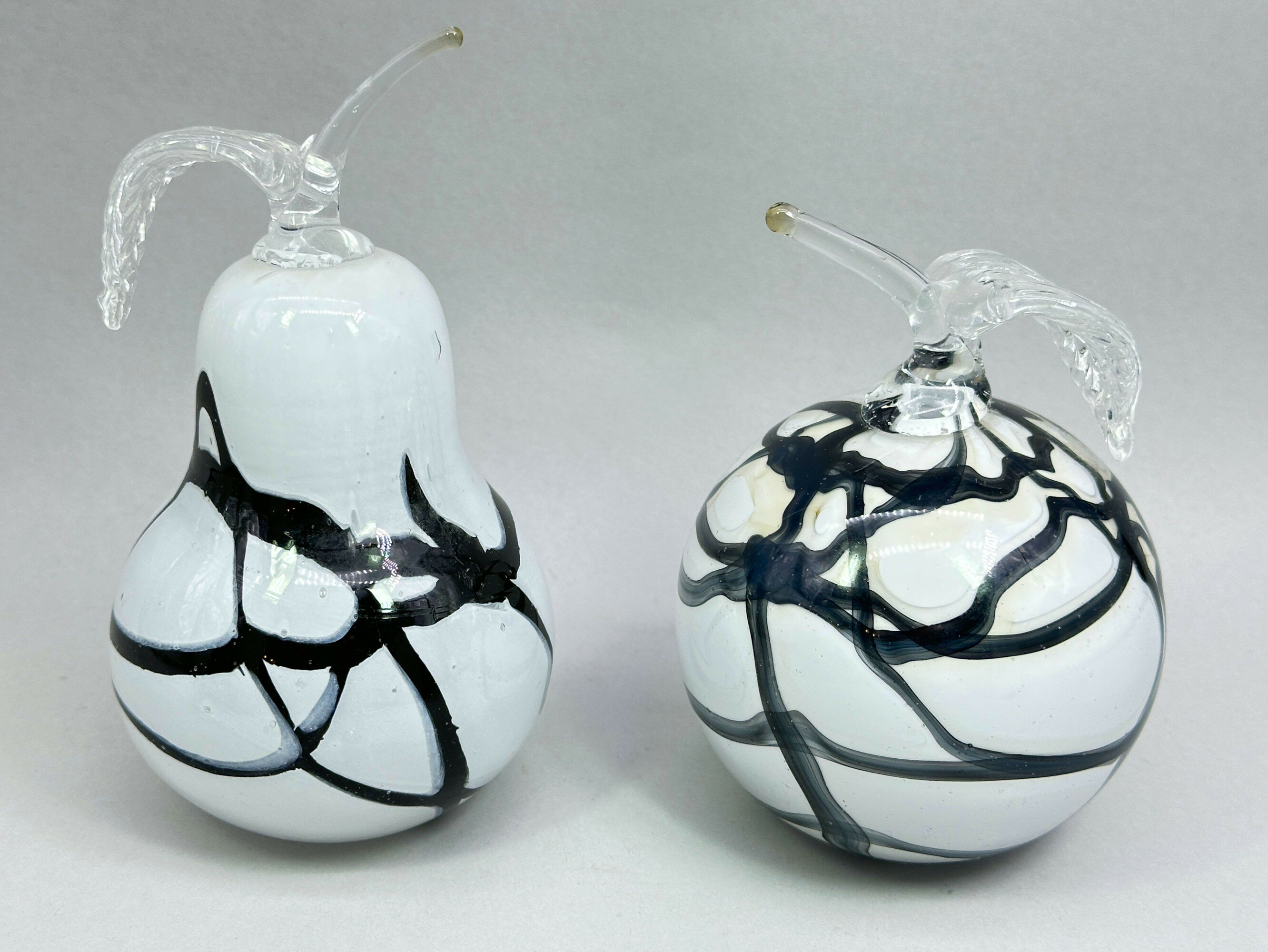
Two Amelia Art Glass Vases, Apple and Pear
Price: £30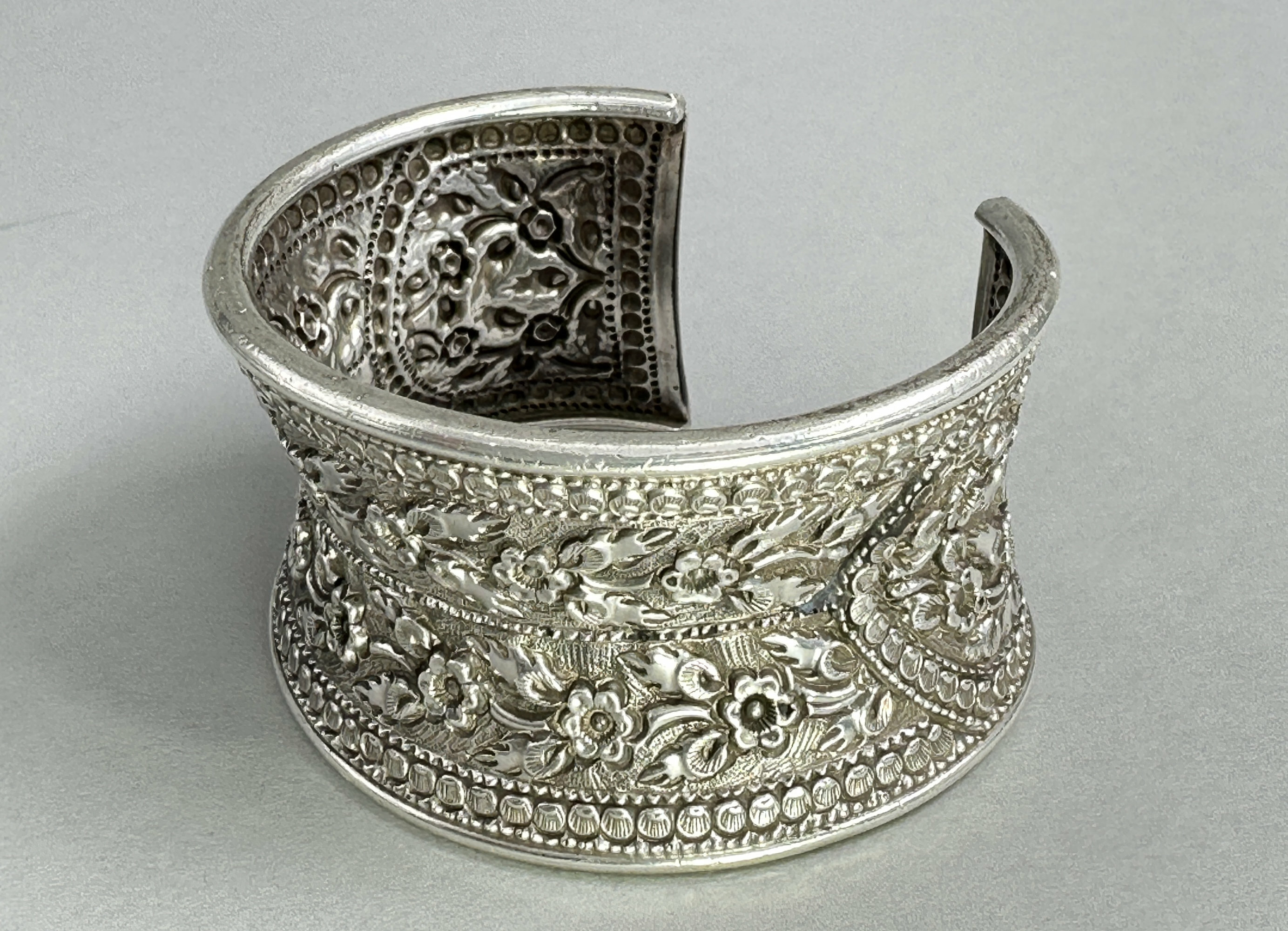
Indian silver repousse cuff bracelet, c1920
Price: £85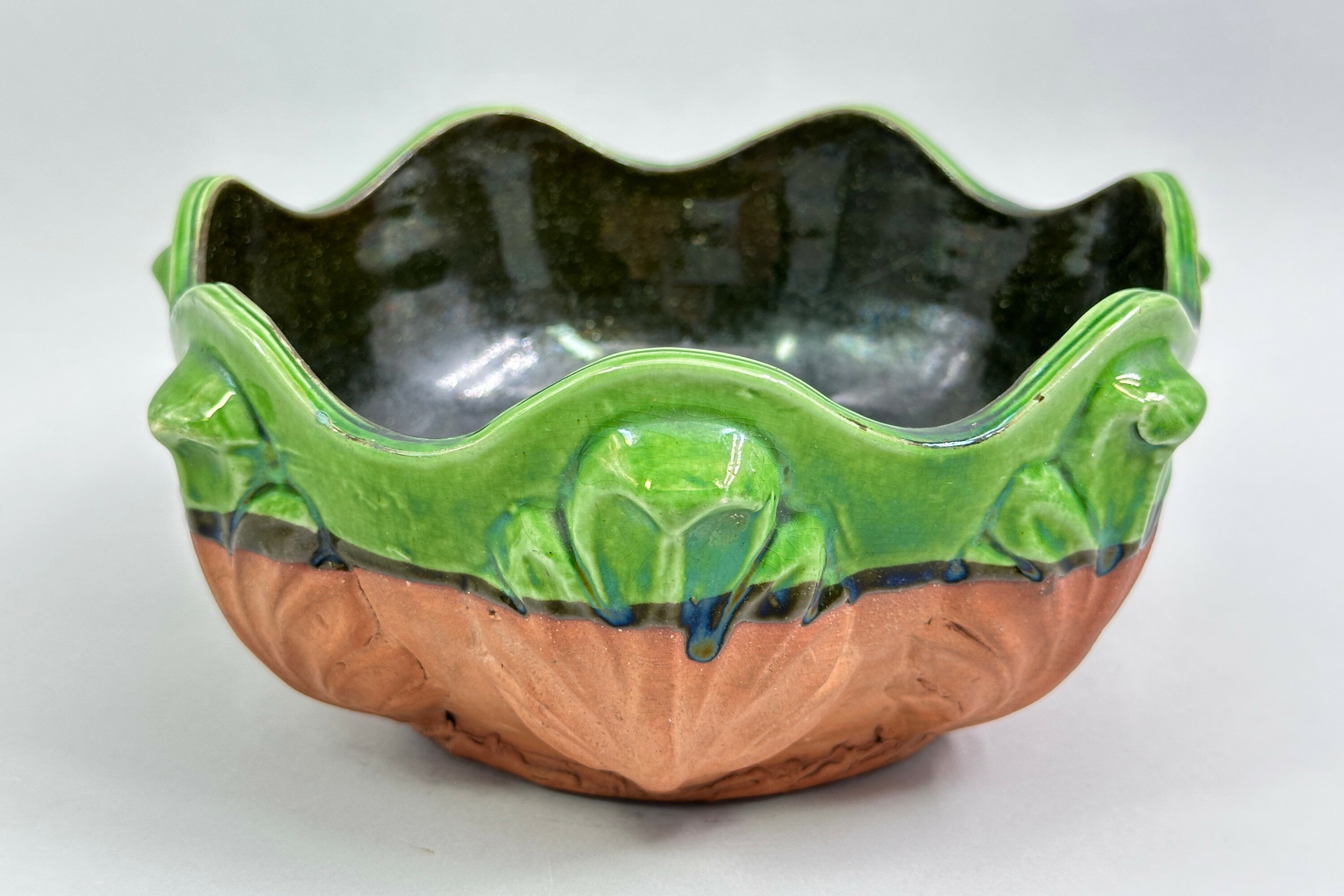
A Brannam Bowl, Barum ware, Terracotta and Glaze, marked C.H.Brannam, circa 1900
Price: £45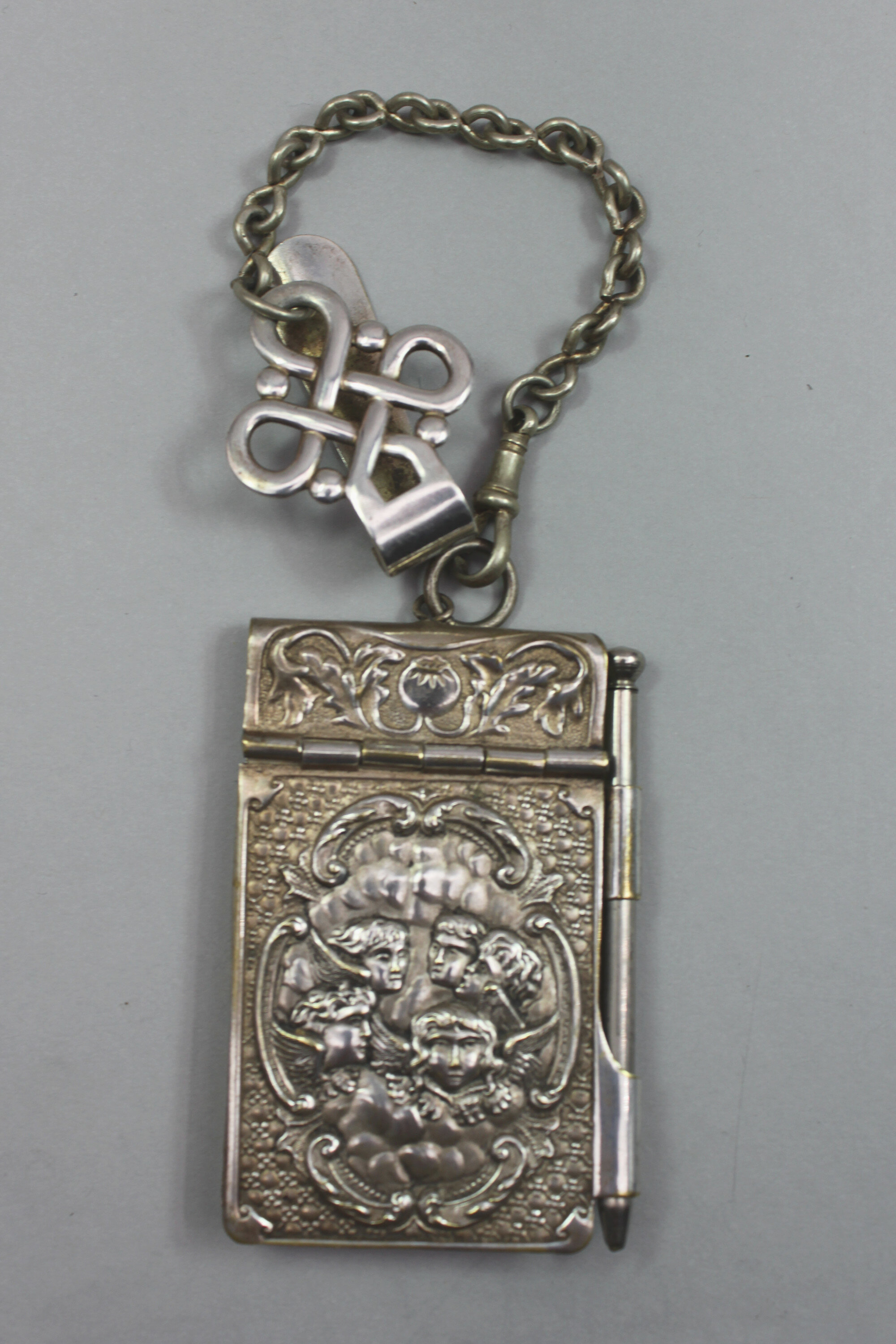
Victorian small note pad for chatelaine
Price: £45
A Celtic or Pictish Brooch decorated with Horses, St Justin of Cornwall, circa 1980
Price: £10Inverurie is a town in Scotland where Pictish carved stones are found in the graveyard dating from the 7th Century. The Picts were a tribe of peoples living in the East and North of Scotland. Little is known of their origins but they were called 'Picts' by the Romans because of their painted and tattooed bodies. The Inverurie horse is the inspiration for this brooch. The actual design of the three horses was created by George Bain (1881-1968) the Scottish artist and teacher, famous for chronicling Celtic Art.
St Justin of Cornwall is well known for the production of 'craft' pieces in a variety of forms and materials. This piece probably dates to the 1980s and certainly cannot be found in their current catalogue.
PLEASE NOTE THAT THERE IS FREE UK SHIPPING ON THIS ITEM. For international buyers the shipping cost will be reduced by the UK shipping cost, so don't worry if you are outside the UK, you still receive this benefit!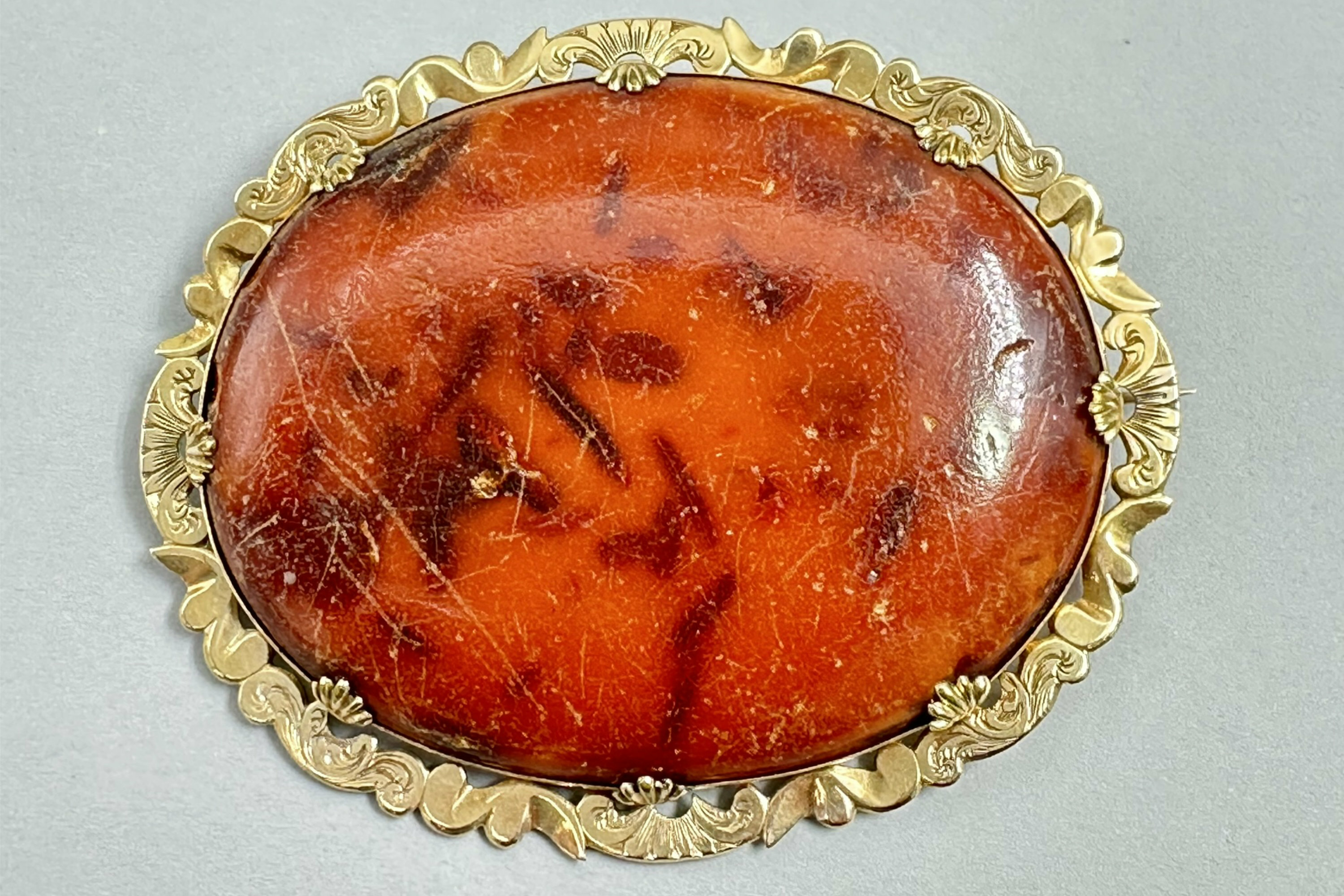
Victorian large 9ct gold brooch set with amber c1900
Price: £200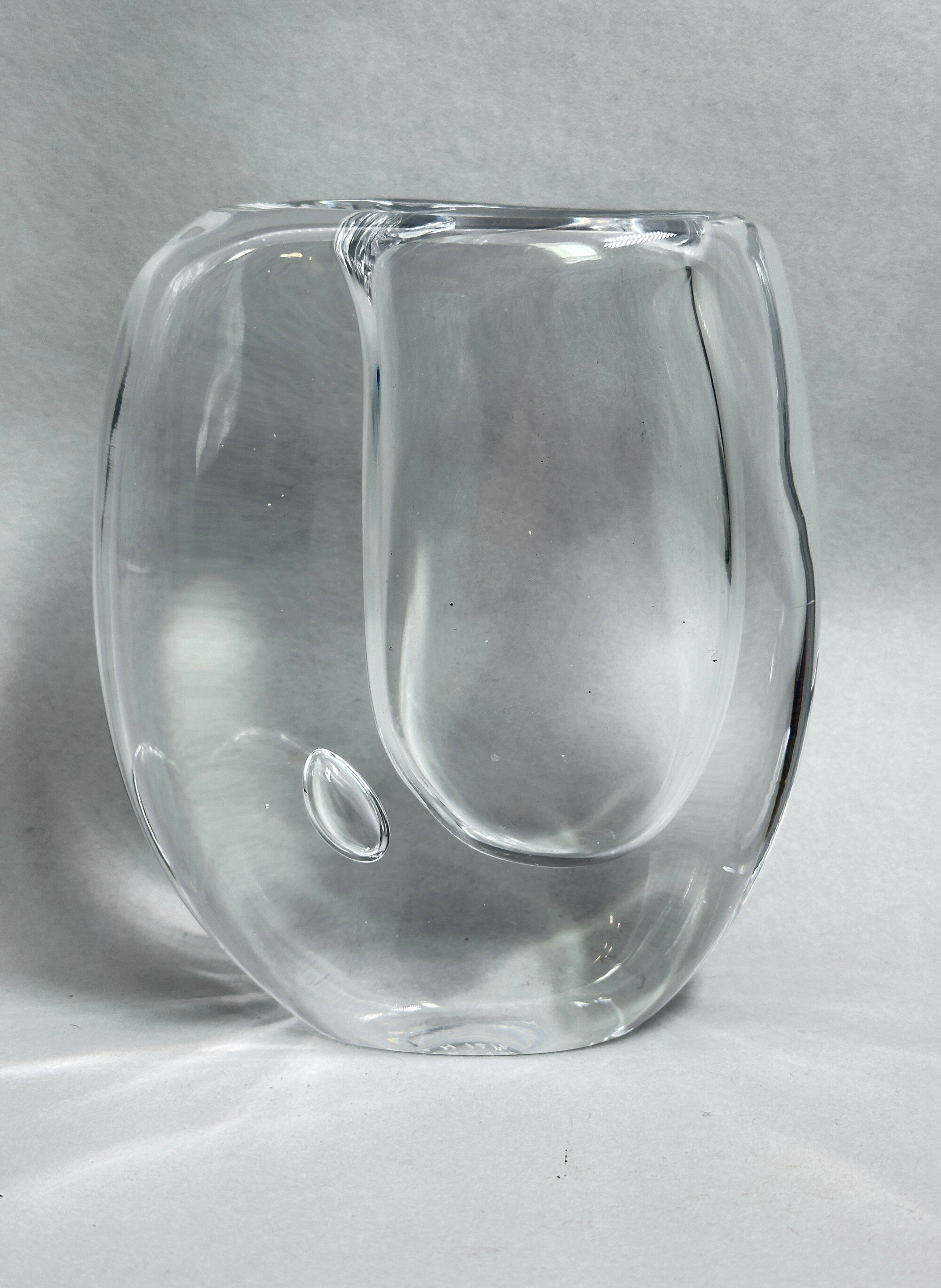
Swedish Kosta Glass Vase designed by Vicke Lindstrand circa 1960
Price: £95
Long Art Deco pinchbeck watch chain with two pendants
Price: £65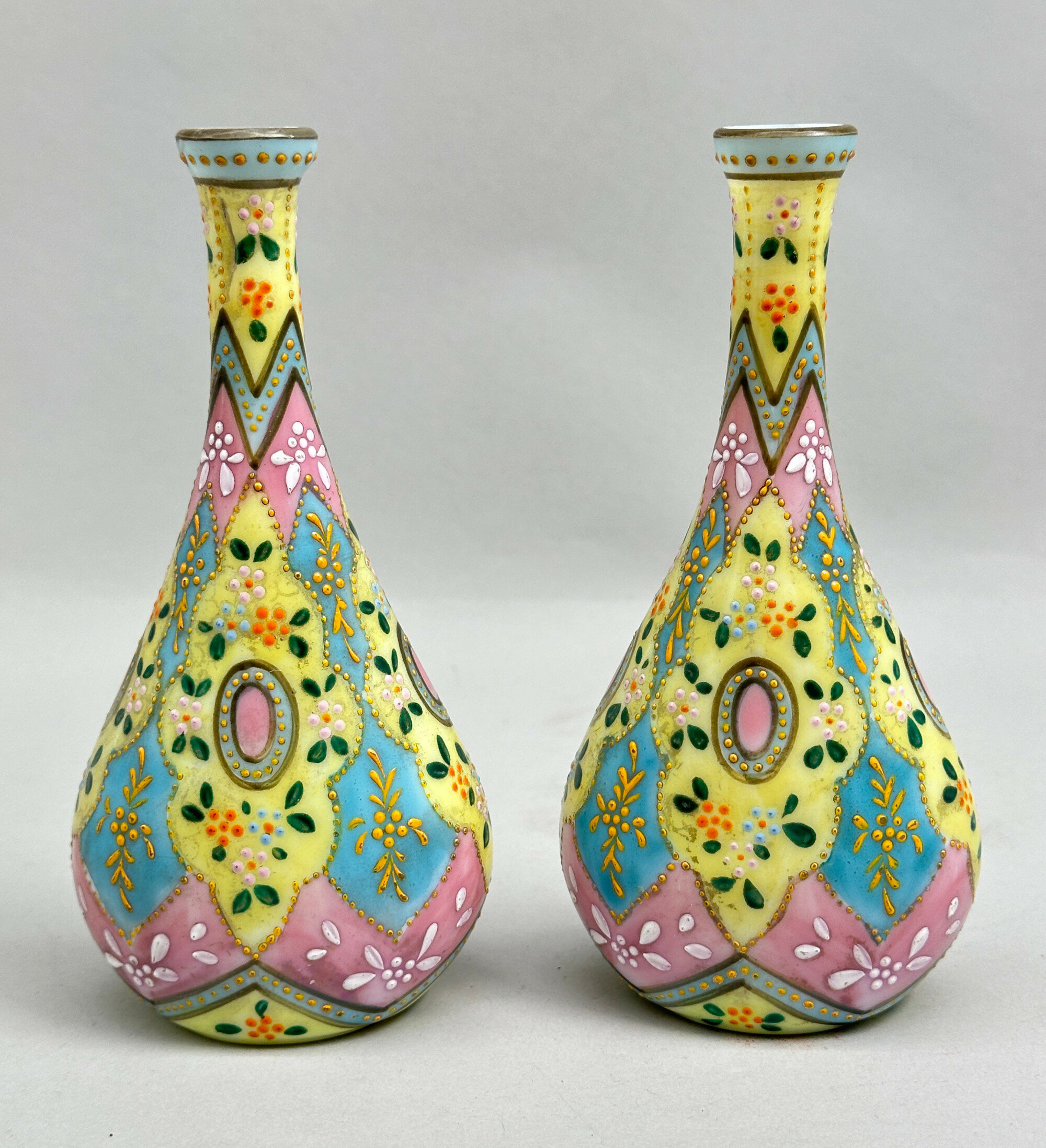
Pair of Bohemian Harrach Glass Vases, Morocco pattern, second half C19th
Price: £95The Harrach glassworks is named after Alois Raimund von Harrach (Count Harrach), on whose estate it was founded in Bohemia, in the early eighteenth century. Managed at first by one Elias Muller, the firm traded under a variety of names becoming known as Harrach in the nineteenth century and Harrachov, the name eventually given to the town where the factory was situated, in the twentieth. These opulent vases were a popular part of its range in the nineteenth century, the pattern being produced in a variety of similar shapes and always as shelf ornament pieces. The decoration here is particularly lavish with an attractive use of colour and has survived in excellent condition making these a desirable addition for collectors of Bohemian glass or admirers of nineteenth century glass style generally.
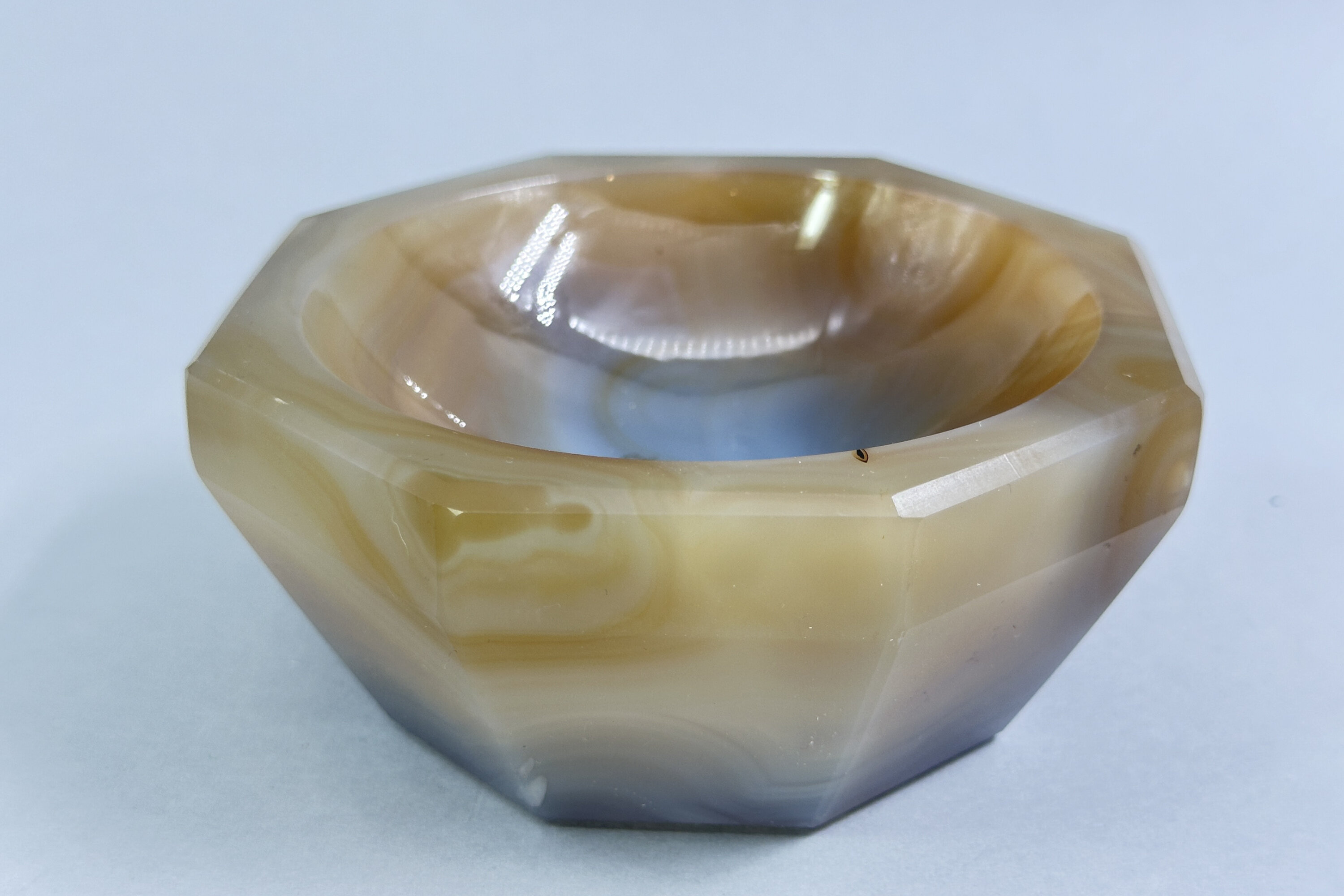
Octagonal Agate Mortar Bowl, C20th
Price: £25